Anatomy and Physiology- Tissues
1/93
There's no tags or description
Looks like no tags are added yet.
Name | Mastery | Learn | Test | Matching | Spaced |
|---|
No study sessions yet.
94 Terms
Tissues
Groups of cells that are similar in structure and function
Nervous Tissue
responsible for internal communication; neurons and neuroglia; contains brain, spinal cord, and nerves
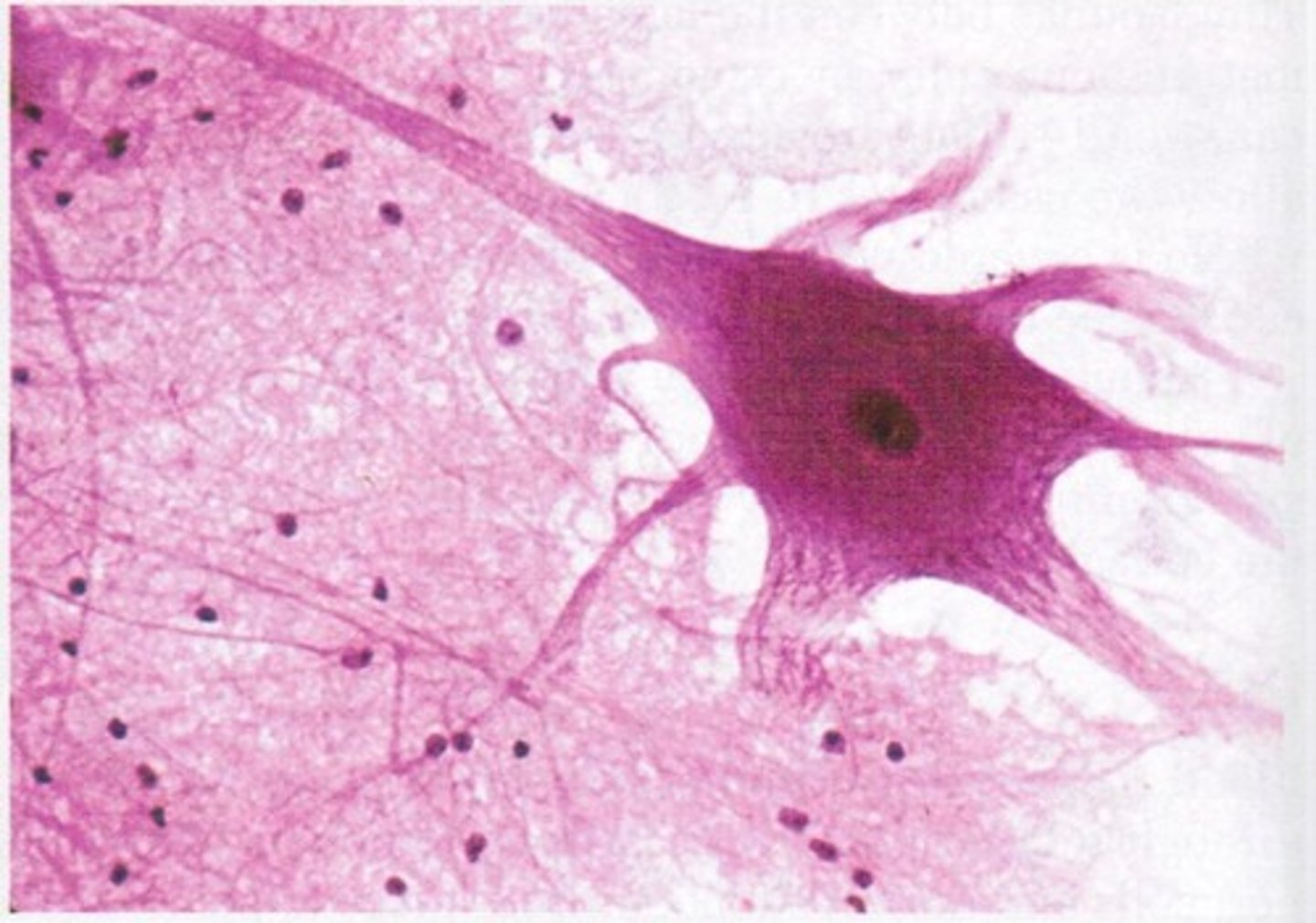
Muscle Tissue
A body tissue that contracts or shortens, making body parts move; has cardiac, skeletal, and smooth muscles
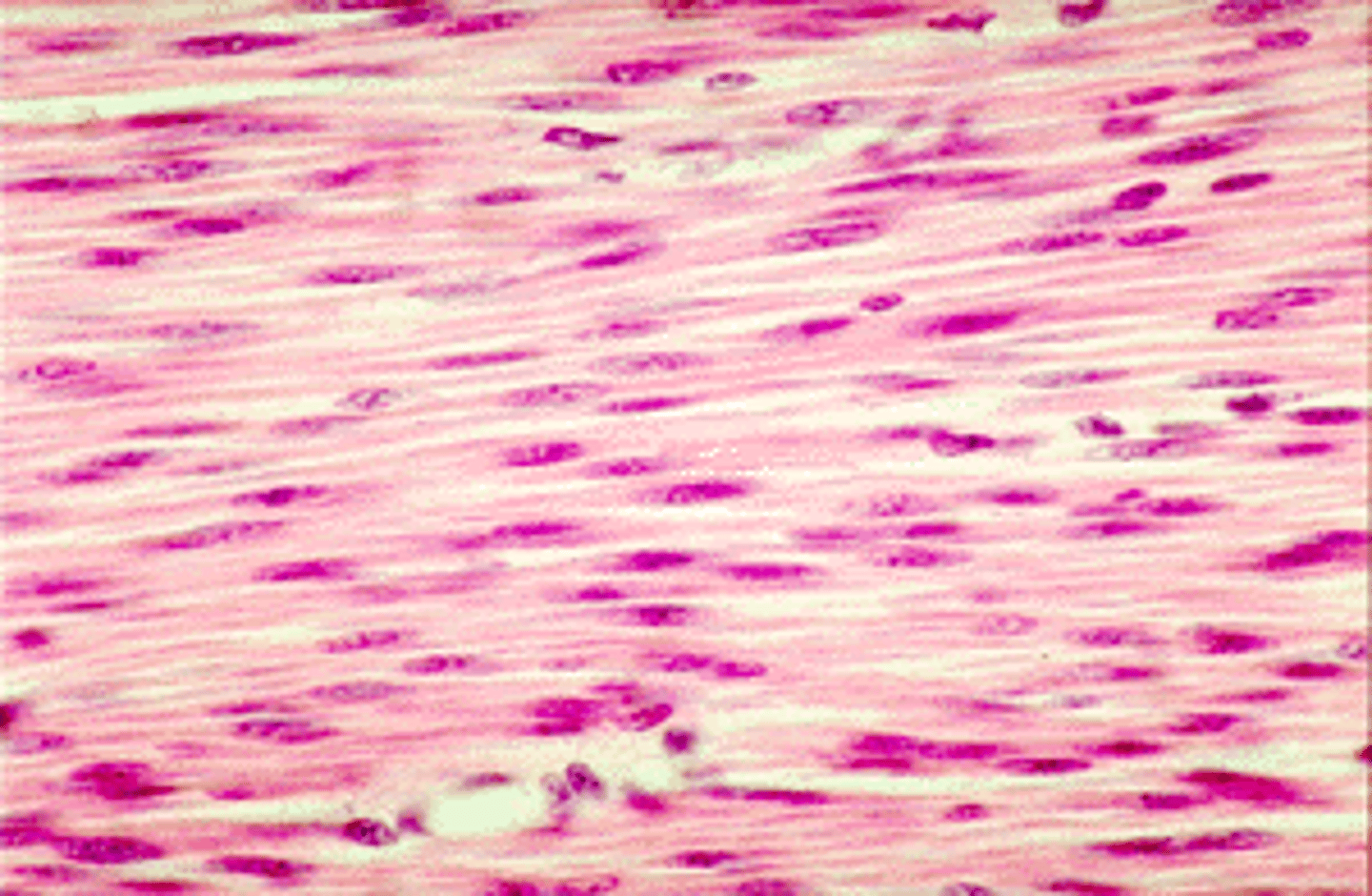
Epithelial Tissue
Tissue that forms boundaries between different environments, protects, secretes, absorbs, and filters; located in glands, skin surface, and lining of hollow organs
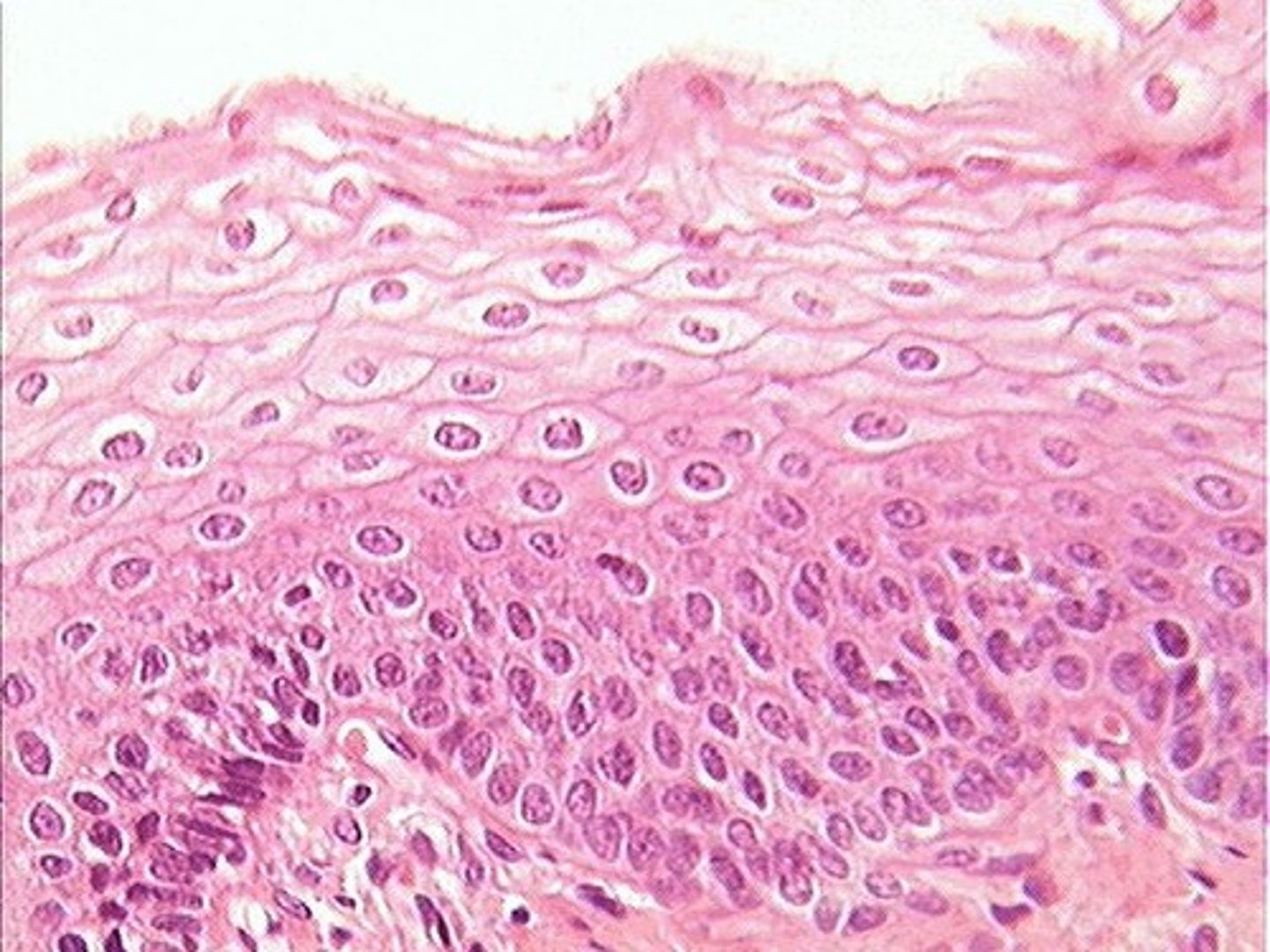
Connective Tissue
supports, protects, binds other tissues together; locations can be bones, tendons, and fat/padding tissue

Epithelial tissue types
a. simple squamous epithelium
b. simple cuboidal epithelium
c. simple columnar epithelium
d. stratified squamous epithelium
e. stratified cuboidal epithelium
f. stratified columnar epithelium
g. transitional epithelium
h. pseudostratified epithelium
i. glandular epithelium
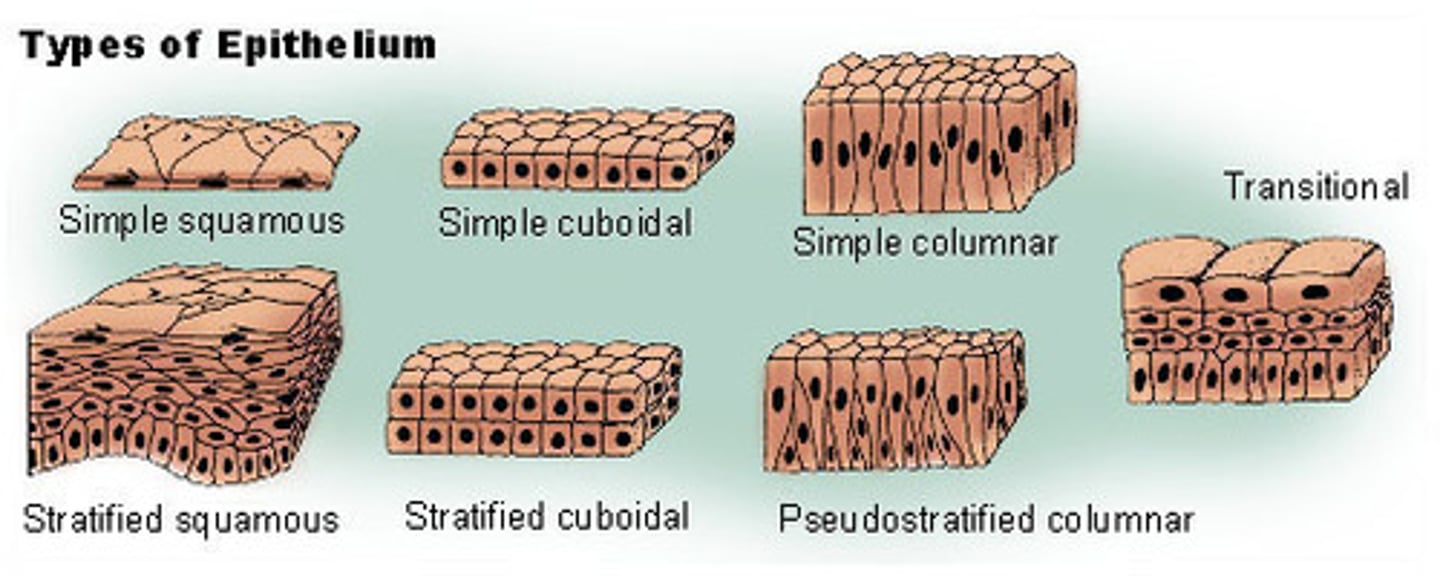
simple squamous epithelium (description)
single layer of flattened cells with disc-shaped central nuclei and sparse cytoplasm; the simplest of the epithelia
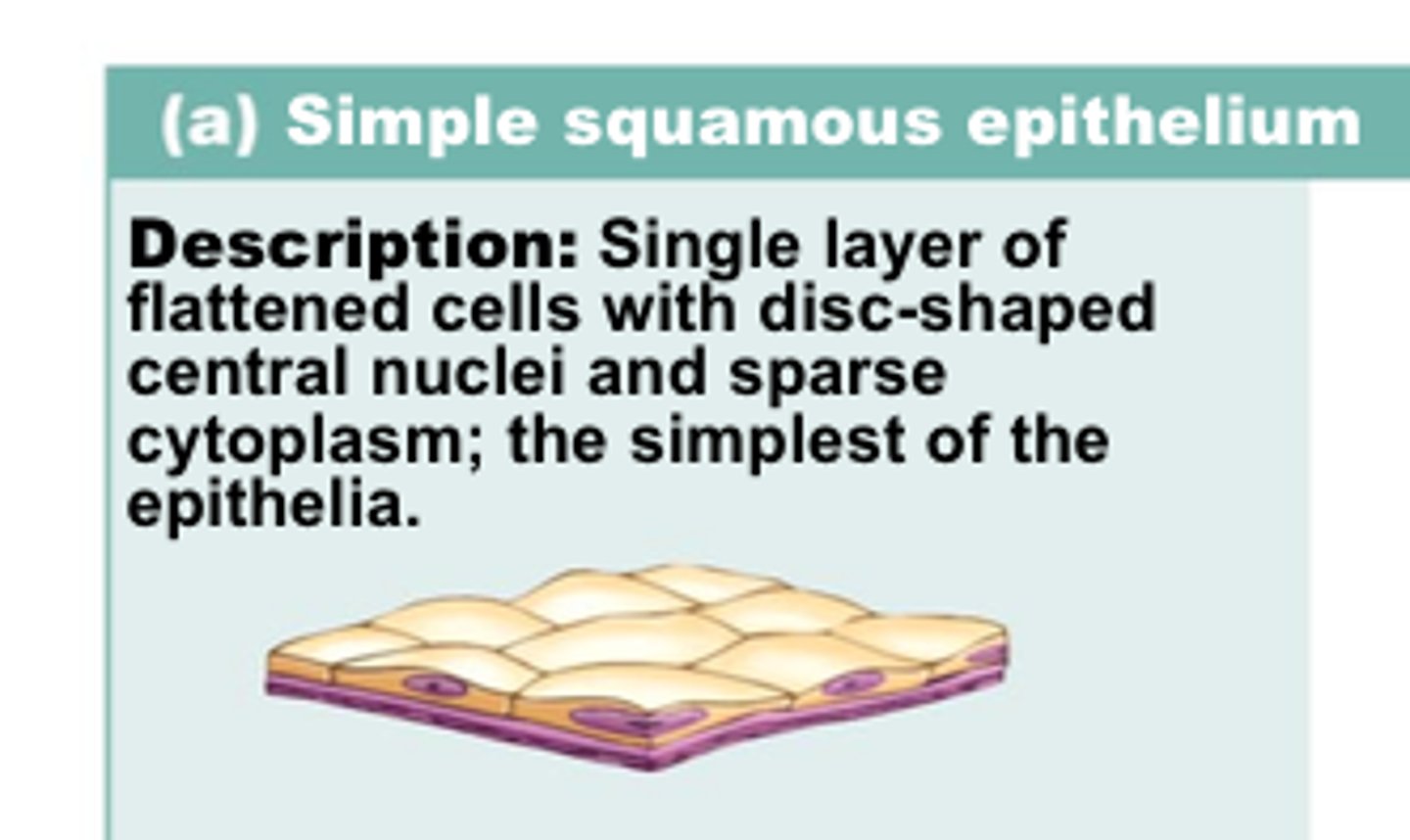
simple squamous epithelium (function)
allows materials to pass by diffusion and filtration in sites where protection is not important; secretes lubricating substances in serosae
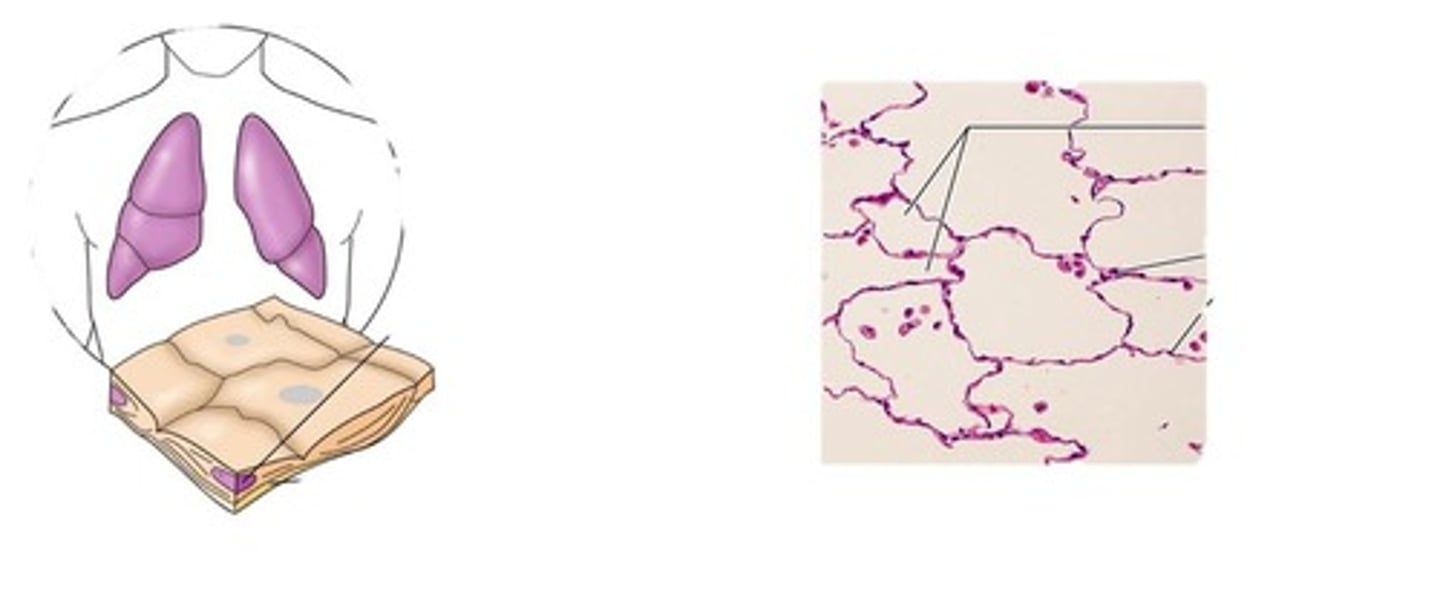
simple squamous epithelium (locations)
Kidney glomeruli; air sacs of the lungs; lining of heart, blood vessels and lymphatic vessels; lining of ventral body cavity (serosae)
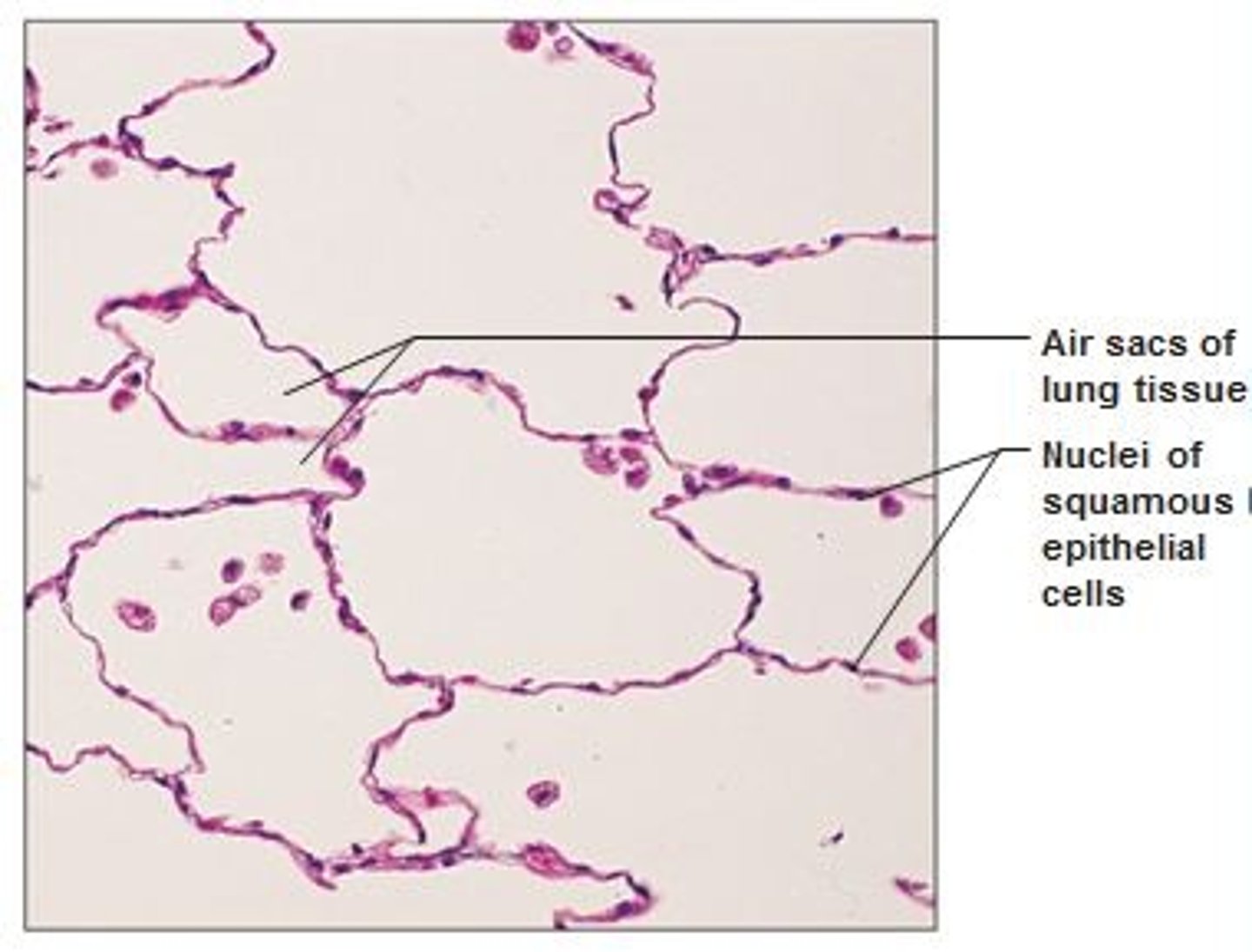
simple cuboidal epithelium (description)
single layer of cubelike cells with large, spherical central nuclei
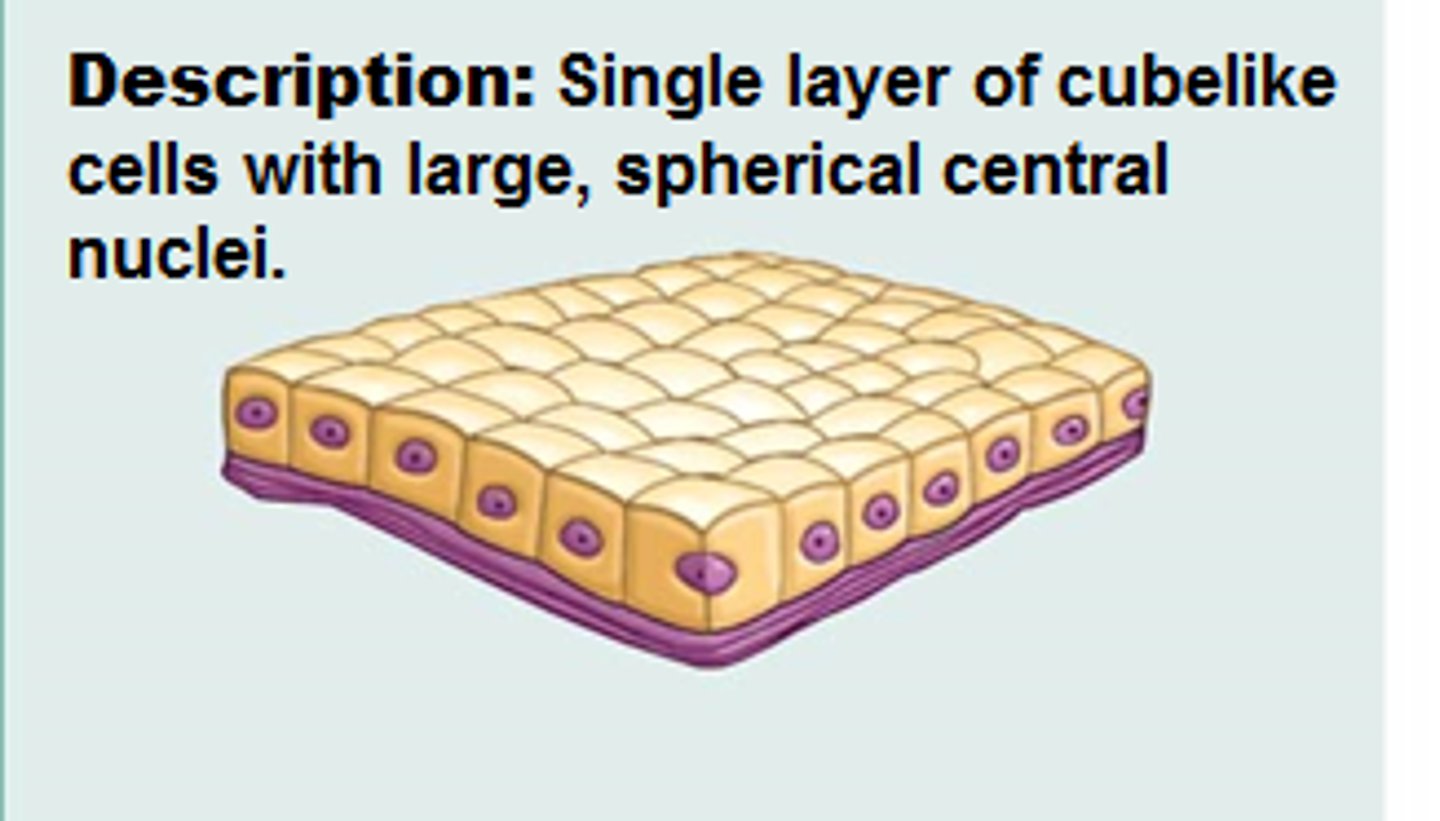
simple cuboidal epithelium (function)
secretion and absorption
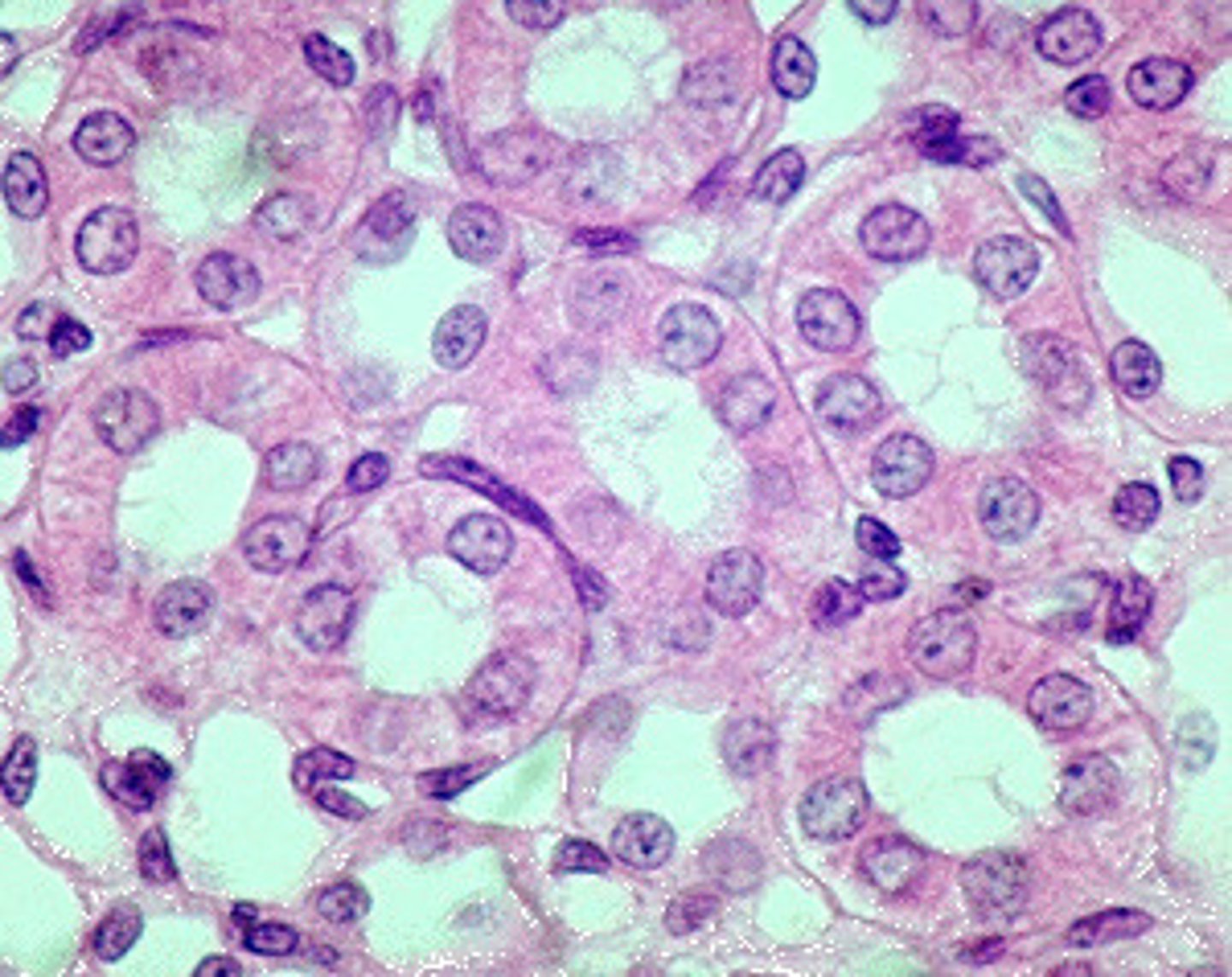
simple cuboidal epithelium (locations)
Kidney tubules; ducts and secretory portions of small glands; ovary surface

simple columnar epithelium (description)
single layer of tall cells with round to oval nuclei; some cells bear cilia; layer may contain mucus-secreting unicellular glands (goblet cells)
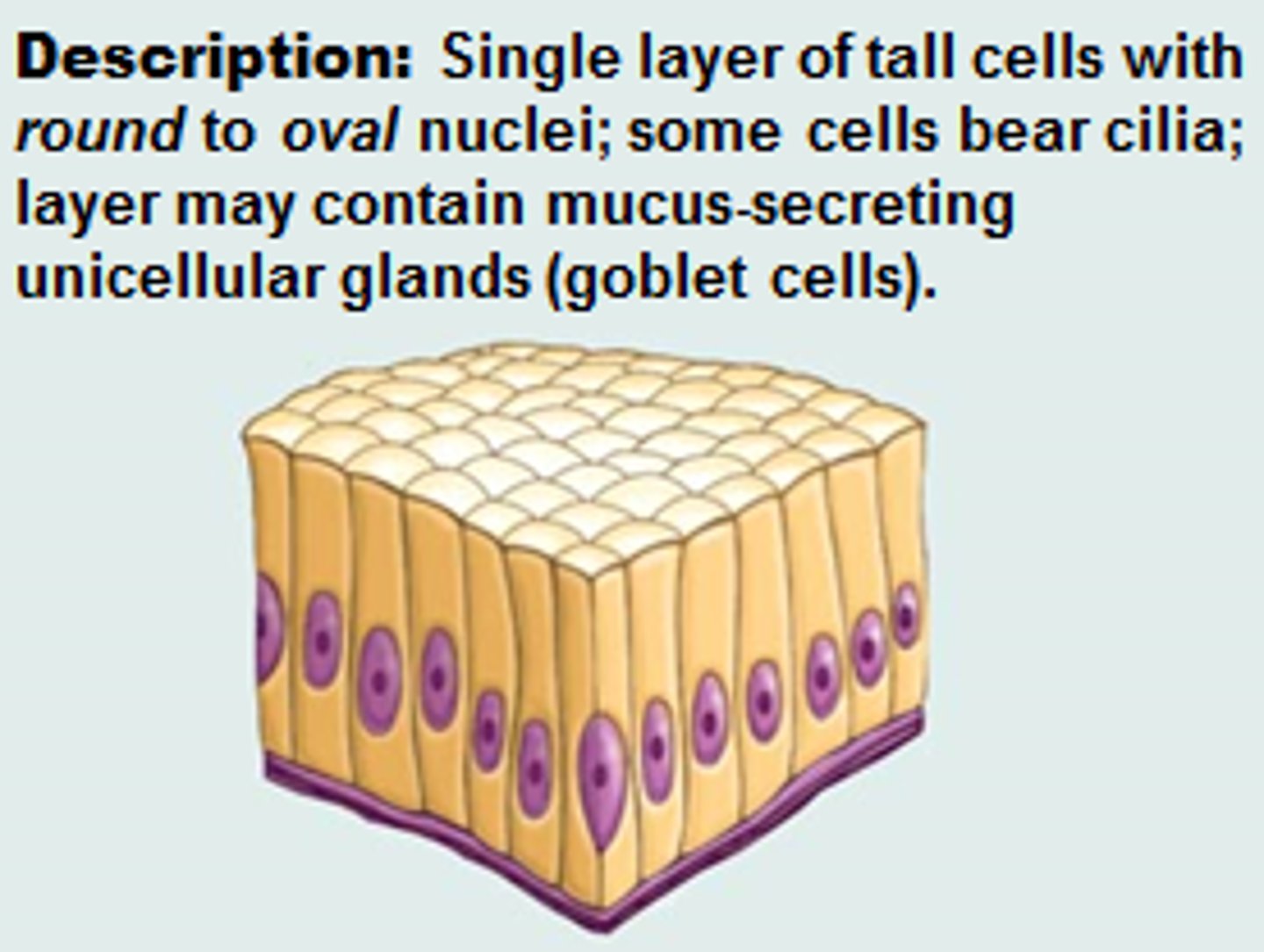
simple columnar epithelium (function)
absorption; secretion of mucus, enzymes, and other substances; ciliated type propels mucus (or reproductive cells) by ciliary action
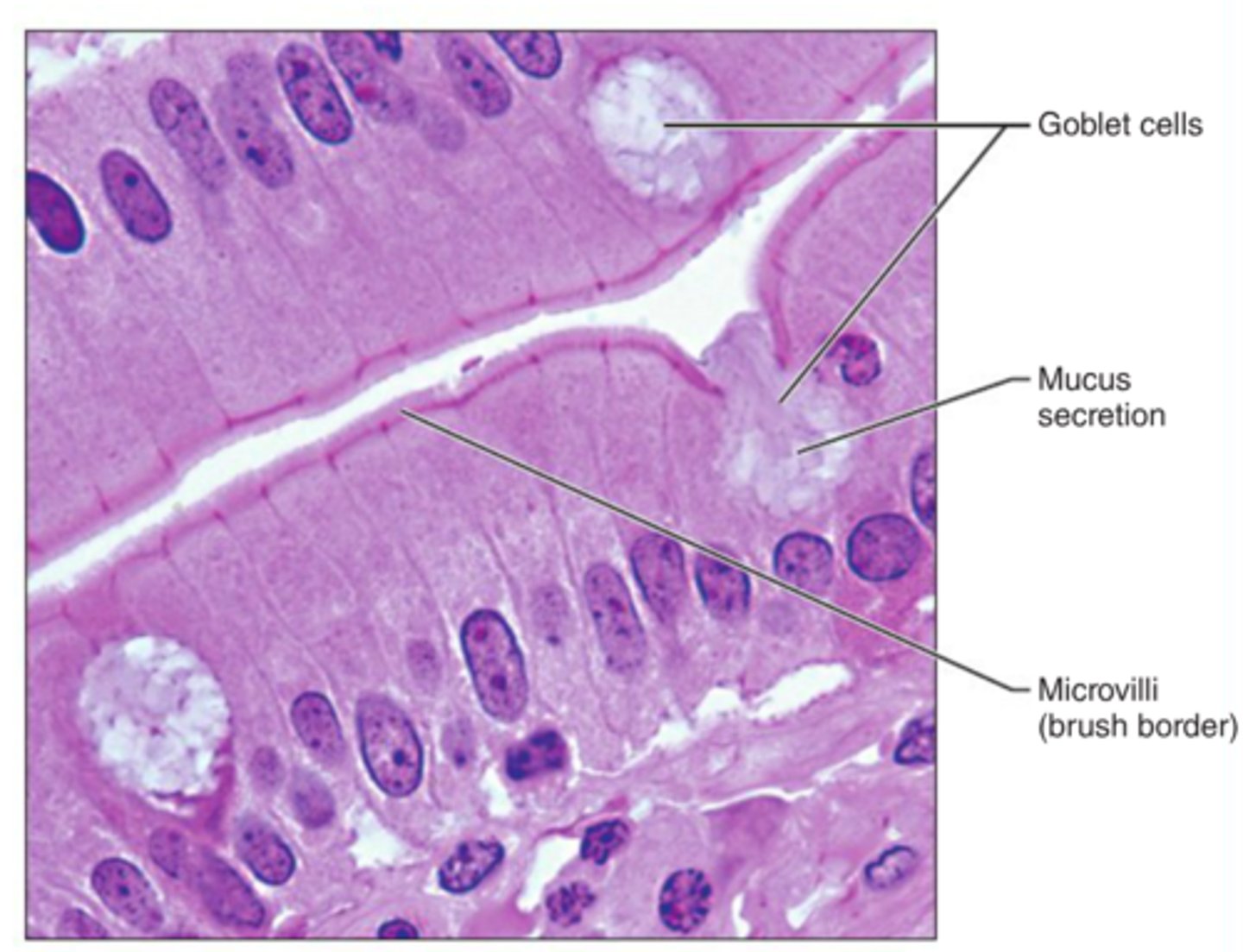
simple columnar epithelium (locations)
Lining of stomach, intestine, gallbladder, uterine tubes, and collecting ducts of kidneys

pseudostratified columnar epithelium (description)
single layer of cells of differing heights, some not reaching the free surface; nuclei seen at different levels; may contain mucus-secreting cells and bear cilia
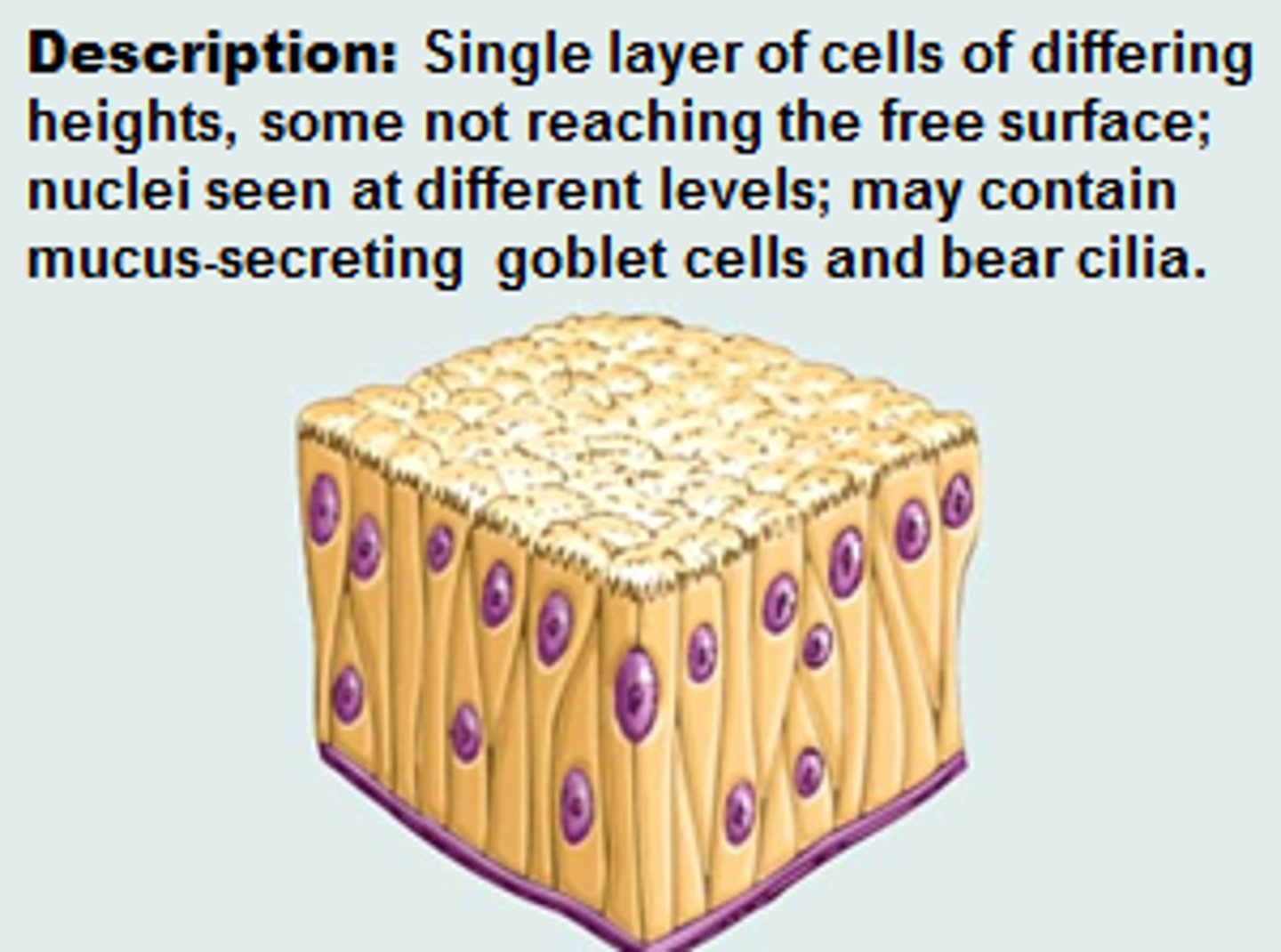
pseudostratified columnar epithelium (function)
secrete substances, particularly mucus; propulsion of mucus by ciliary action
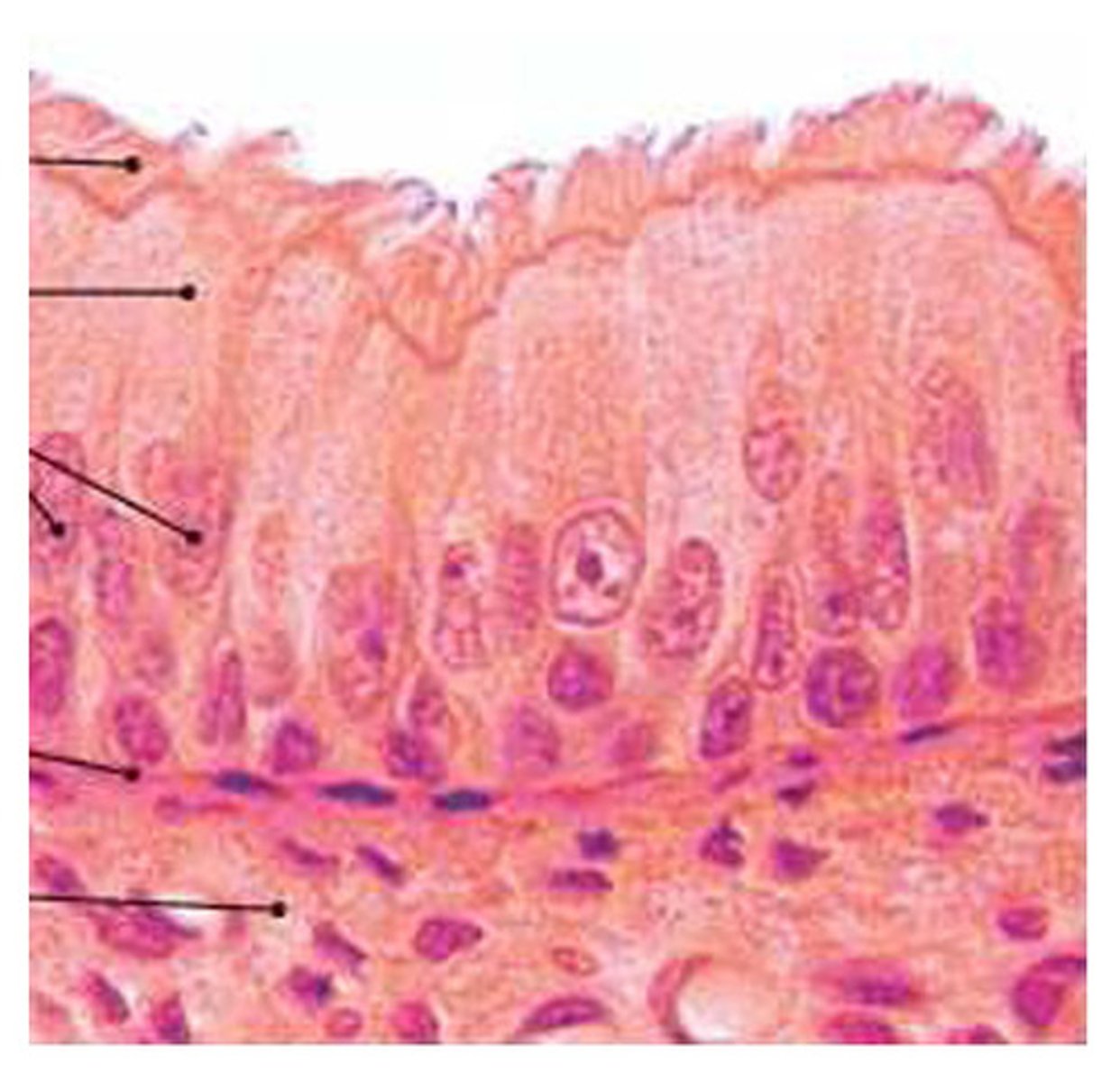
pseudostratified columnar epithelium (location)
nonciliated type in male's sperm-carrying ducts and ducts of large glands; ciliated variety lines the trachea, most of the upper respiratory tract

stratified squamous epithelium (description)
thick membrane composed of several cell layers; basal cells are cuboidal or columnar and metabolically active; surface cells are flattened (squamous); in the keratinized type, the surface cells are full of keratin and dead; basal cells are active in mitosis and produce the cells of the more superficial layers
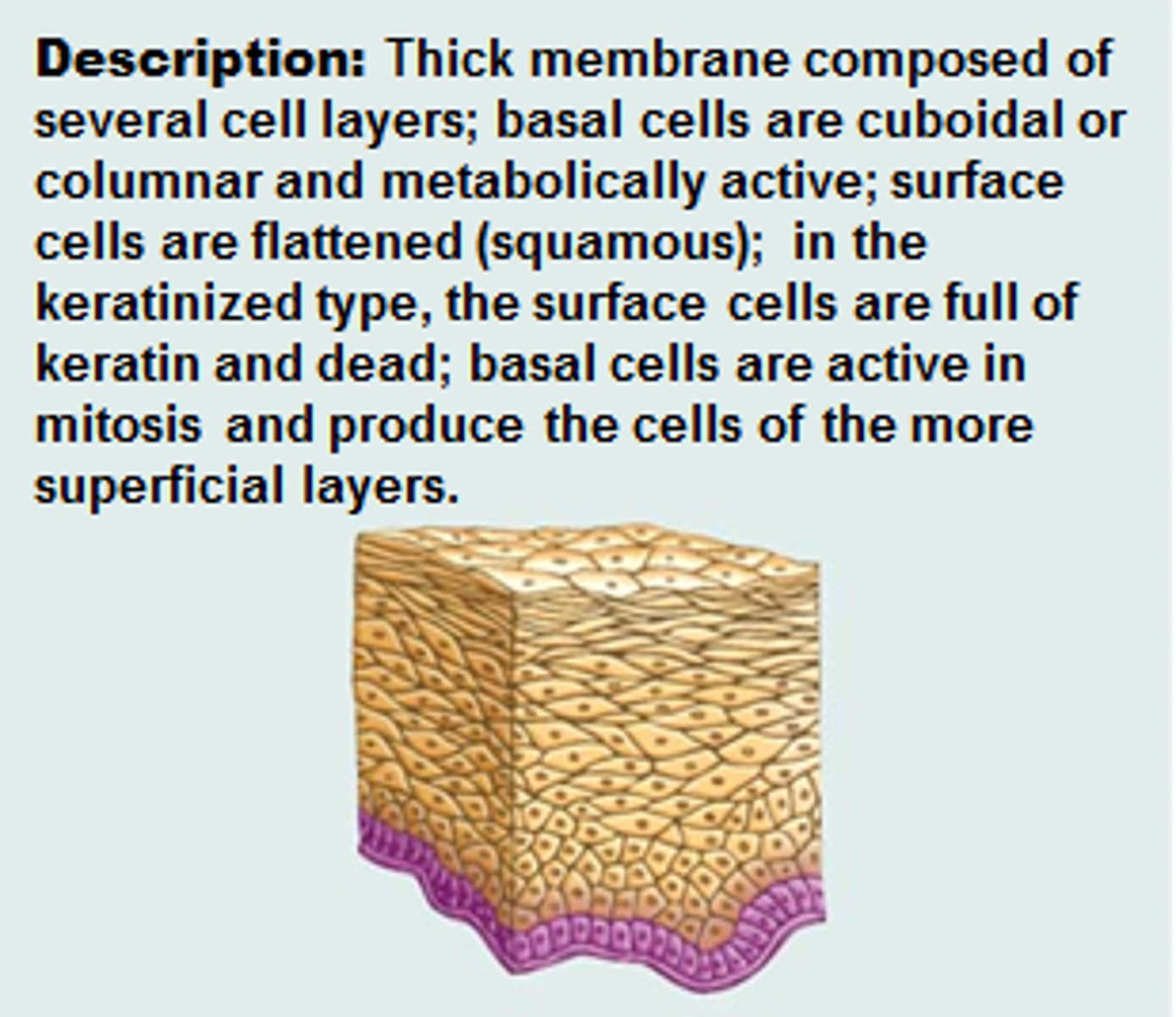
stratified squamous epithelium (function)
protects underlying tissues in areas subjected to abrasion

stratified squamous epithelium (location)
nonkeratinized type forms the moist linings of the esophagus, mouth, and vagina; keratinized variety forms the epidermis of the skin, a dry membrane
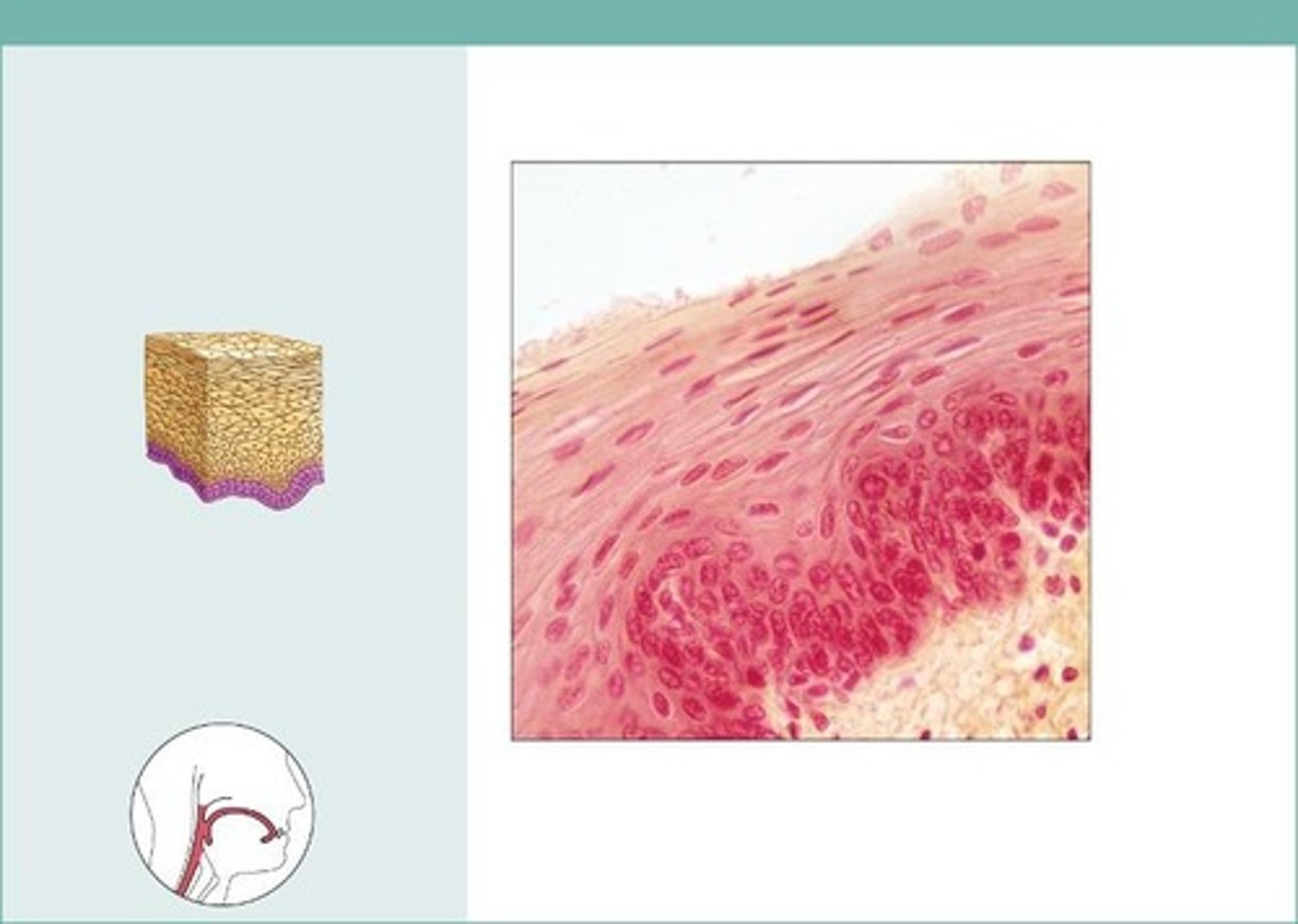
transitional epithelium (description)
resembles both stratified squamous and stratified cuboidal; basal cells cuboidal or columnar; surface cells dome shaped or squamouslike, depending on degree of organ stretch
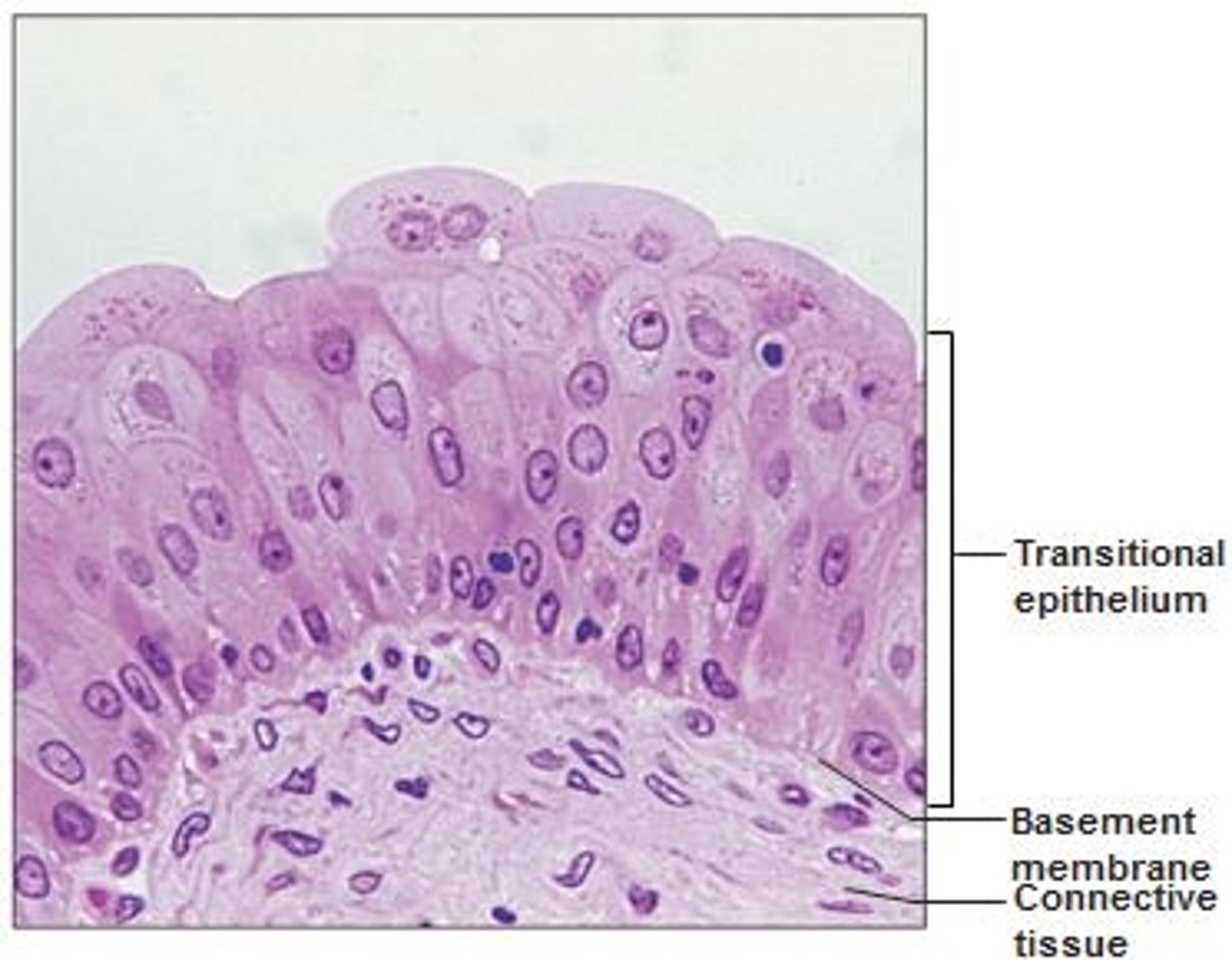
transitional epithelium (function)
stretches readily and permits distension of urinary organ by contained urine
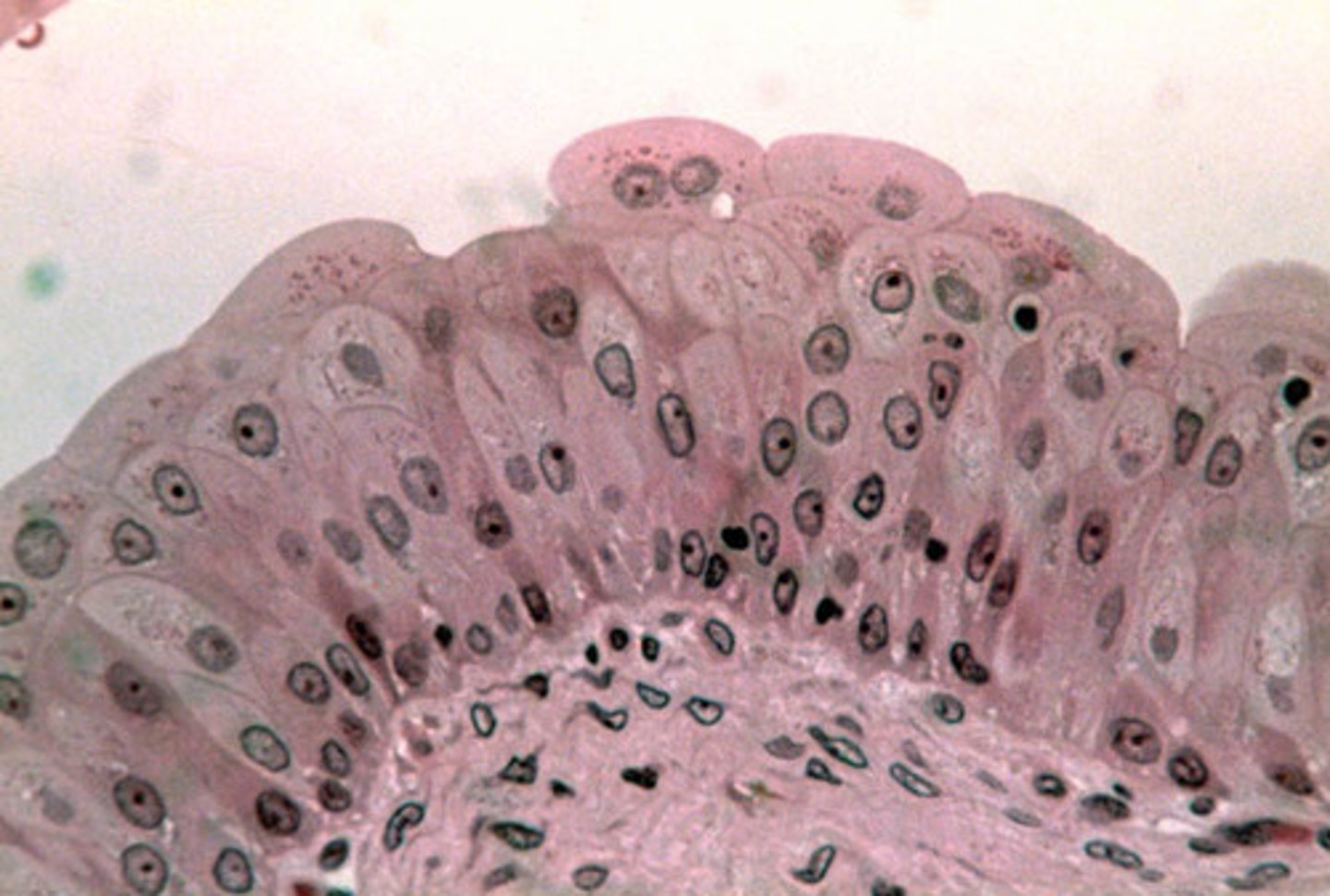
transitional epithelium (location)
lines the ureters, urinary bladder, and part of the urethra

stratified cuboidal epithelium (description)
generally two layers of cubelike cells
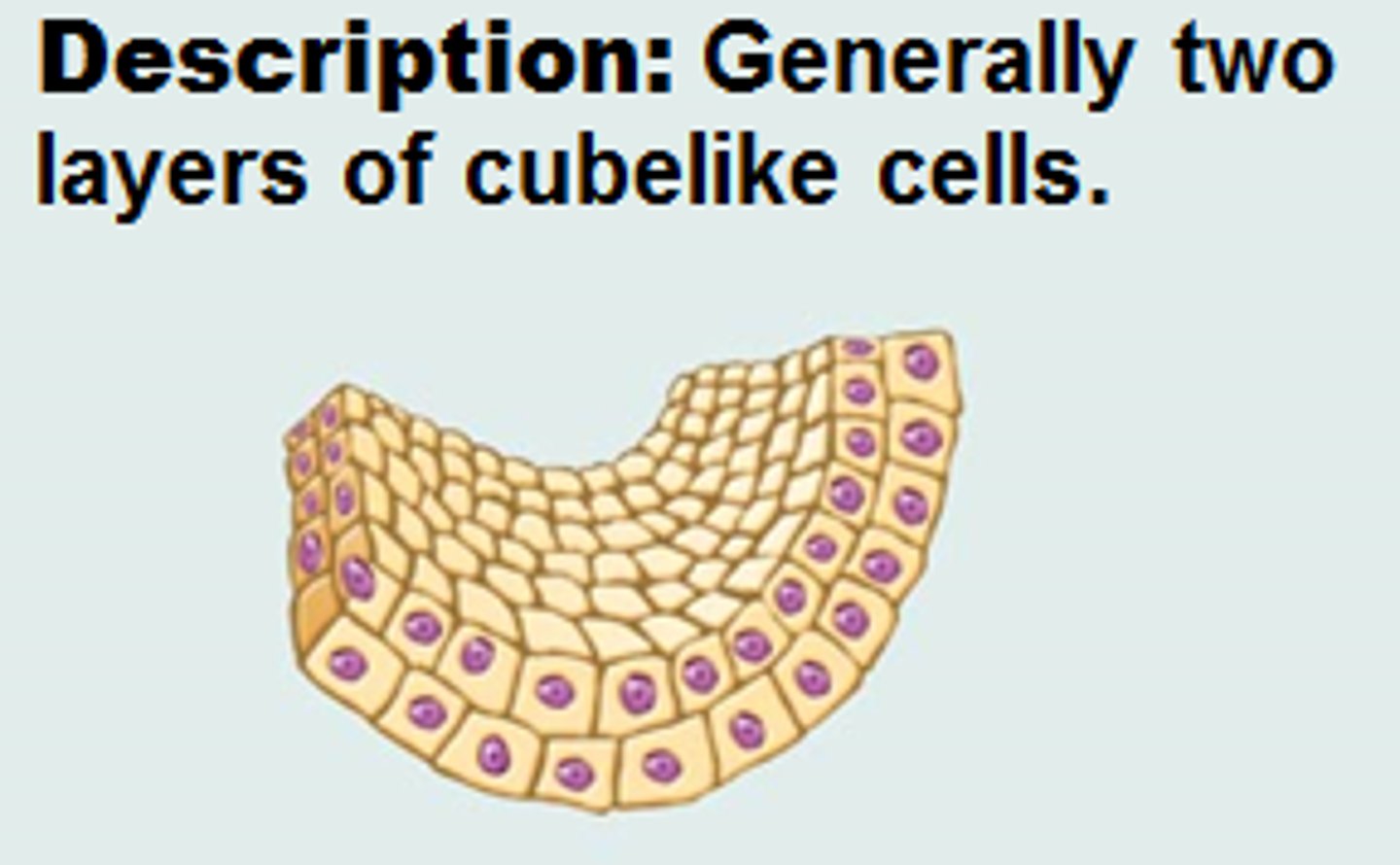
stratified cuboidal epithelium (function)
protection

stratified cuboidal epithelium (location)
Largest ducts of sweat glands, mammary glands, and salivary glands
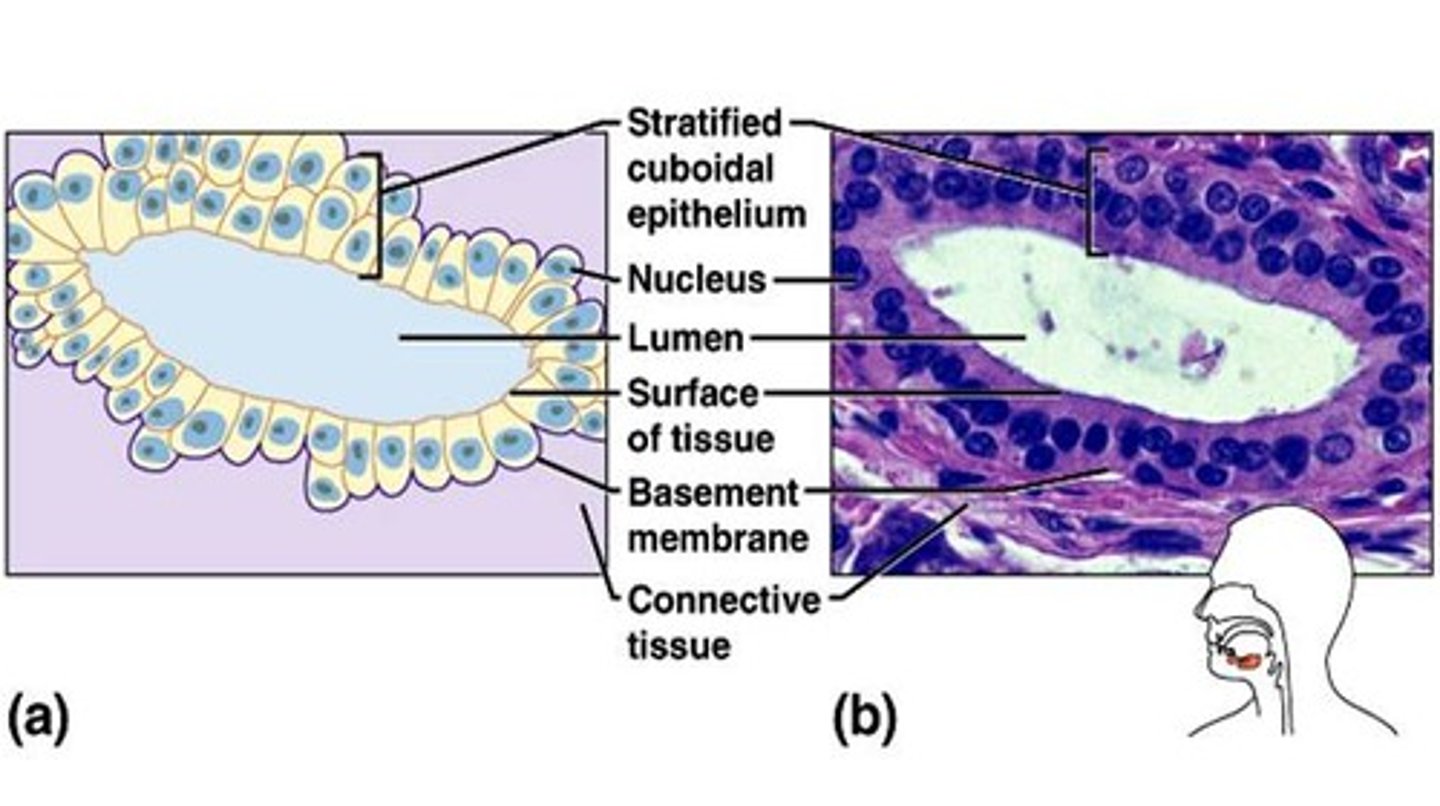
stratified columnar epithelium (description)
several cell layers; basal cells usually cuboidal; superficial cells elongated and columnar
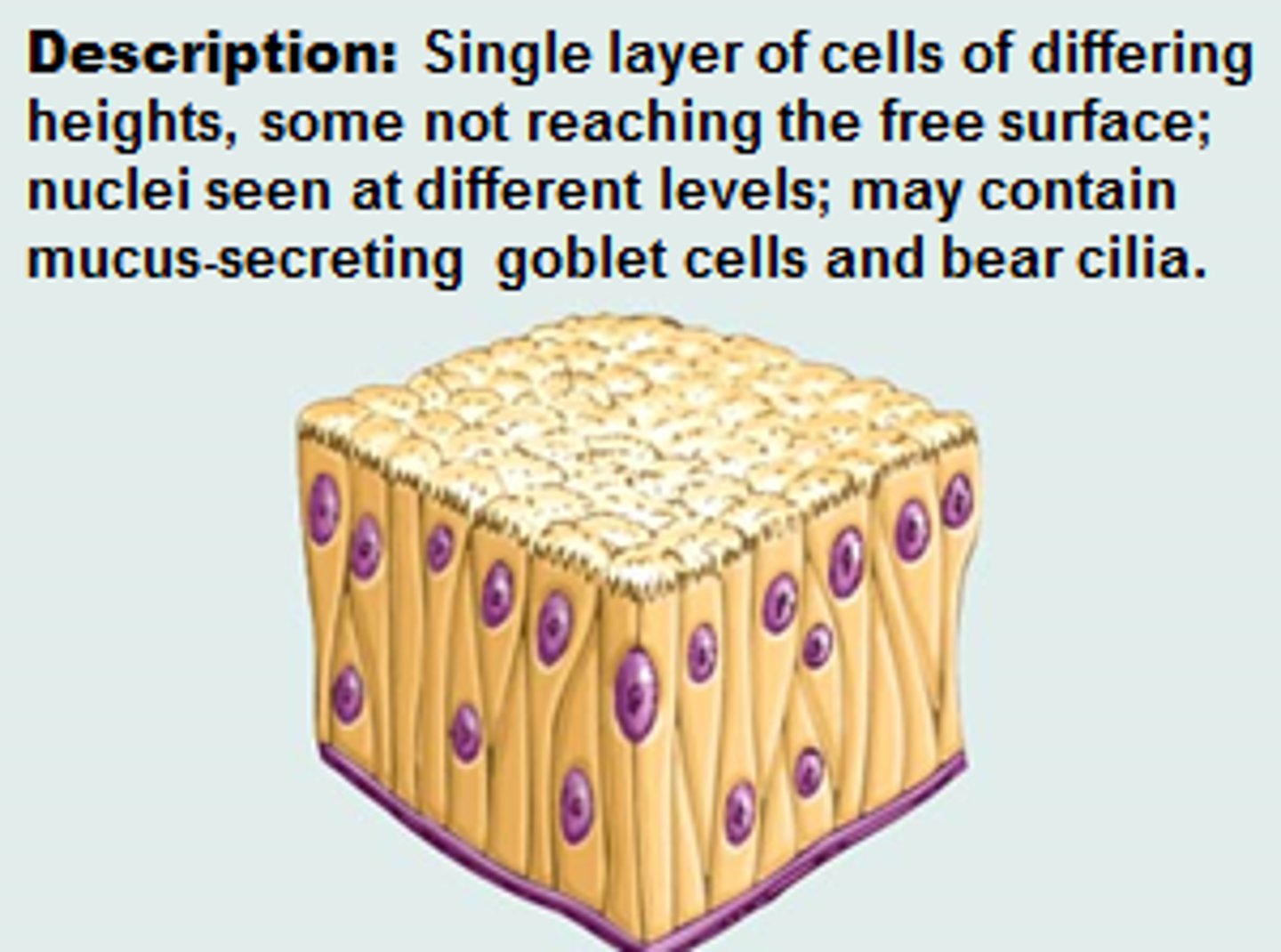
stratified columnar epithelium (function)
protection and secretion
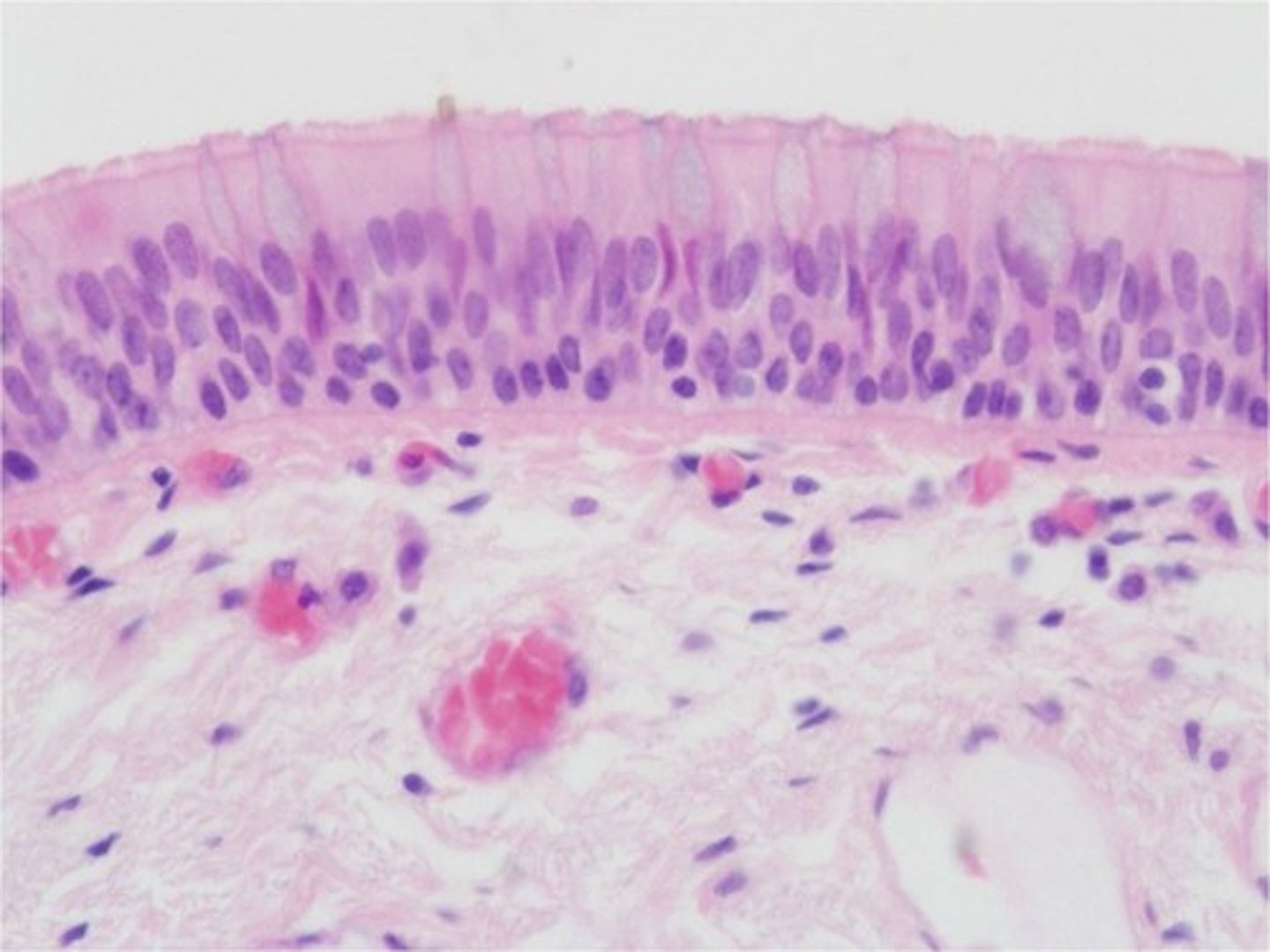
stratified columnar epithelium (location)
Rare in the body; small amounts in male urethra and in large ducts of some glands

muscular tissue types
skeletal, cardiac, smooth
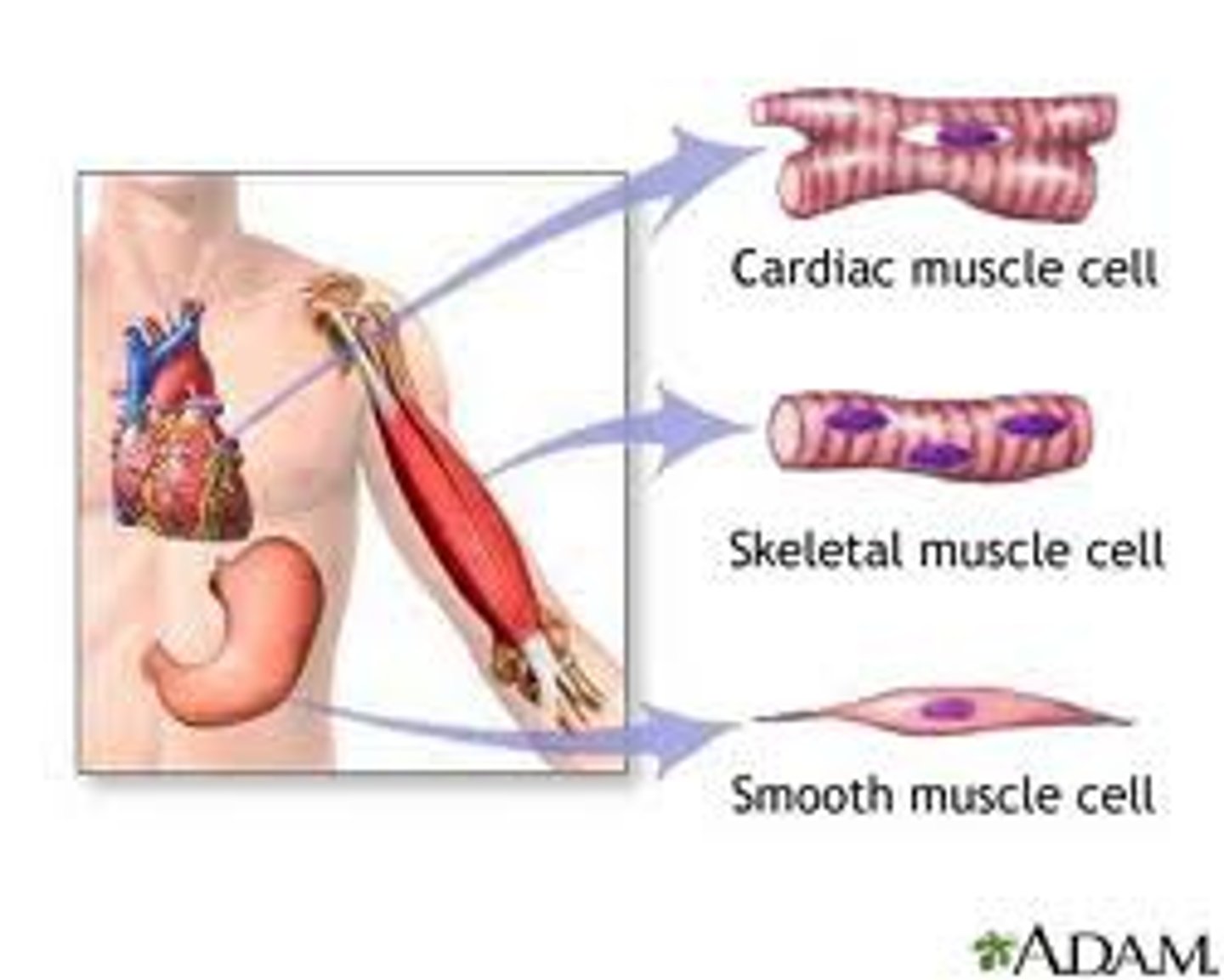
skeletal muscle (description)
long, cylindrical, multinucleate cells; obvious striations
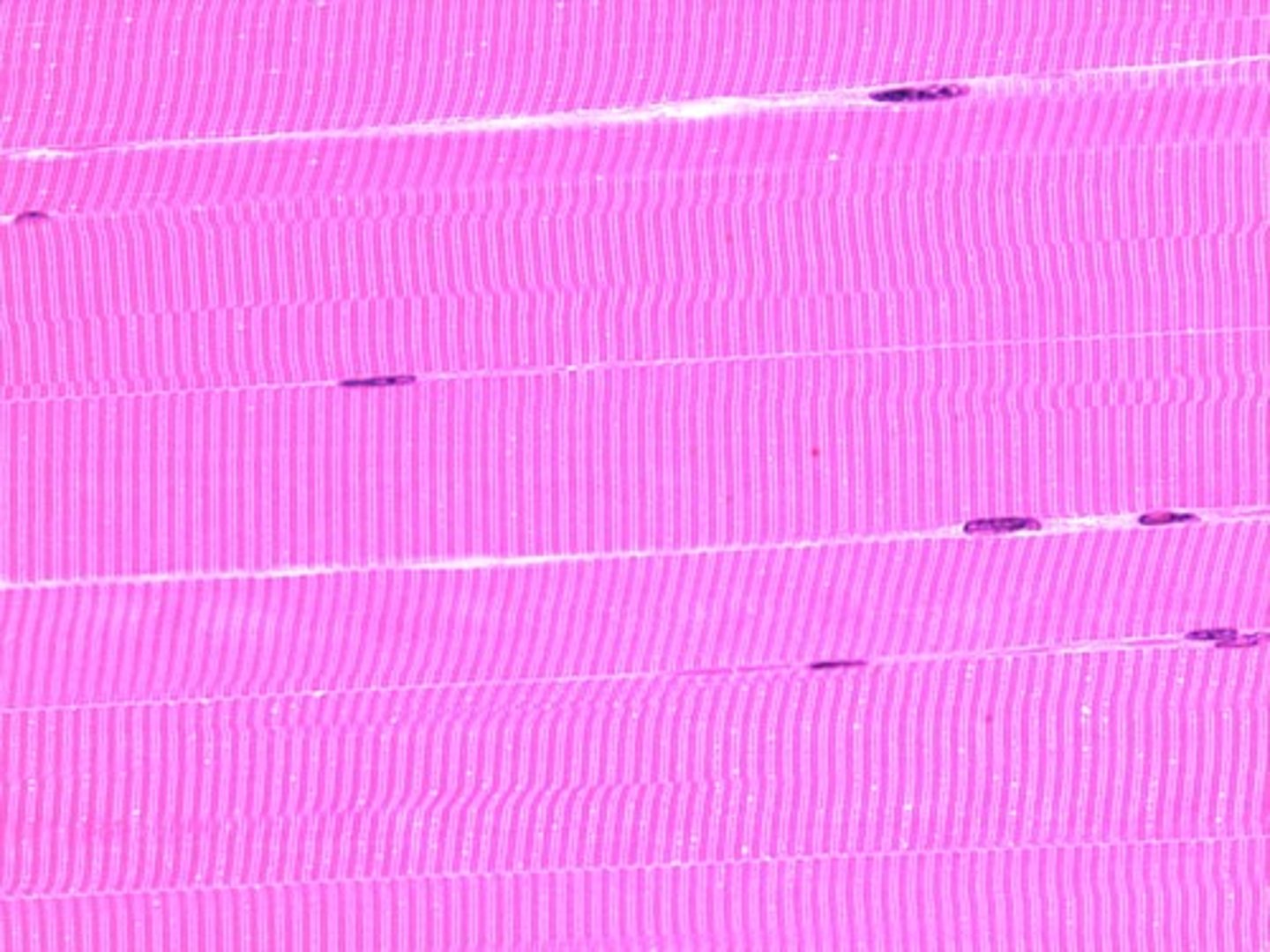
skeletal muscle (function)
voluntary movement; locomotion; manipulation of the environment; facial expression; voluntary control
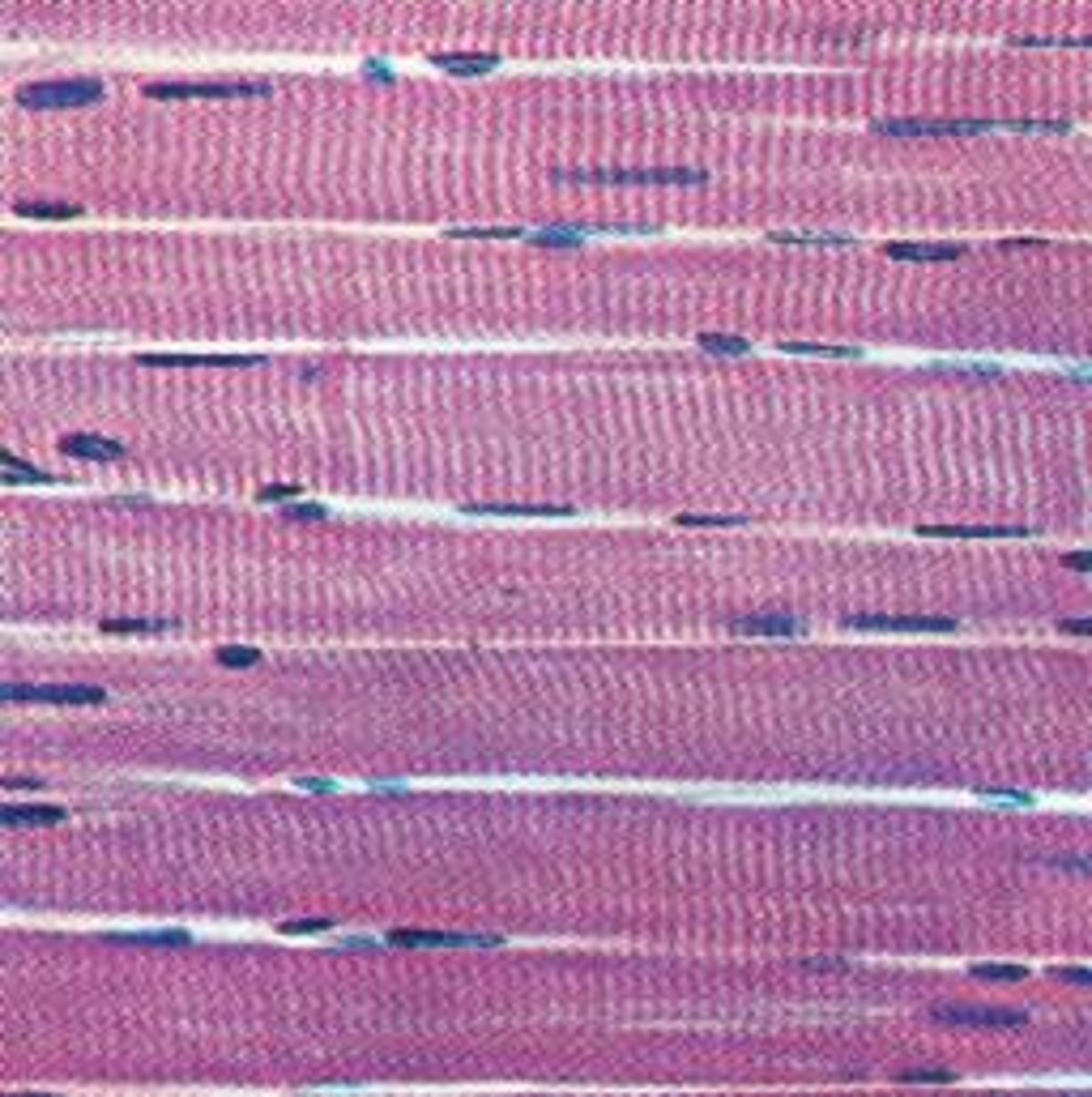
skeletal muscle (location)
in skeletal muscles attached to bones or occasionally to skin
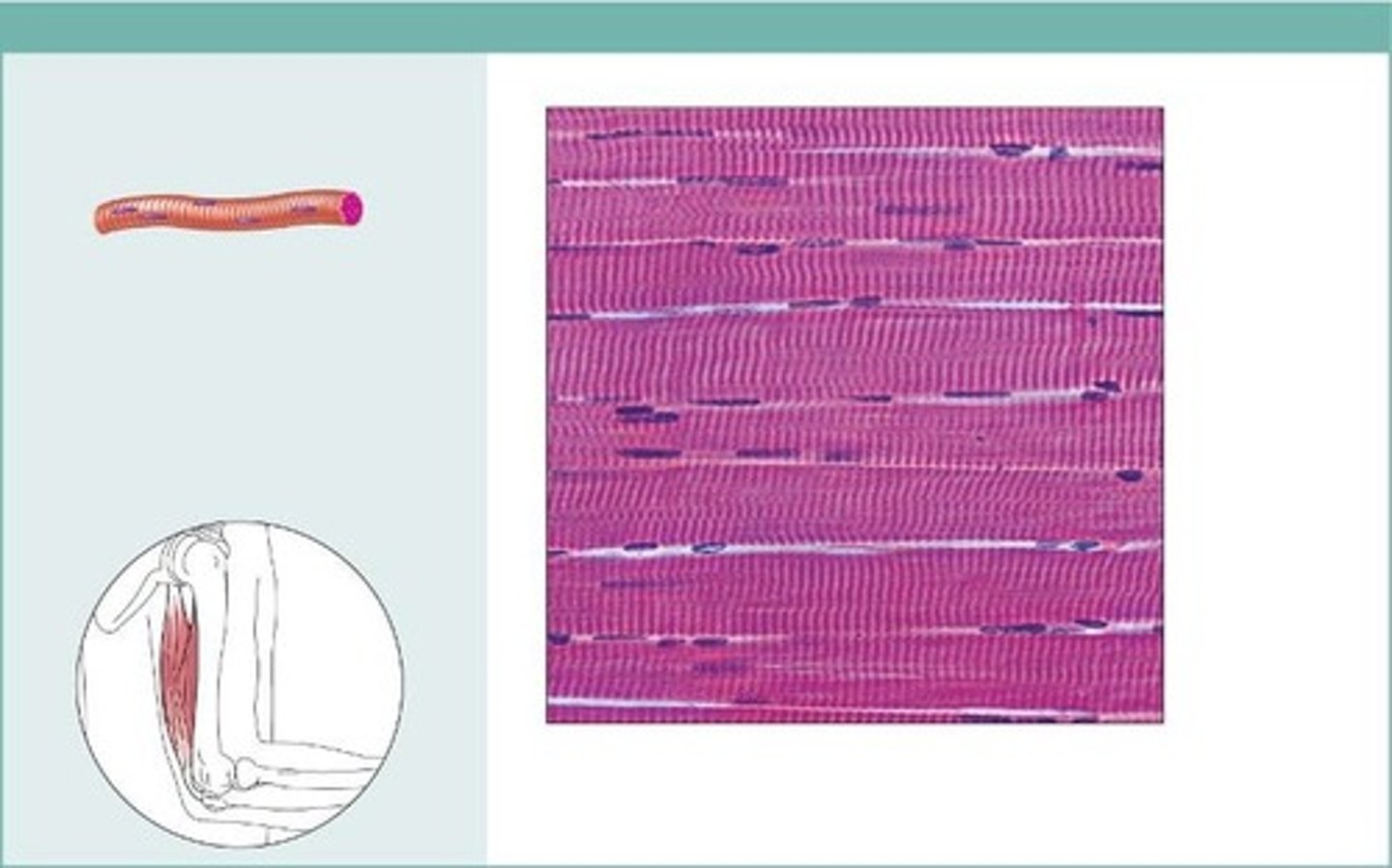
cardiac muscle (description)
branching, striated, generally uninucleate cells that interdigitate at specialized junctions (intercalated discs)
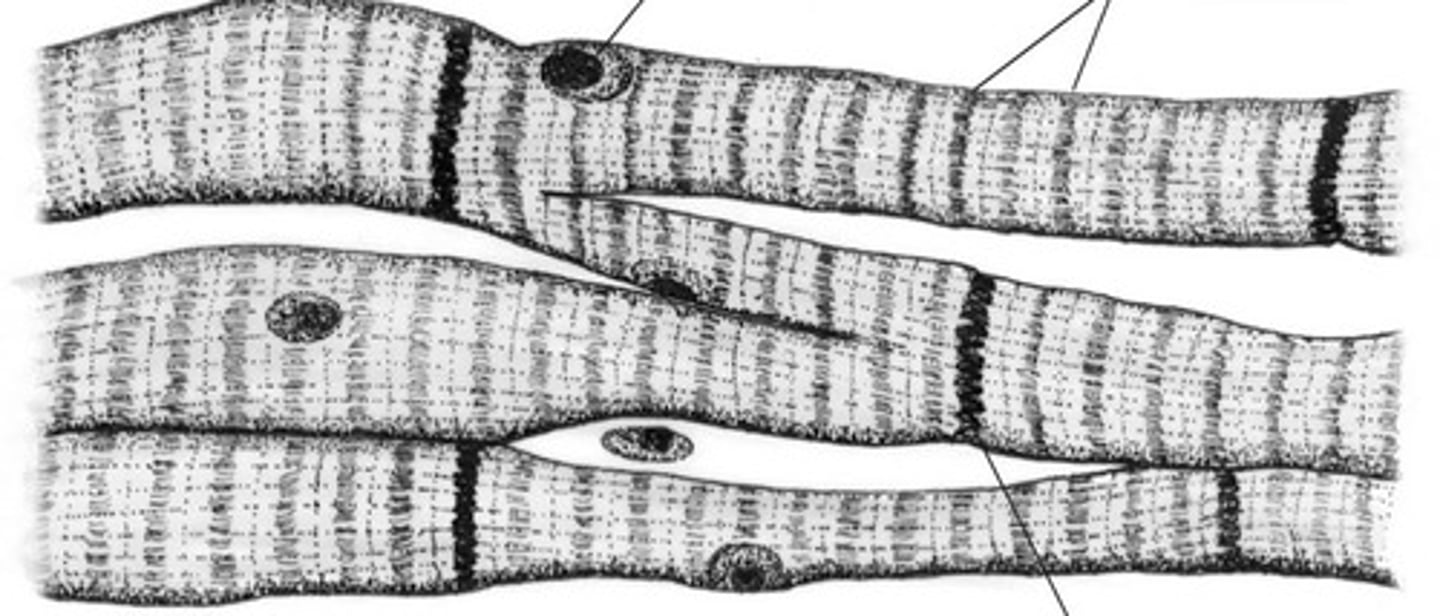
cardiac muscle (function)
As it contracts, cardiac muscle propels blood into the circulation; involuntary control
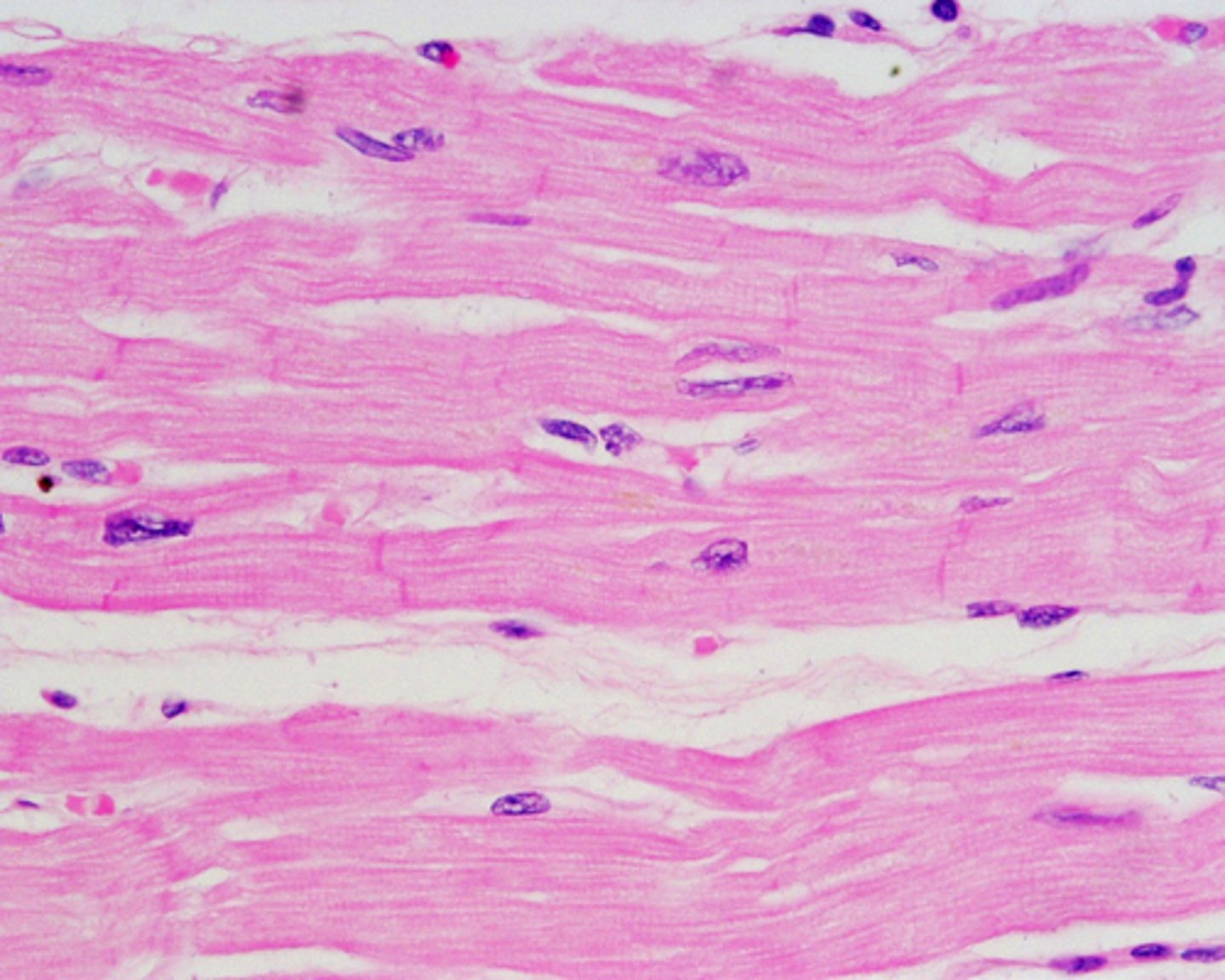
cardiac muscle (location)
walls of the heart
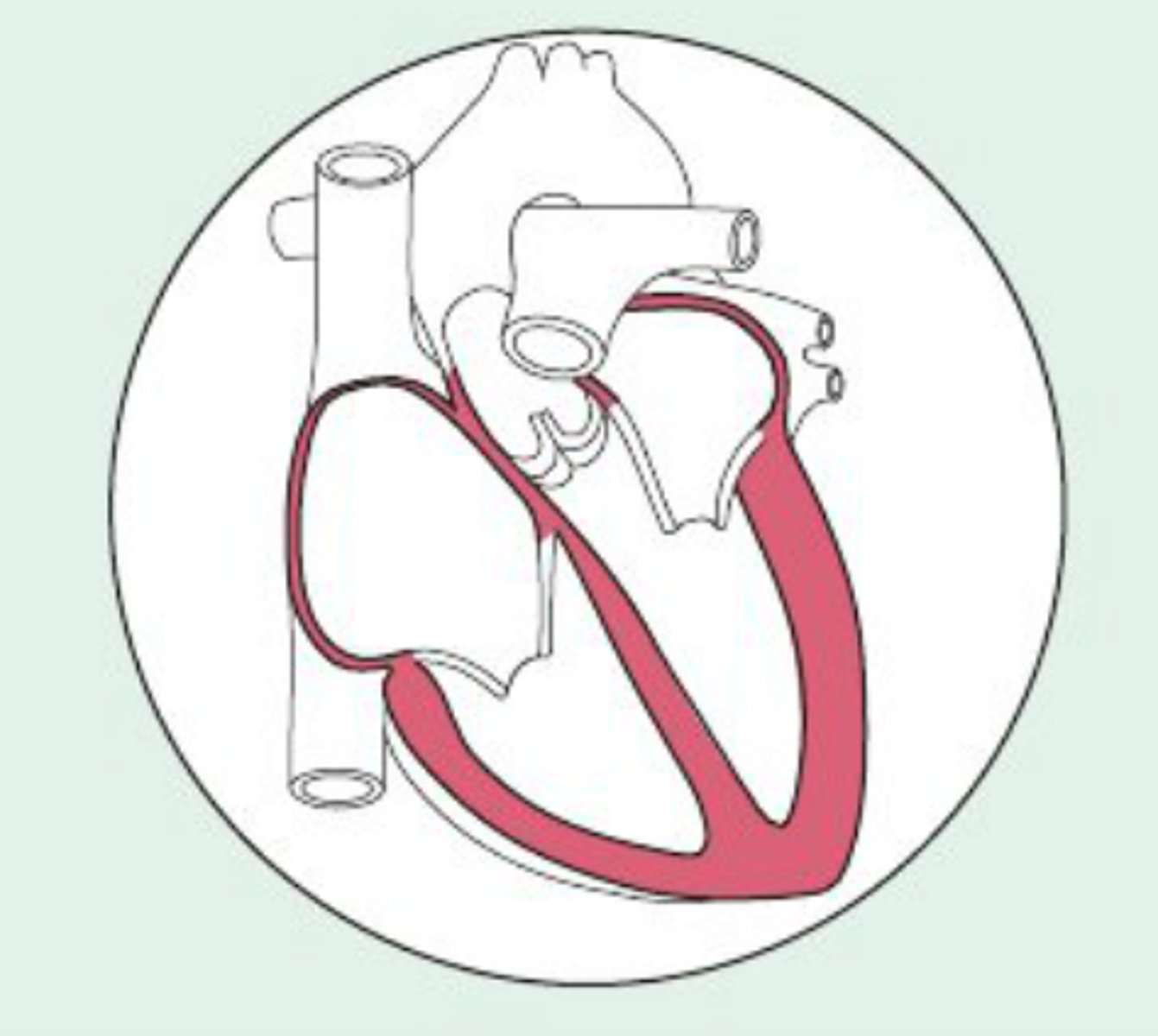
smooth muscle (description)
spindle-shaped cells with central nuclei; no striations; cells arranged closely to form sheets
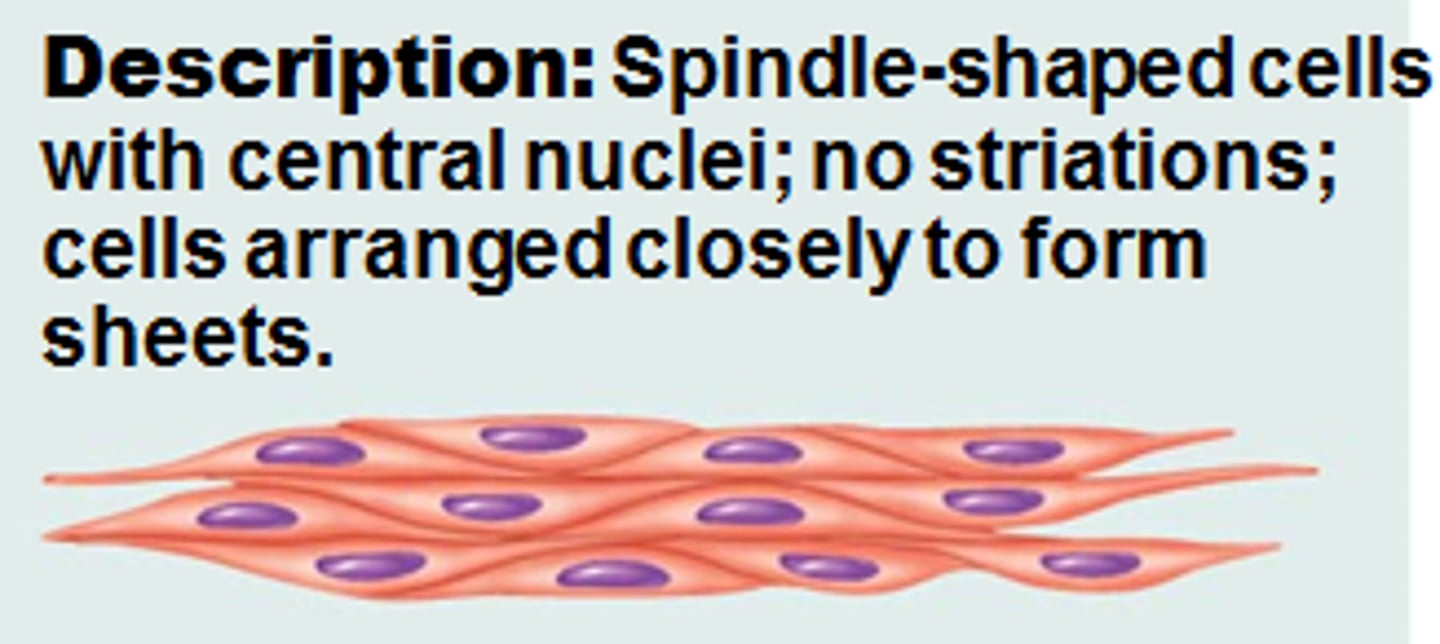
smooth muscle (function)
propels substances or objects (foodstuffs, urine, a baby) along internal passageways; involuntary control

smooth muscle (location)
mostly in the walls of hollow organs
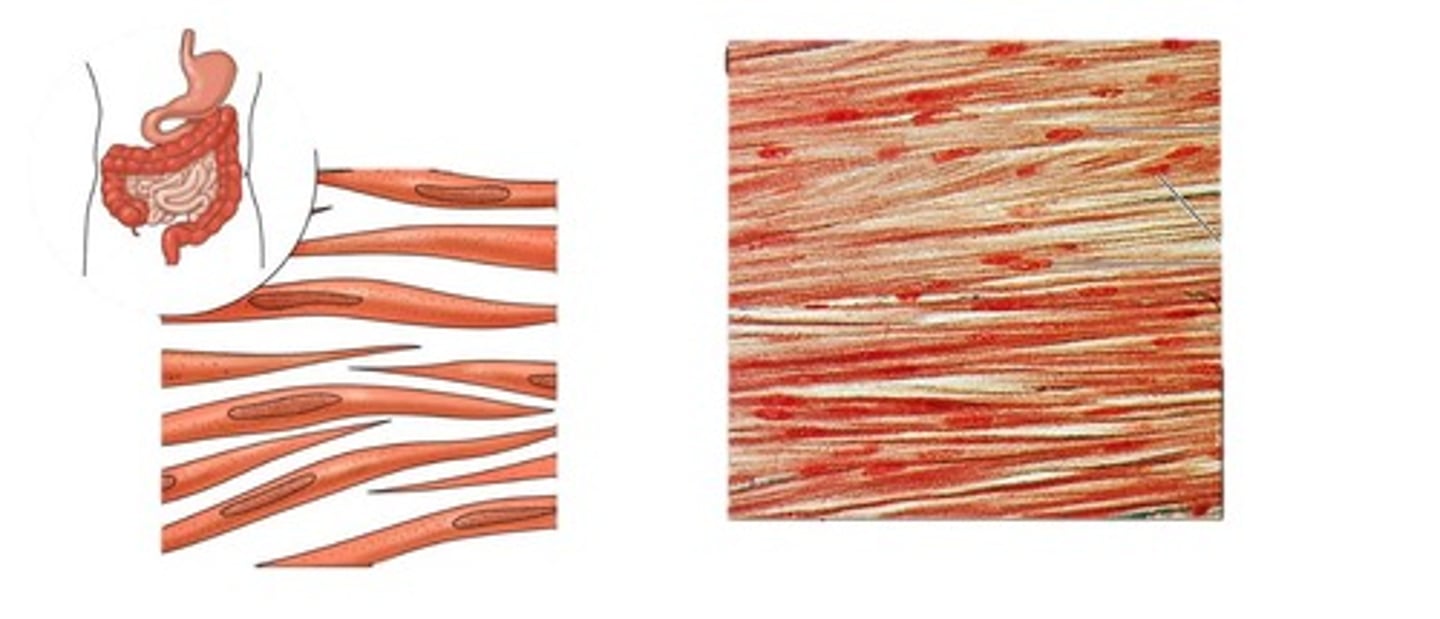
nervous tissue (description)
Neurons are branching cells; cell processes that may be quite long extend from the nucleus-containing cell body; also contributing to nervous tissue are non-excitable supporting cells.

nervous tissue (function)
neurons transmit electrical signals from sensory receptors and to effectors (muscles and glands); supporting cells support and protect neurons
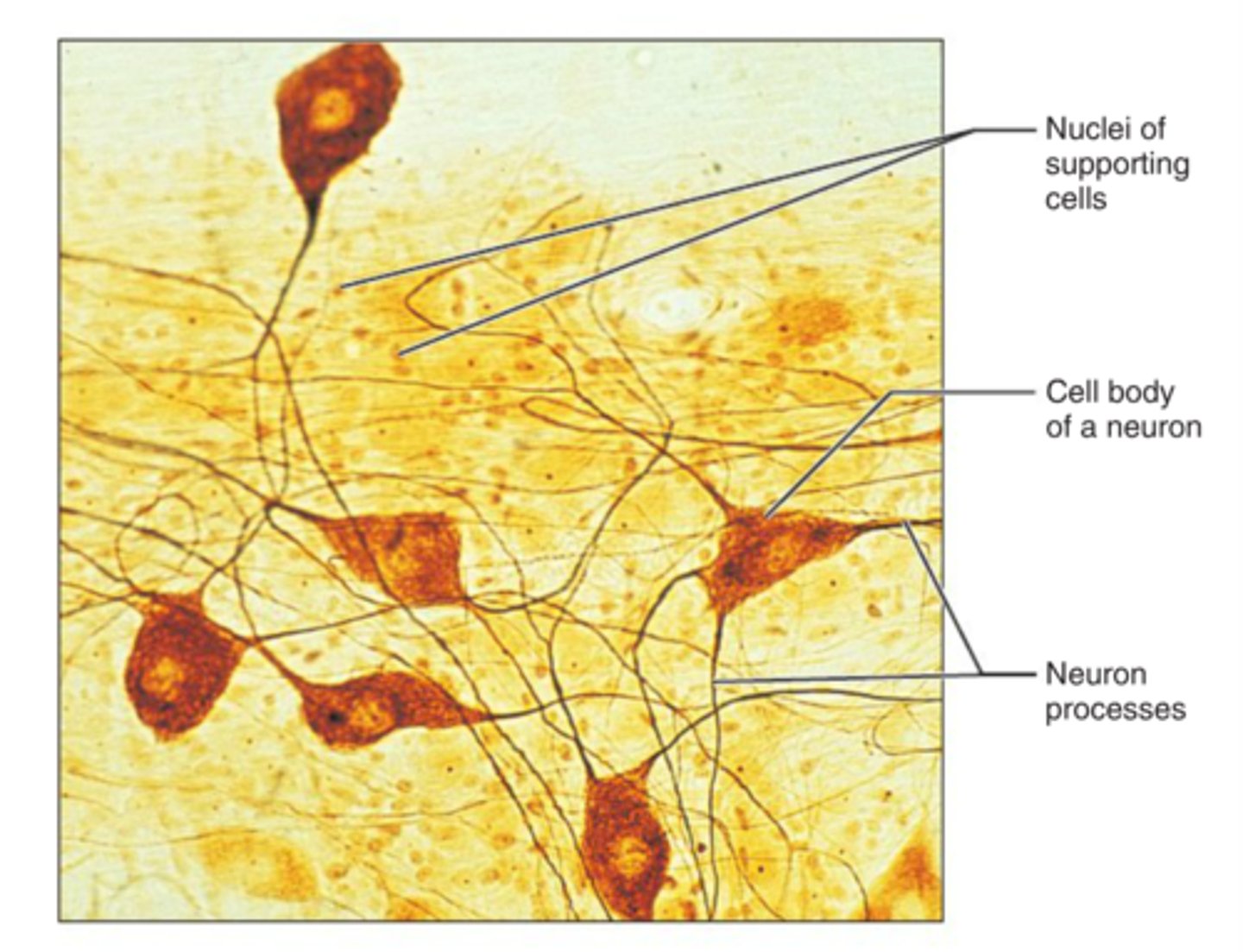
nervous tissue (location)
brain, spinal cord, nerves
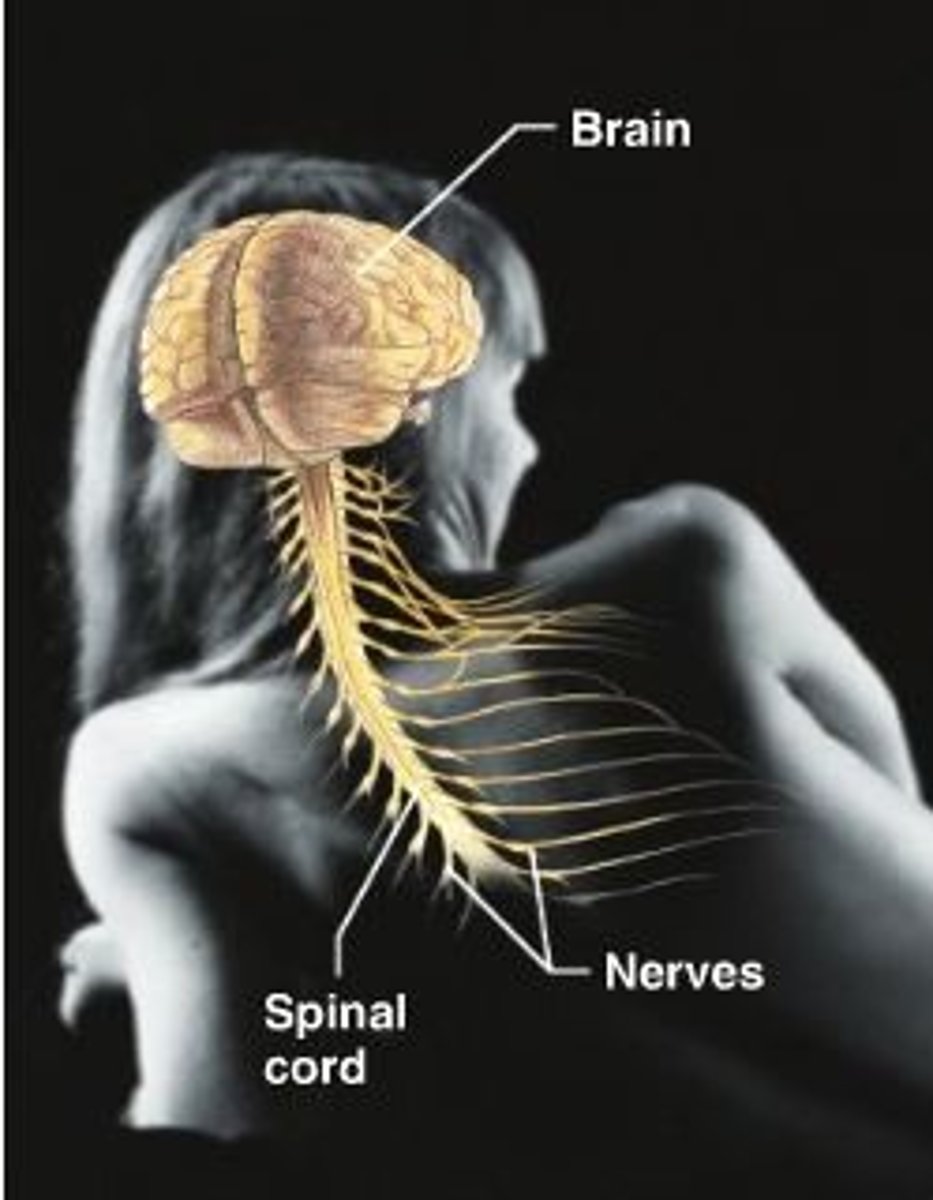
blood (description)
red and white blood cells in a fluid matrix (plasma)
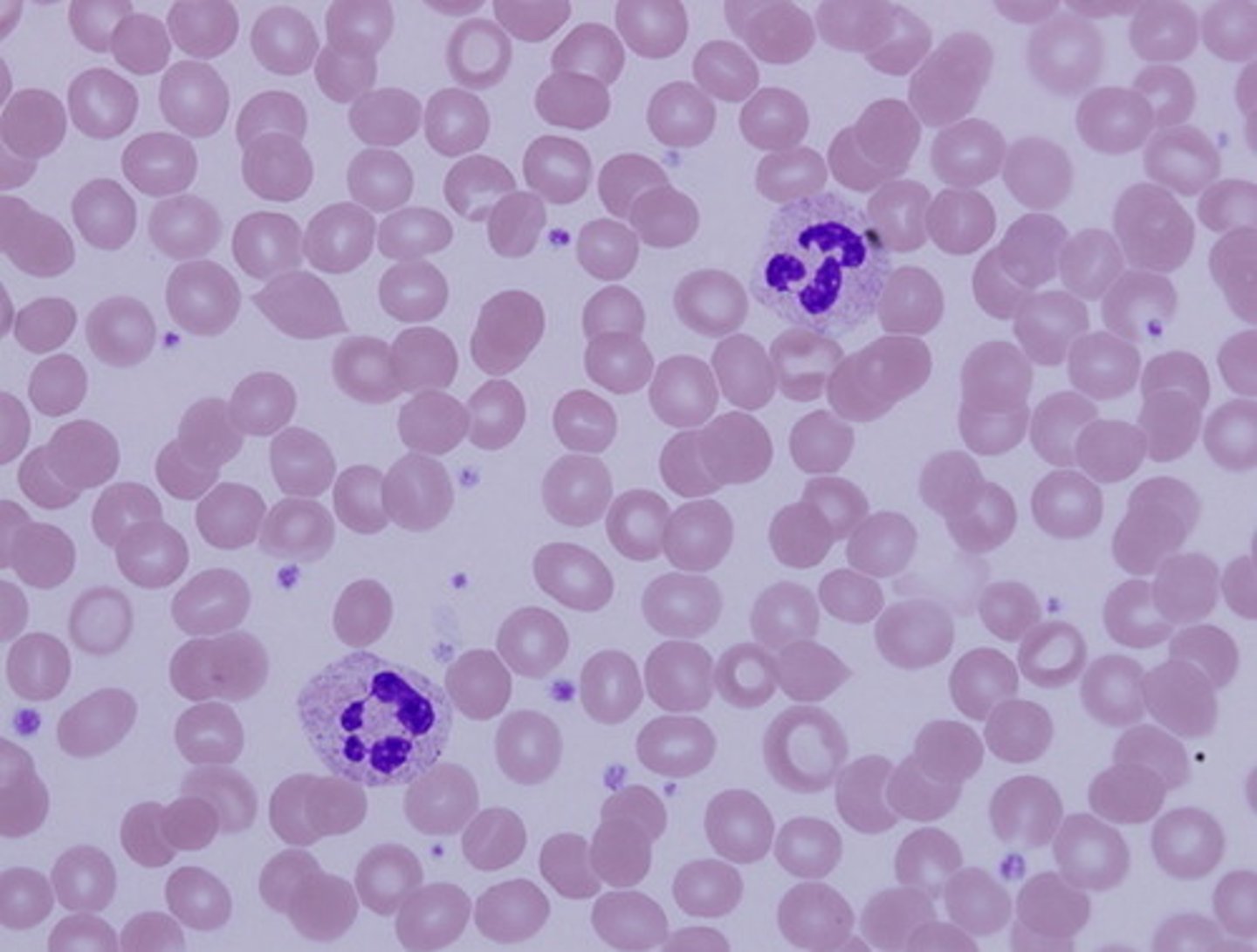
blood (function)
transport of respiratory gases, nutrients, wastes, and other substances
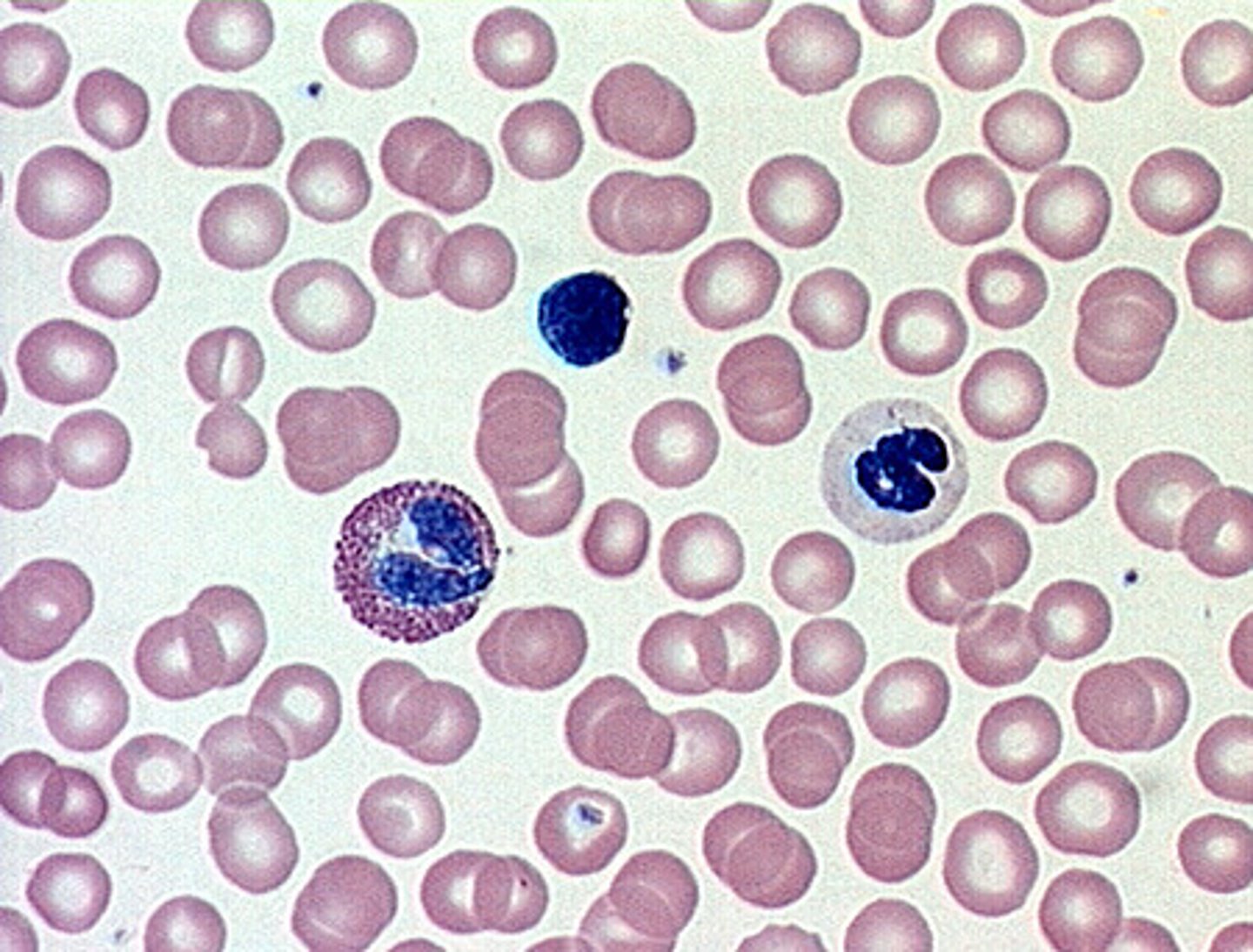
blood (location)
contained within blood vessels
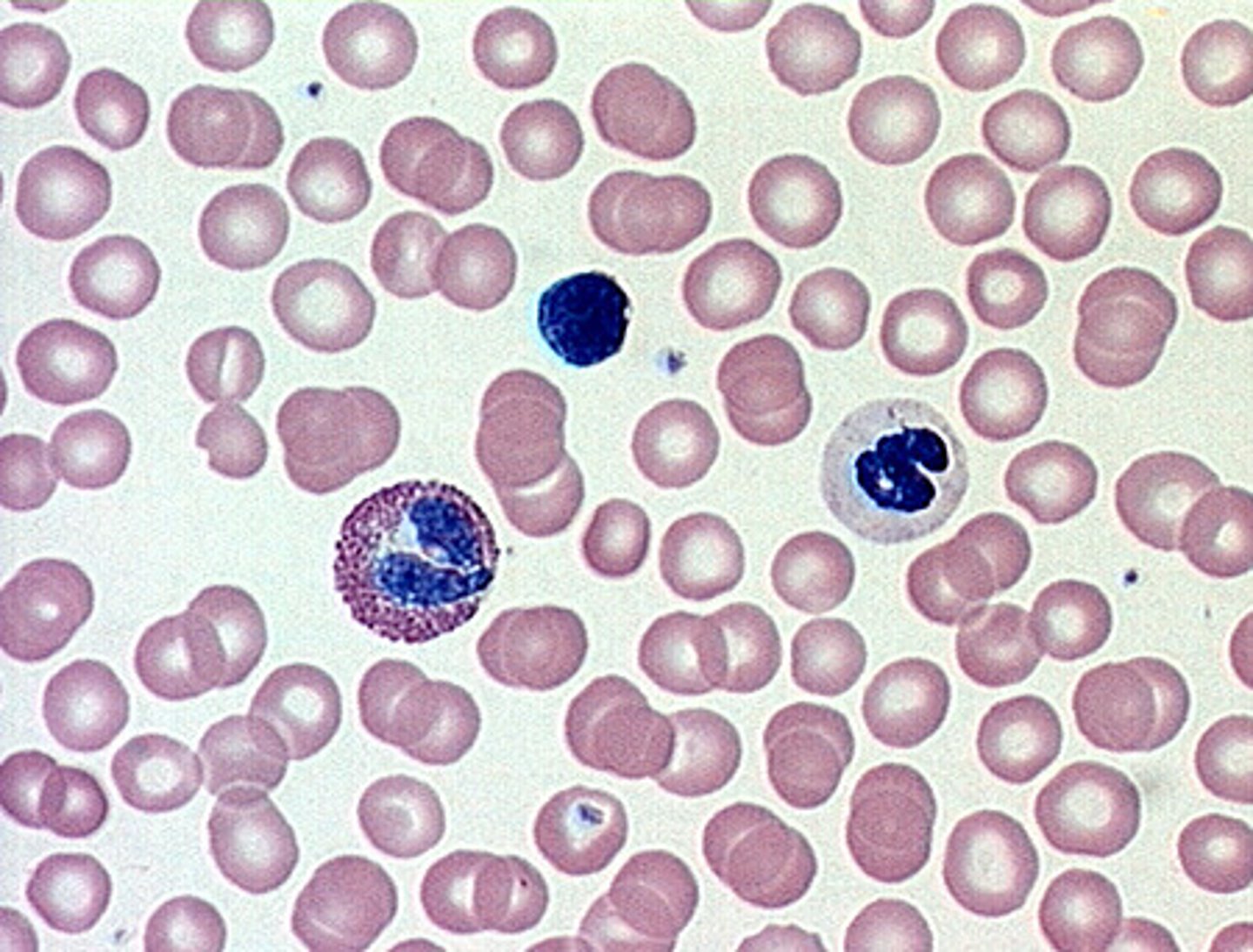
Embryonic Connective Tissue: Mesenchyme (description)
embryonic connective tissue; gel-like ground substance containing fibers; star-shaped mesenchymal cells
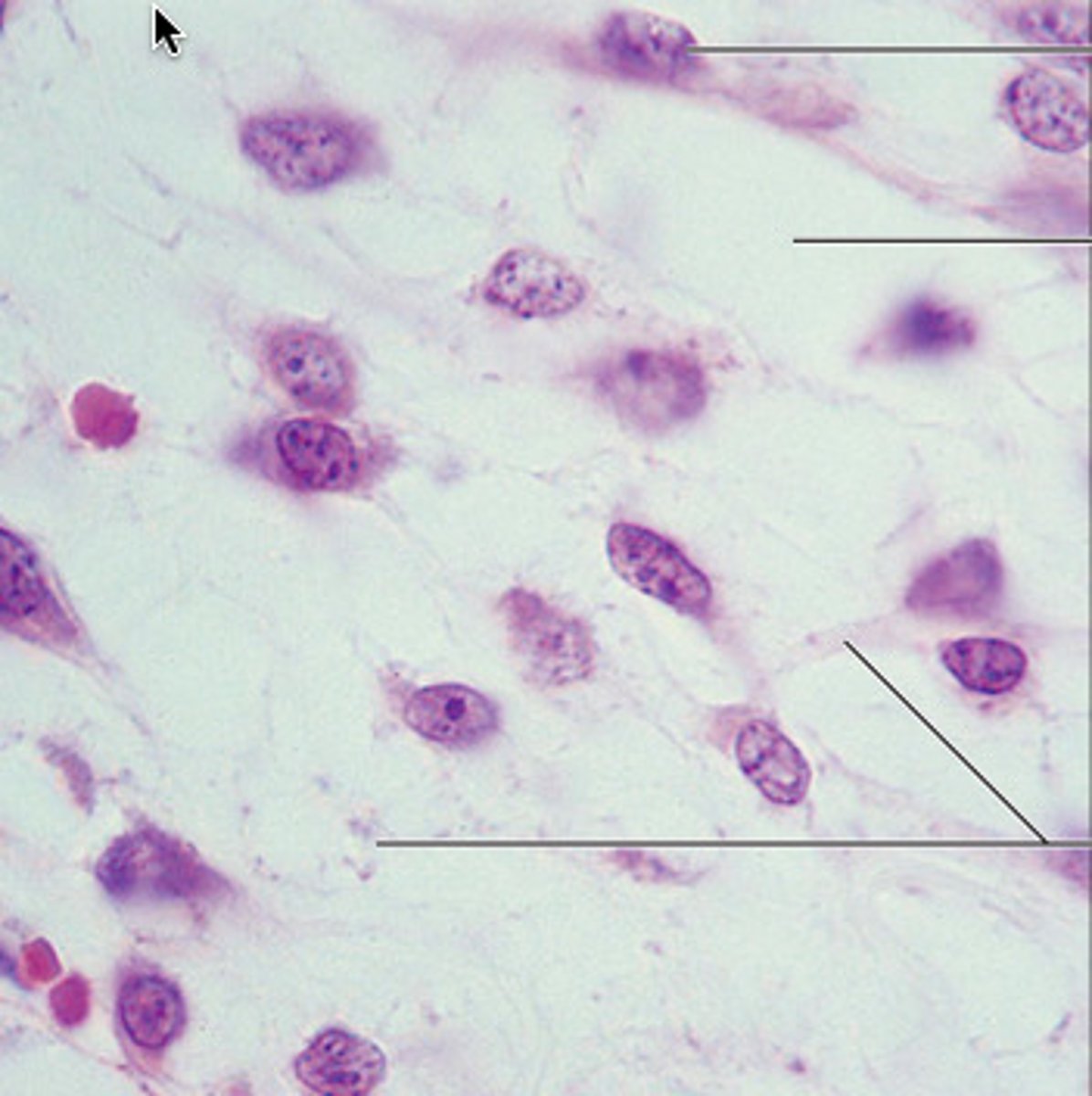
Embryonic Connective Tissue: Mesenchyme (function)
gives rise to all other connective tissue types
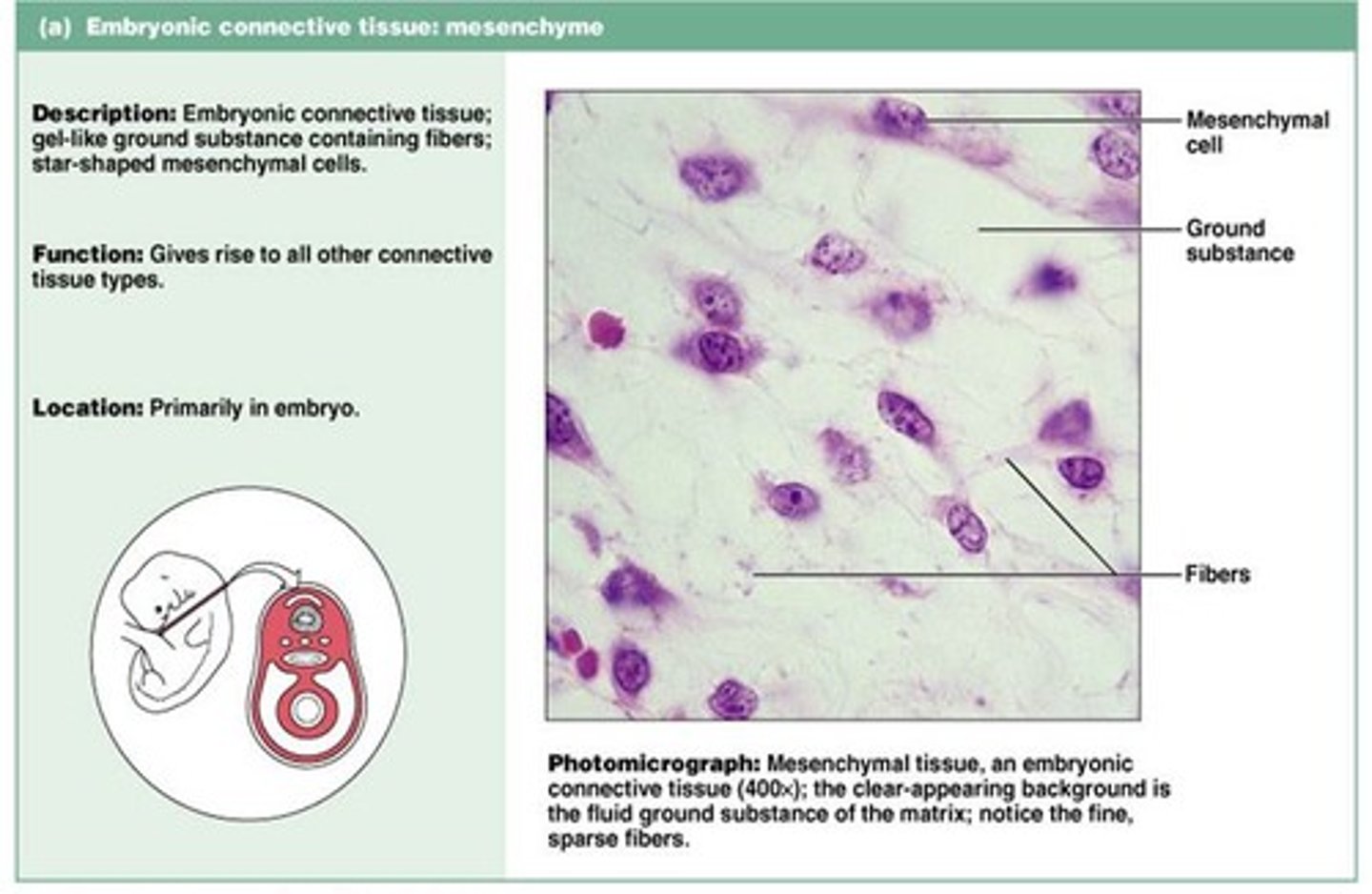
Embryonic Connective Tissue: Mesenchyme (location)
primarily in embryo

Loose connective tissue, areolar (description)
gel-like matrix with all three fiber types; cells: fibroblasts, macrophages, mast cells, and some white blood cells
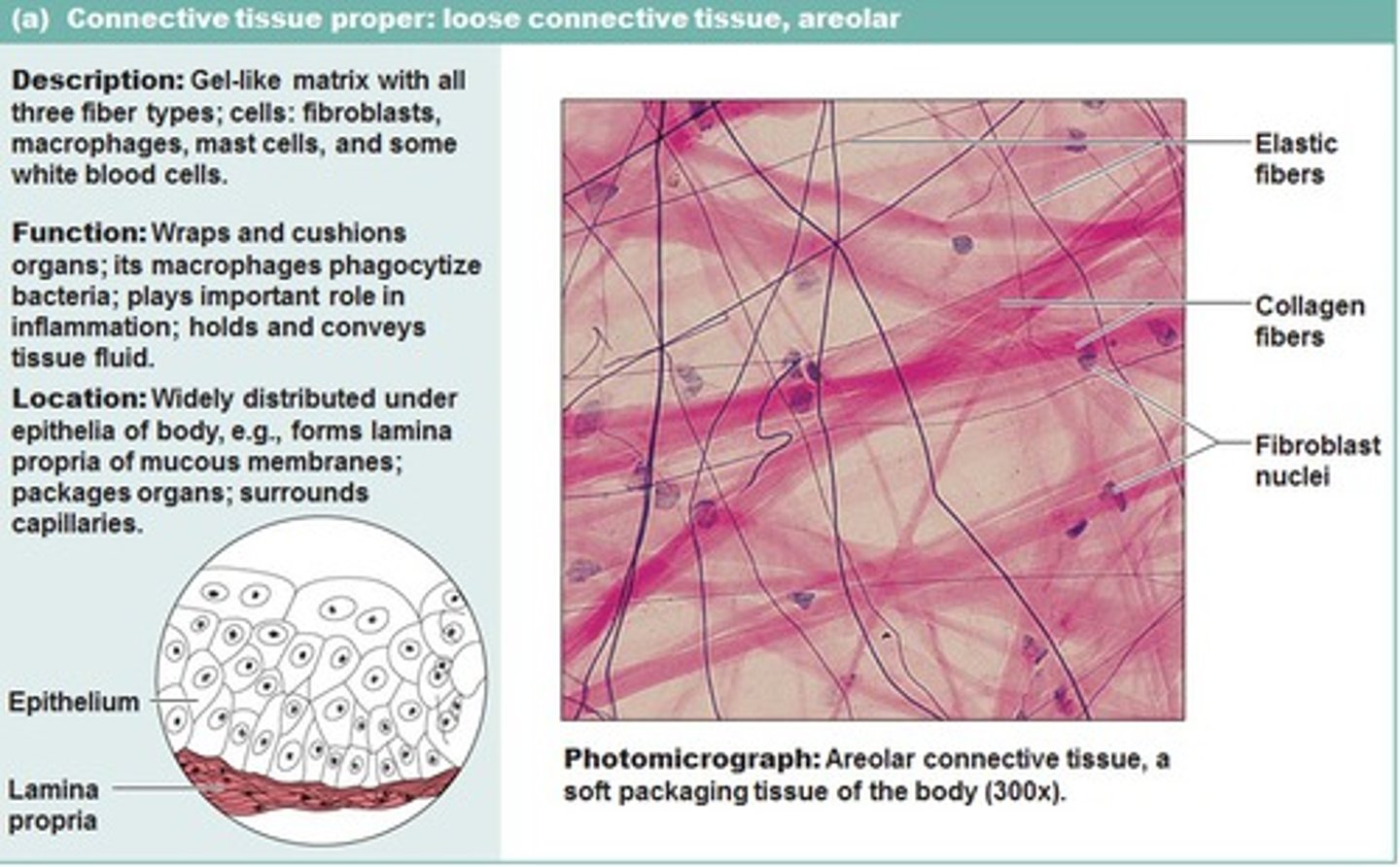
Loose connective tissue, areolar (function)
wraps and cushions organs; its macrophages phagocytize bacteria; plays important role in inflammation; holds and conveys tissue fluid
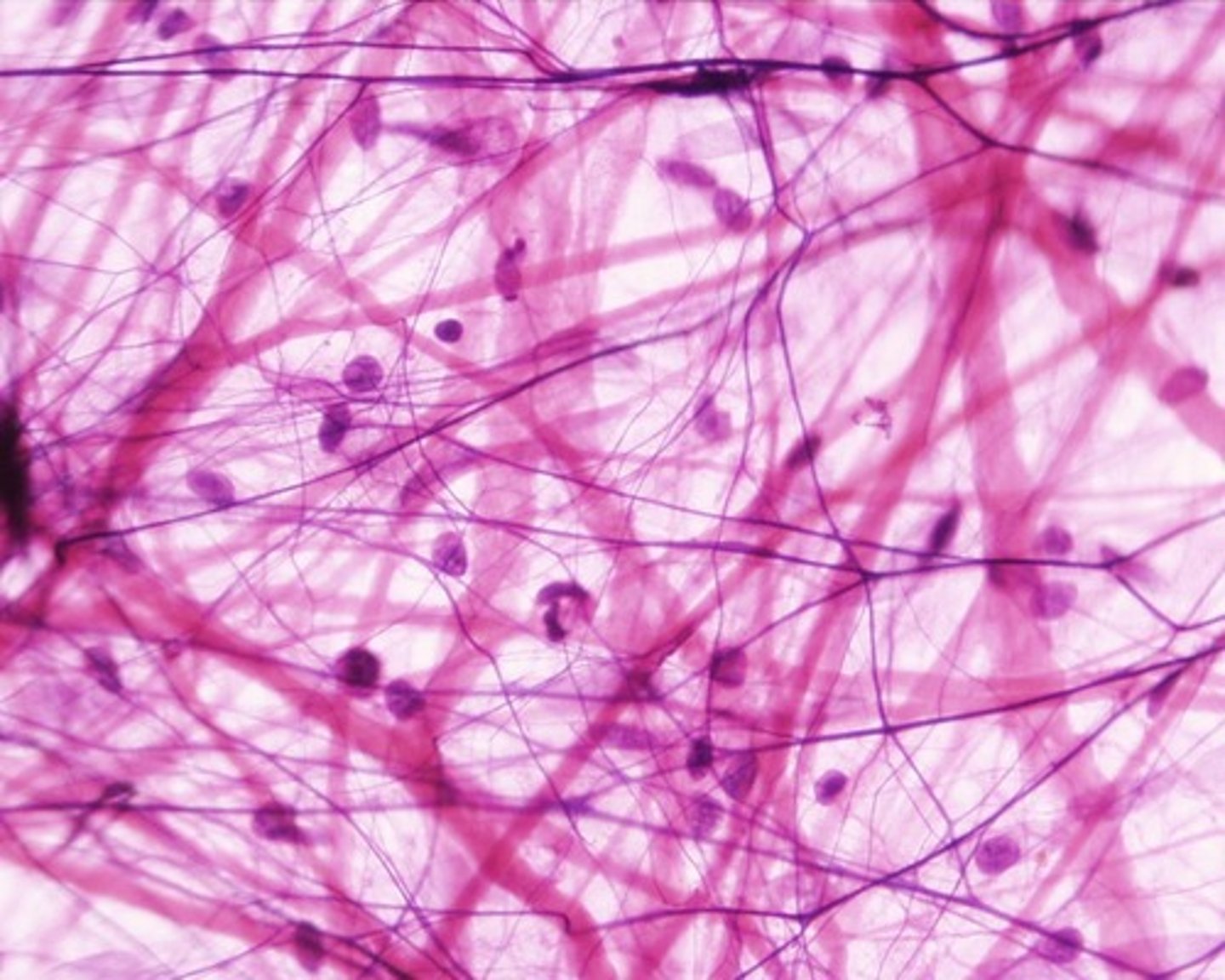
Loose connective tissue, areolar (location)
Widely distributed under epithelia of body, e.g., forms lamina propria of mucous membranes; packages organs; surrounds capillaries.

loose connective tissue, adipose (description)
matrix as in areolar, but very sparse; closely packed adipocytes, or fat cells, have nucleus pushed to the side by large fat droplet
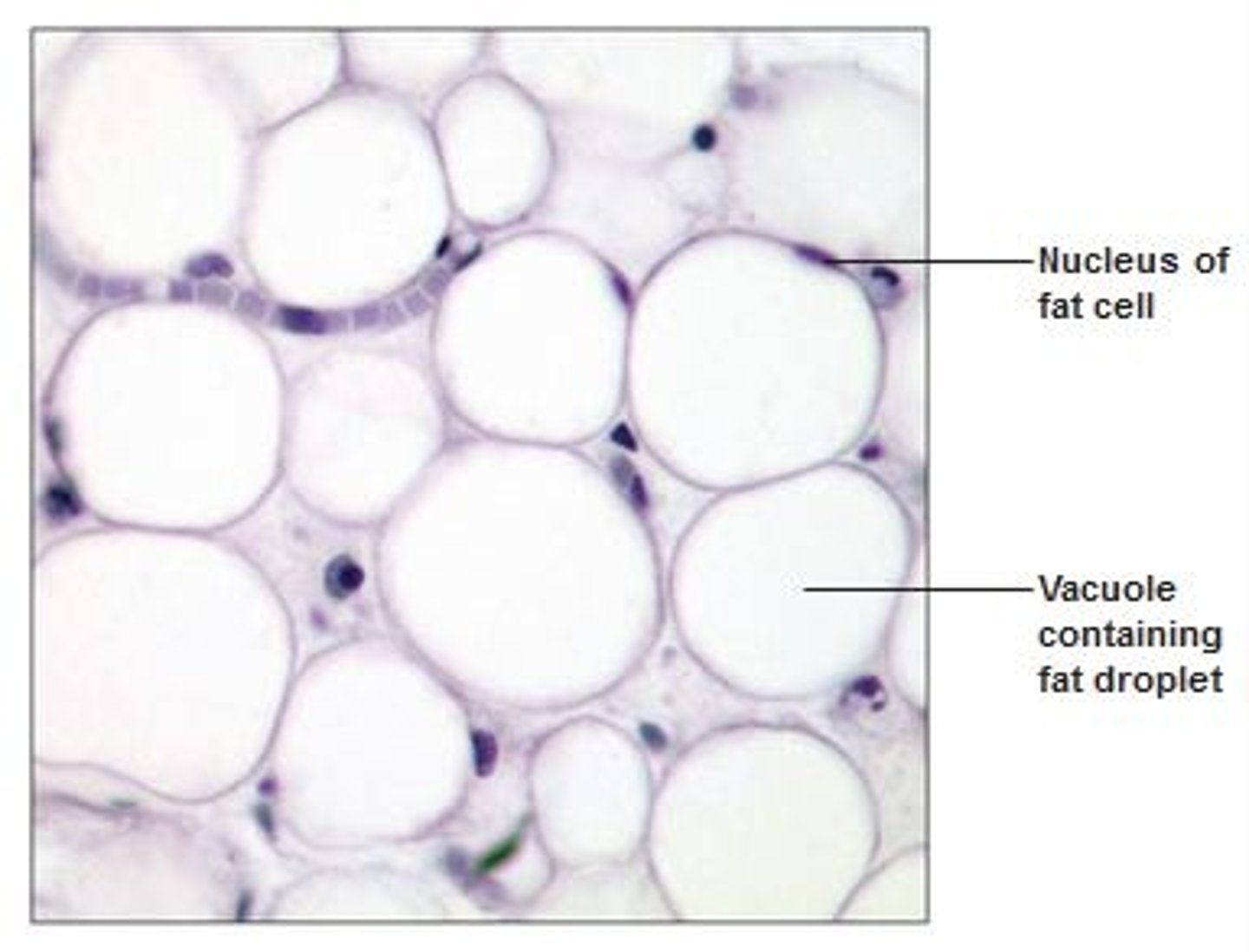
loose connective tissue, adipose (function)
provides reserve food fuel; insulates against heat loss; supports and protects organs

loose connective tissue, adipose (location)
under skin in the hypodermis; around kidneys and eyeballs; within abdomen; in breasts
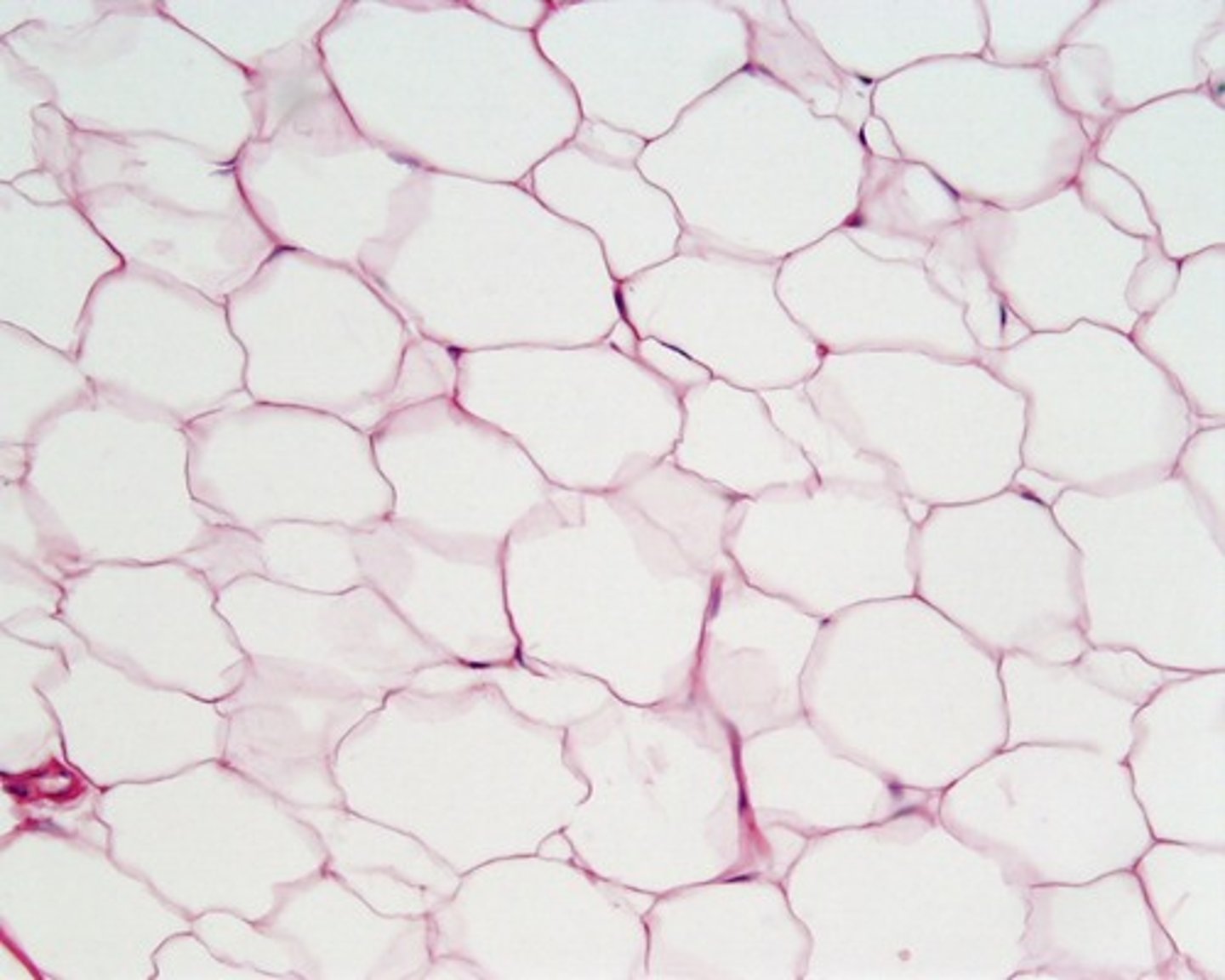
loose connective tissue, reticular (description)
network of reticular fibers in a typical loose ground substance; reticular cells lie on the network
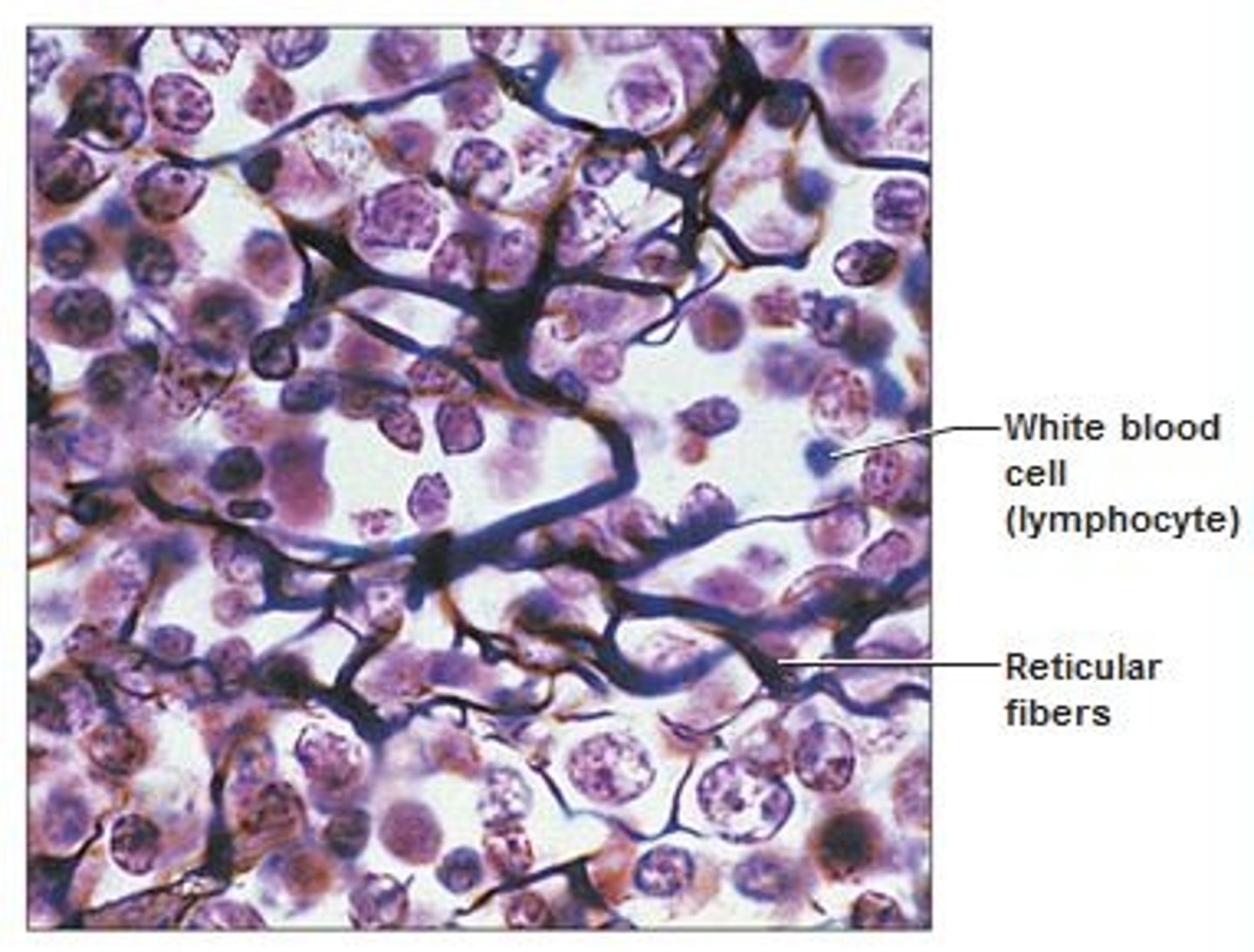
loose connective tissue, reticular (function)
fibers form a soft internal skeleton (stroma) that supports other cell types including white blood cells, mast cells, and macrophages
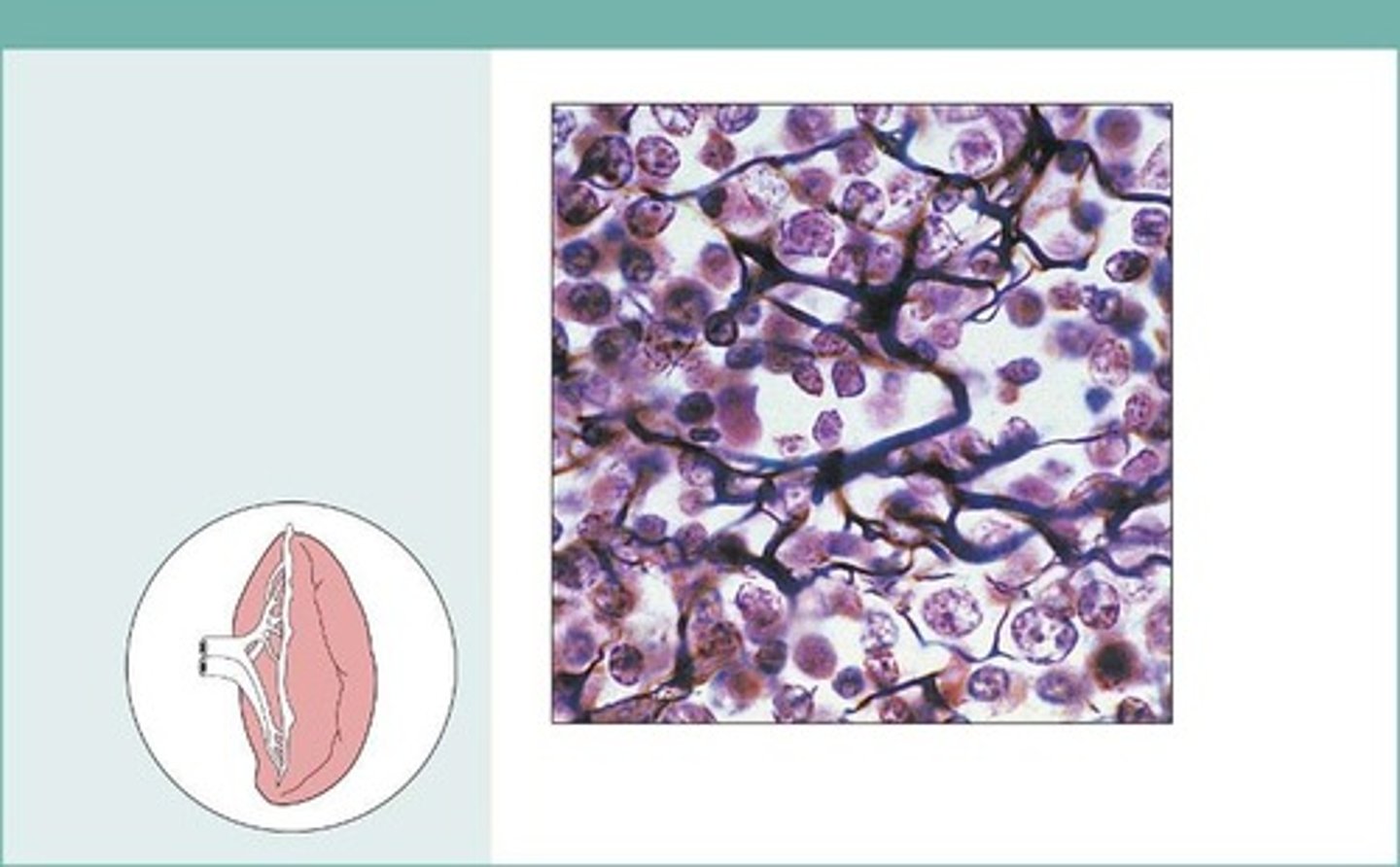
loose connective tissue, reticular (location)
lymphoid organs (lymph nodes, bone marrow, and spleen)
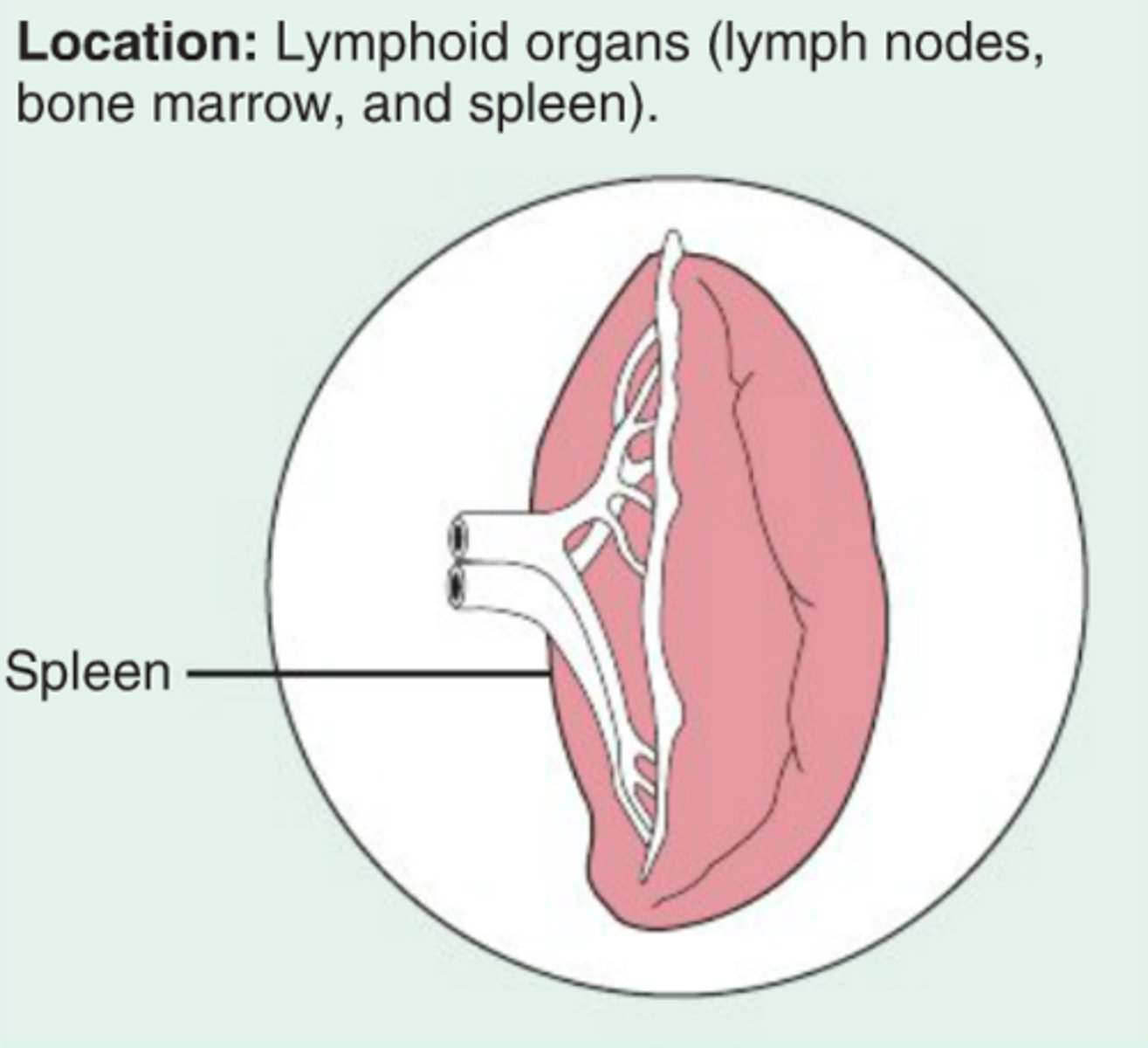
dense regular connective tissue (description)
primarily parallel collagen fibers; a few elastic fibers; major cell type is the fibroblast
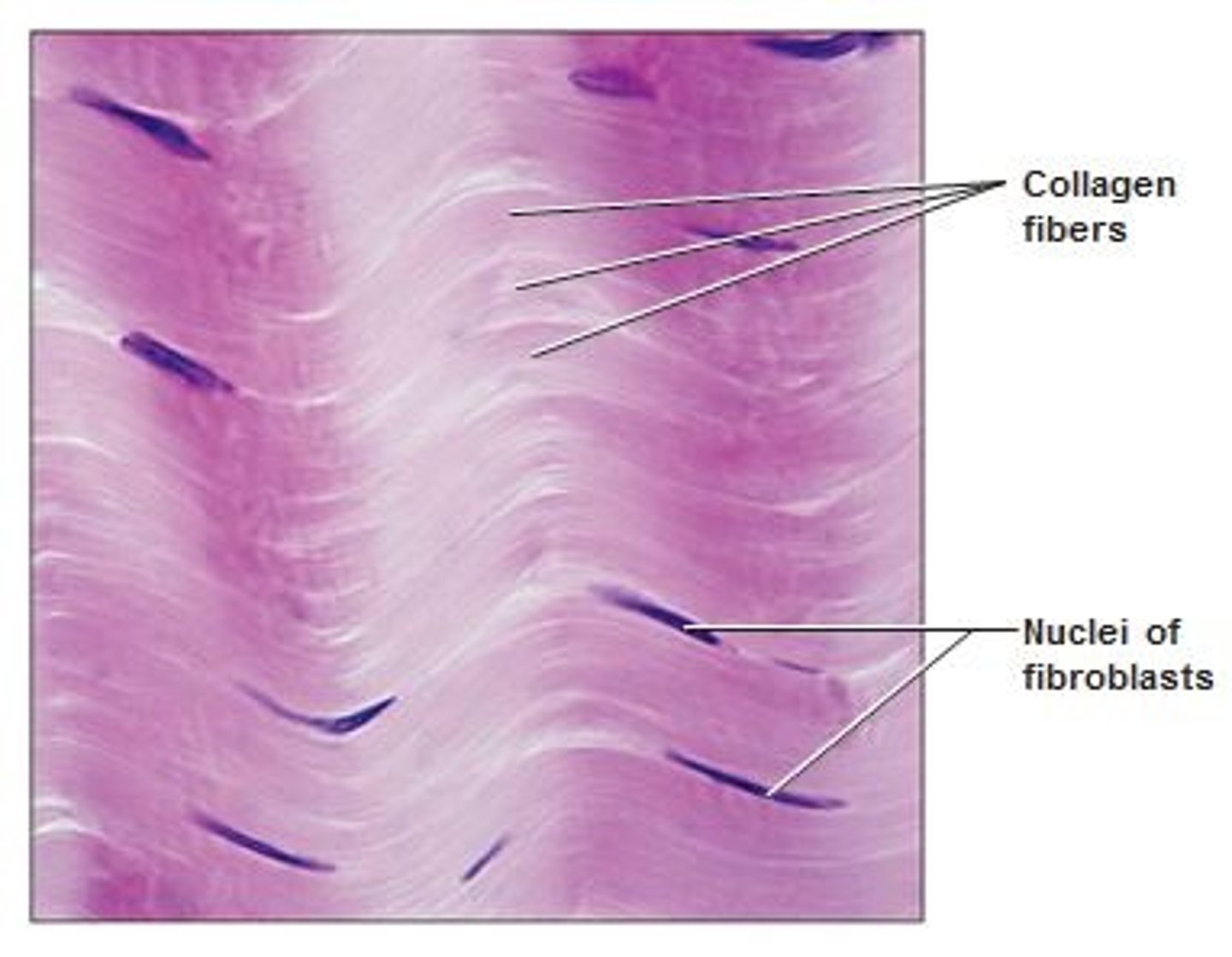
dense regular connective tissue (function)
Attaches muscles to bones or to other muscles; attaches bones to bones; withstands great tensile stress when pulling force is applied in one direction
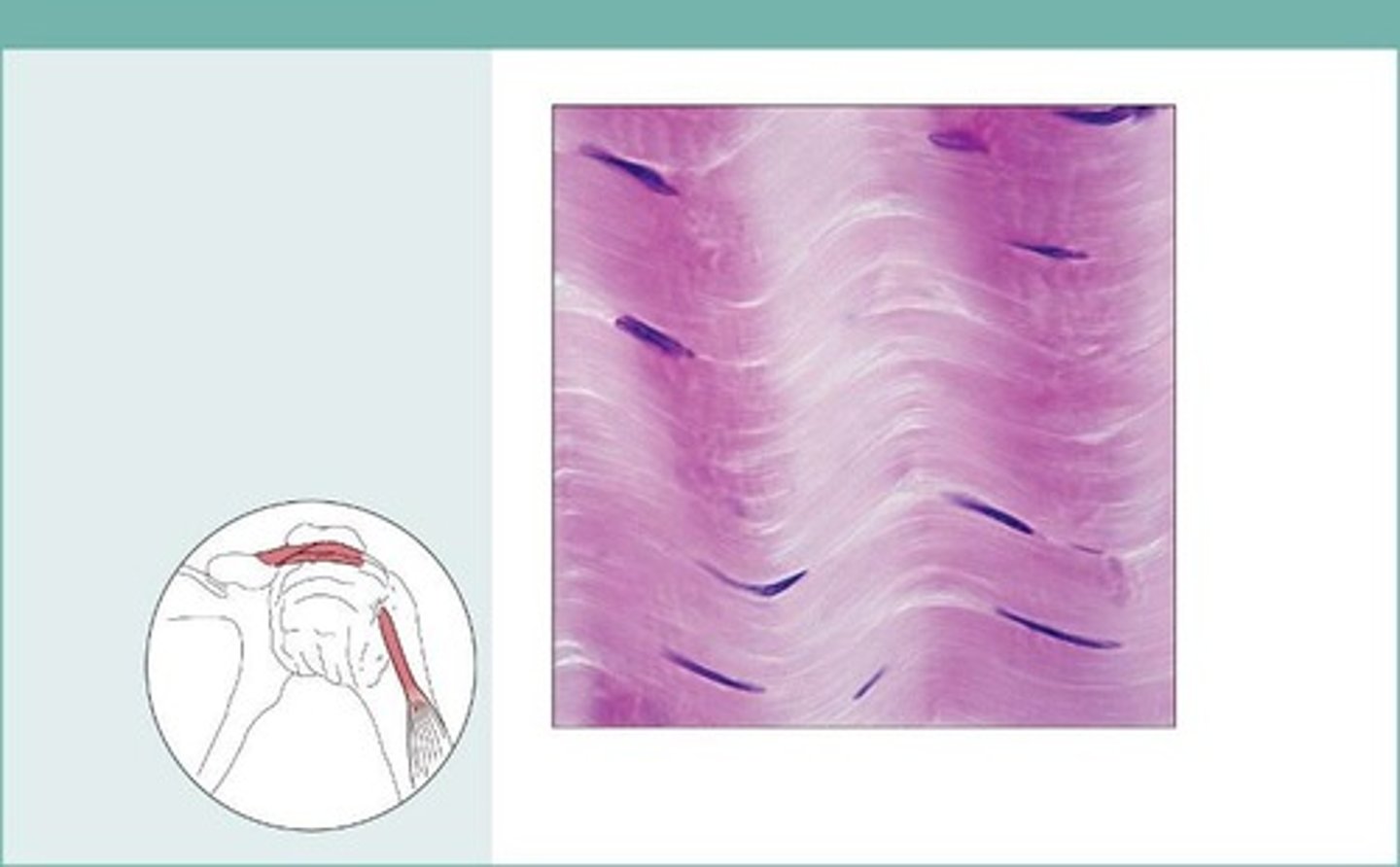
dense regular connective tissue (location)
tendons, most ligaments, aponeuroses
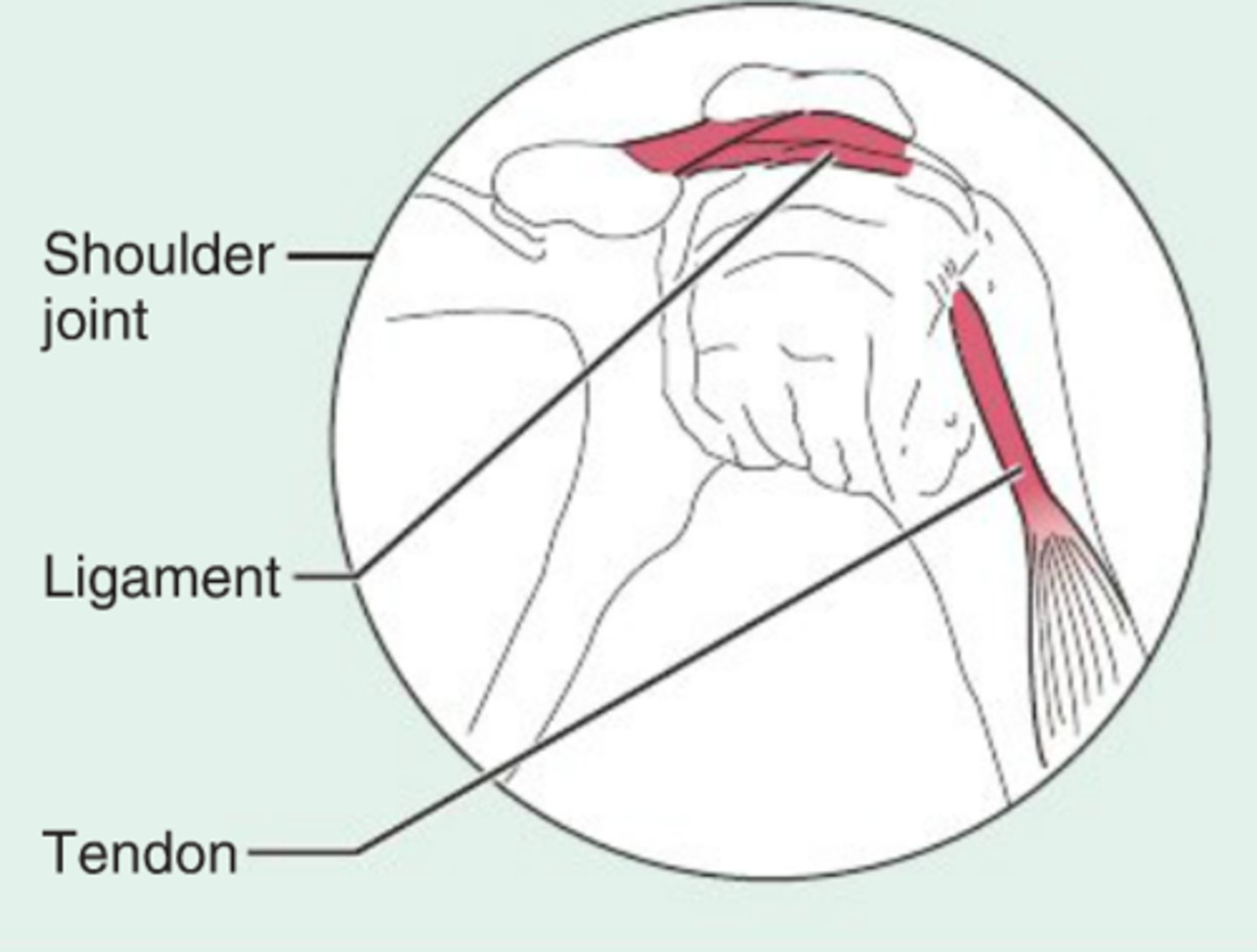
elastic connective tissue (description)
dense regular connective tissue containing a high proportion of elastic fibers
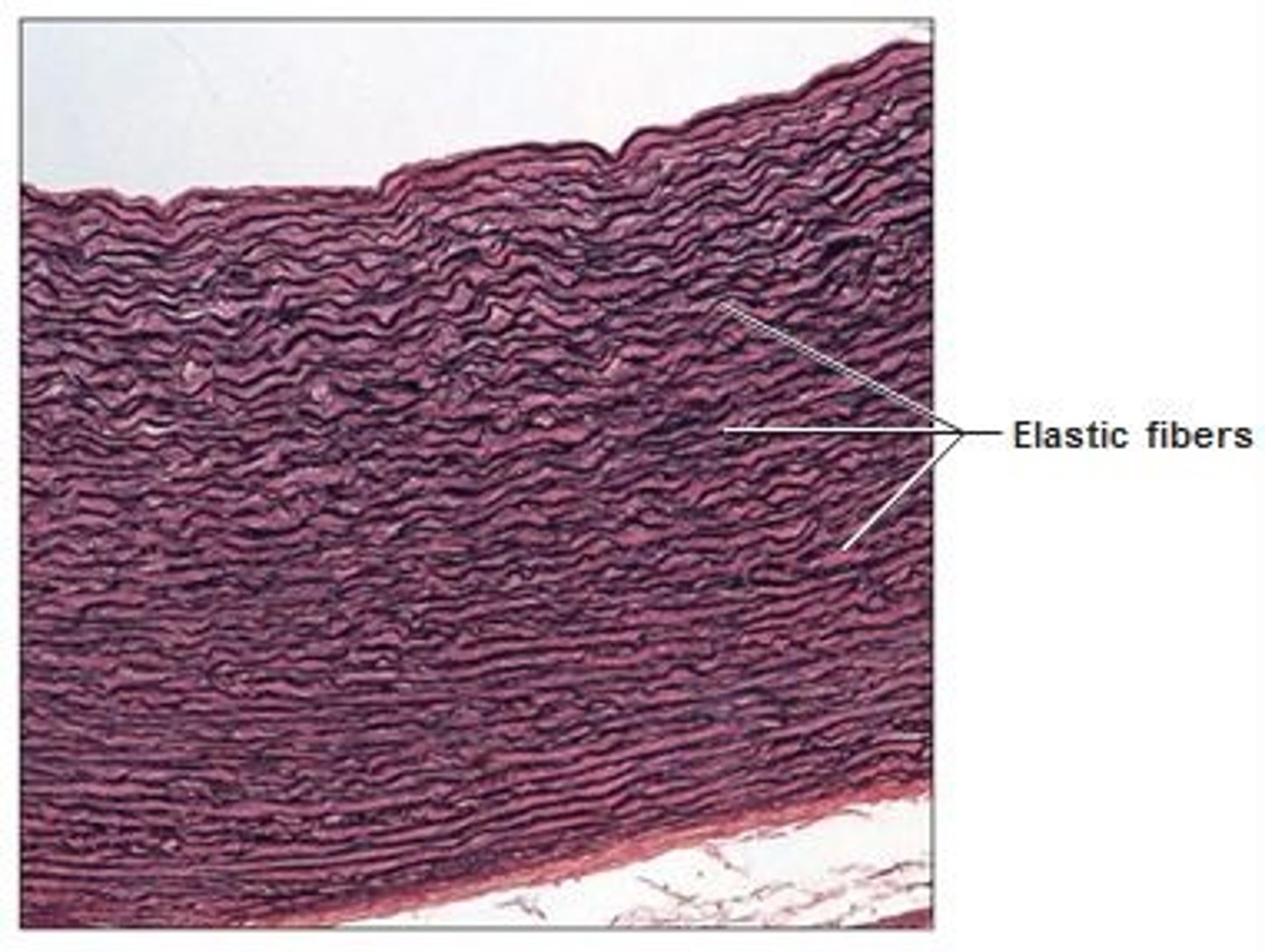
elastic connective tissue (function)
allows recoil of tissue following stretching; maintains pulsatile flow of blood through arteries; aids passive recoil of lungs following inspiration
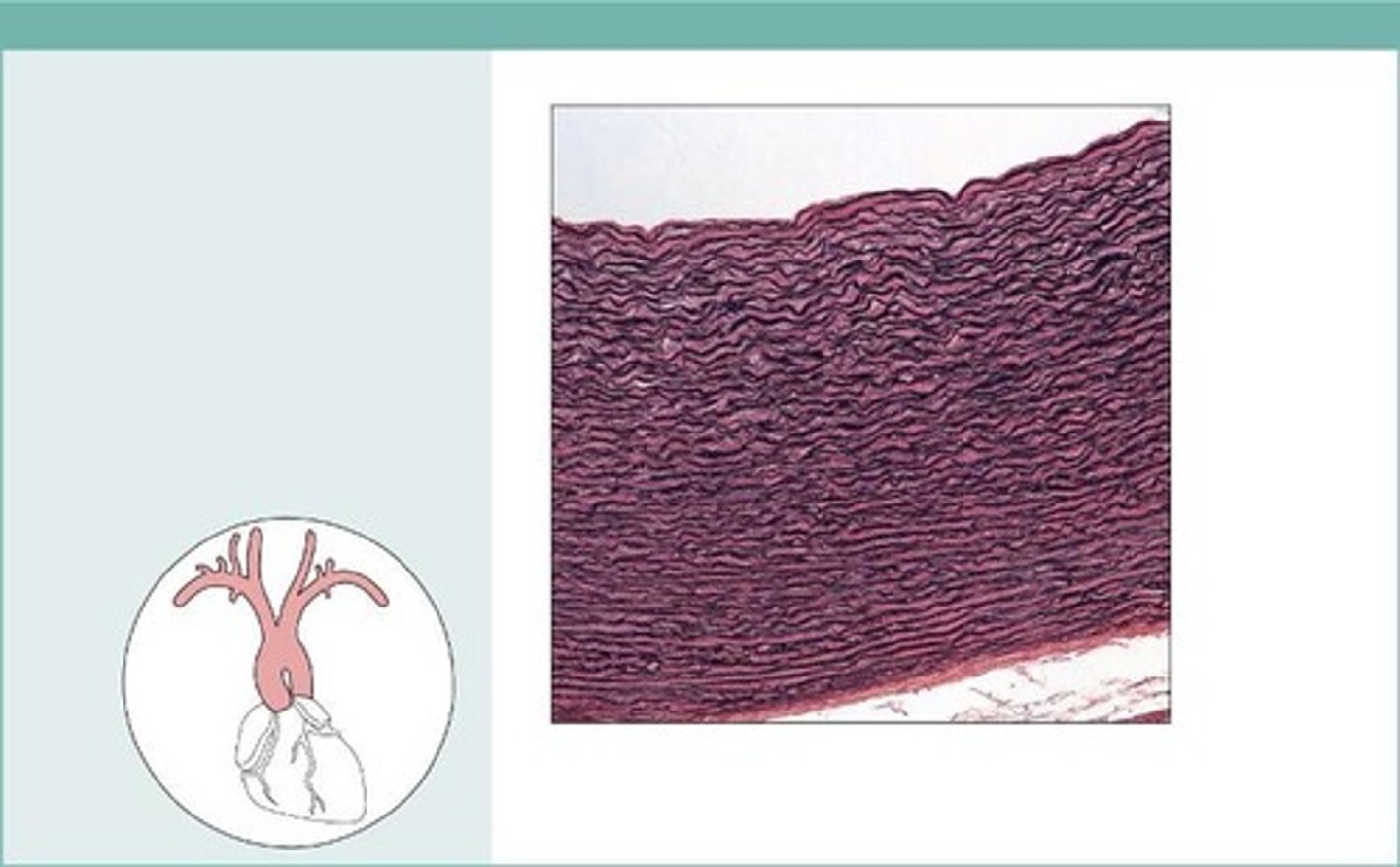
elastic connective tissue (location)
walls of large arteries; within certain ligaments associated with the vertebral column; within the walls of the bronchial tubes
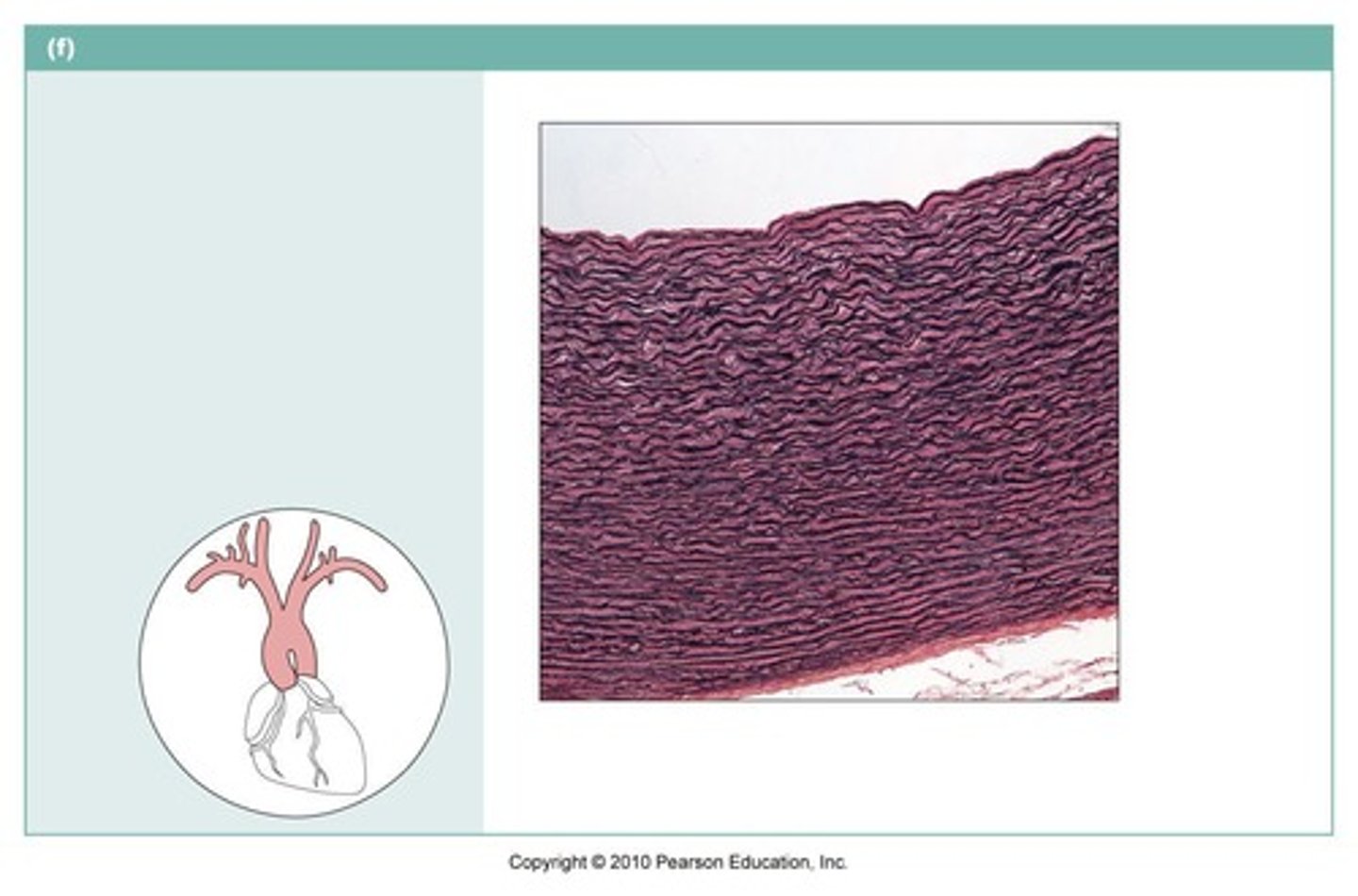
dense irregular connective tissue (description)
primarily irregularly arranged collagen fibers; some elastic fibers; major cell type is the fibroblast
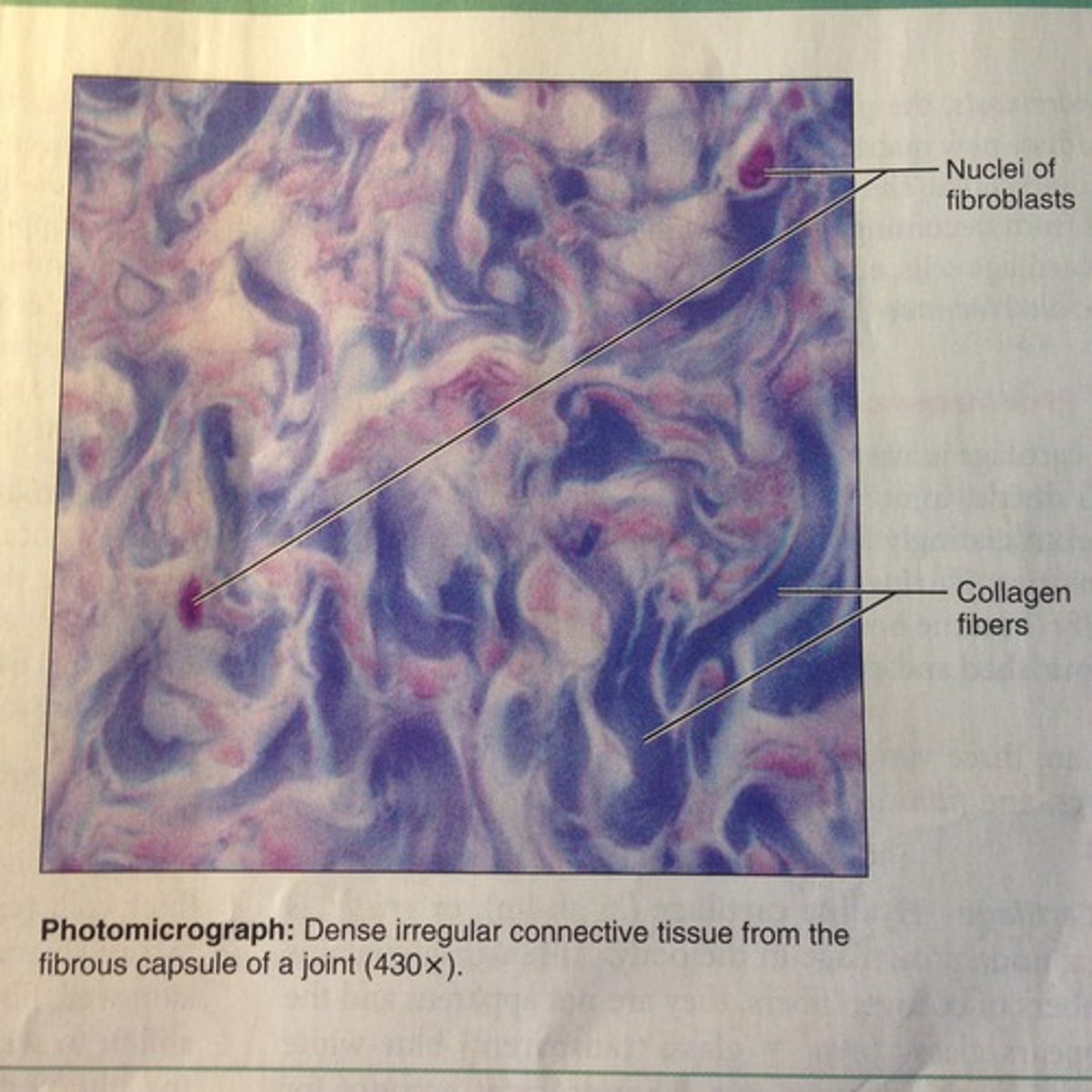
dense irregular connective tissue (function)
able to withstand tension exerted in many directions; provides structural strength
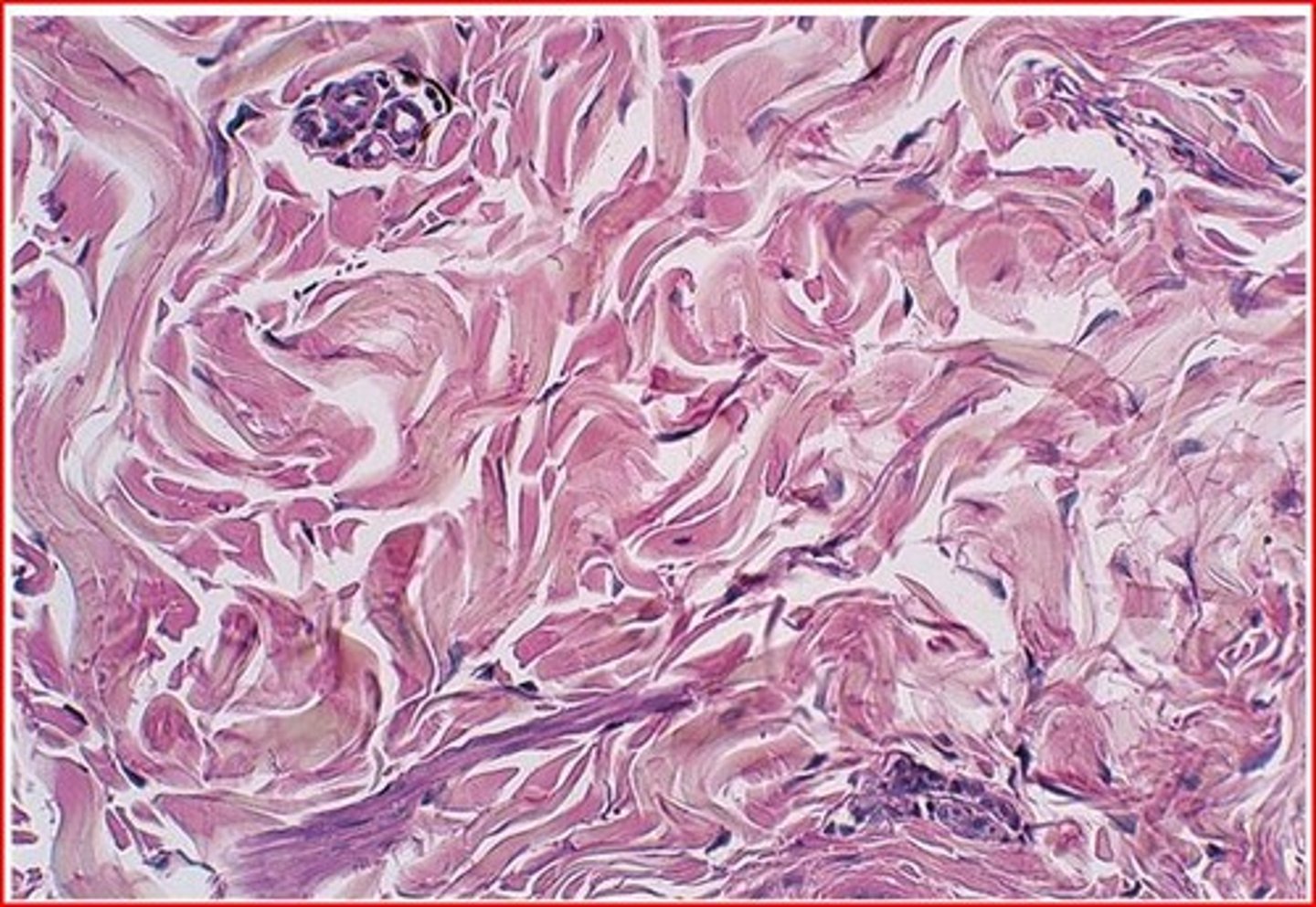
dense irregular connective tissue (location)
fibrous capsules of organs and of joints; dermis of the skin; submucosa of digestive tract
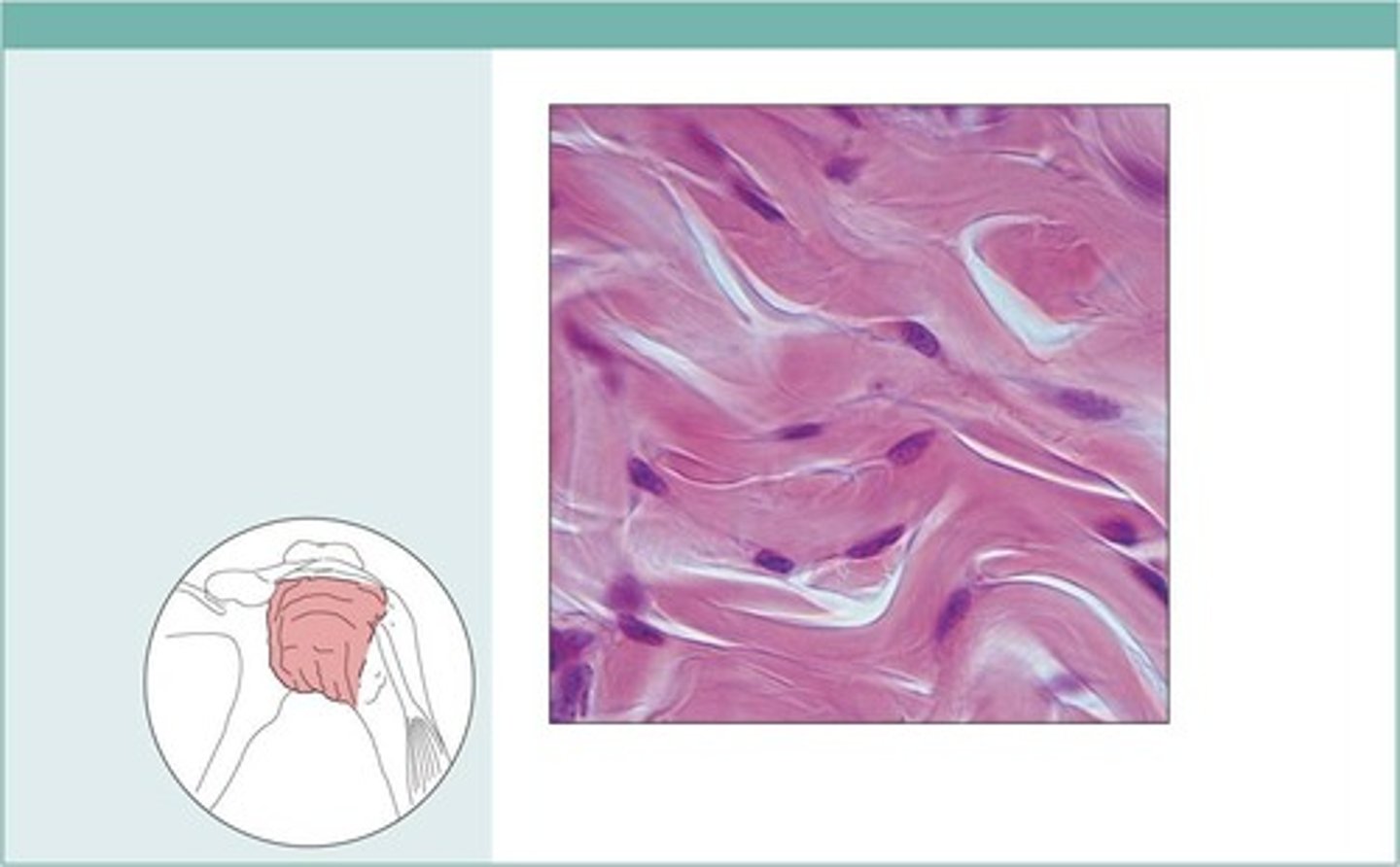
Cartilage: Hyaline (description)
Amorphous but firm matrix; collagen fibers form an imperceptible network; chondroblasts produce the matrix and, when mature, lie in lacunae.
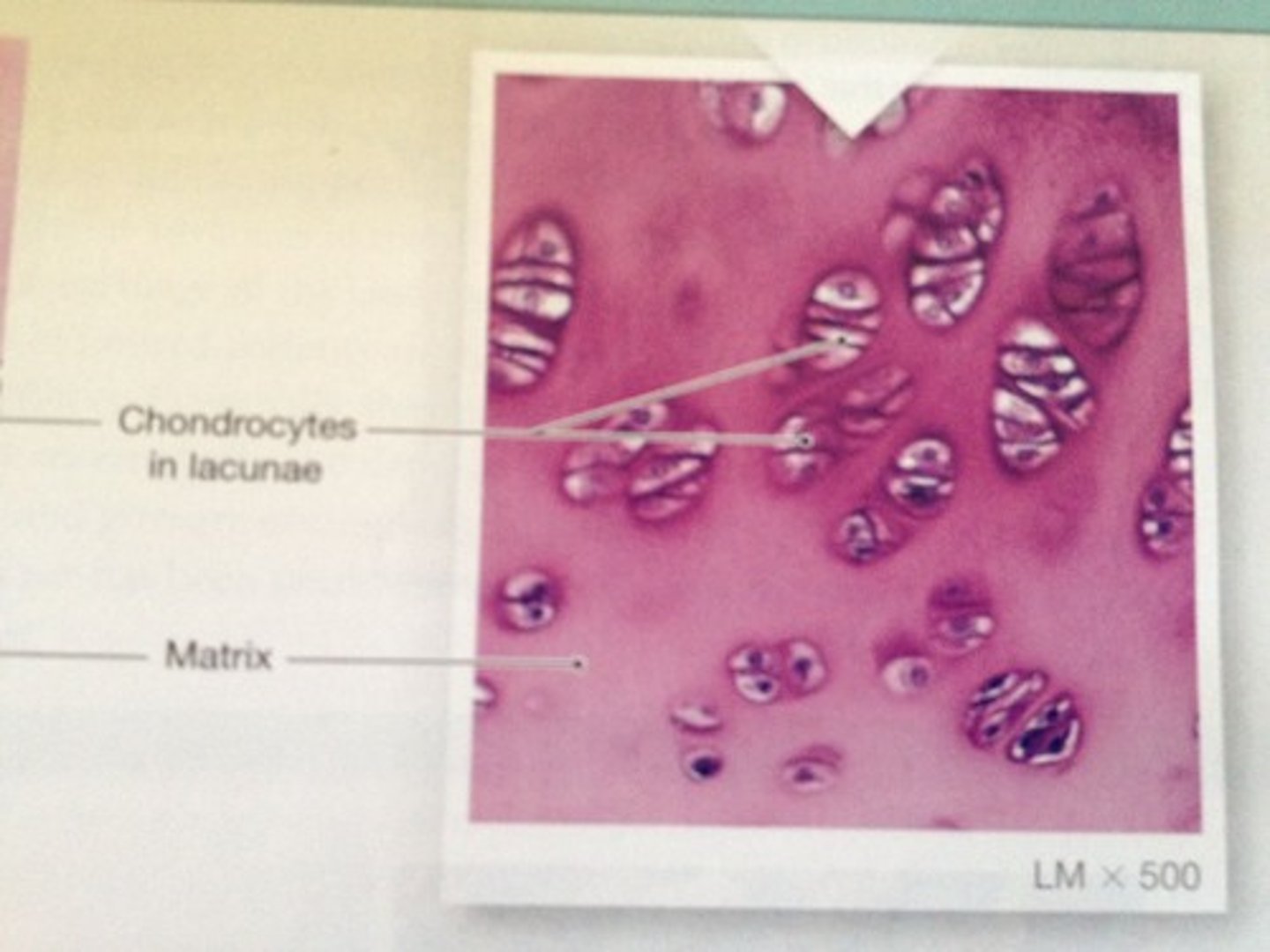
Cartilage: Hyaline (function)
supports and reinforces; has resilient cushioning properties; resists compressive stress
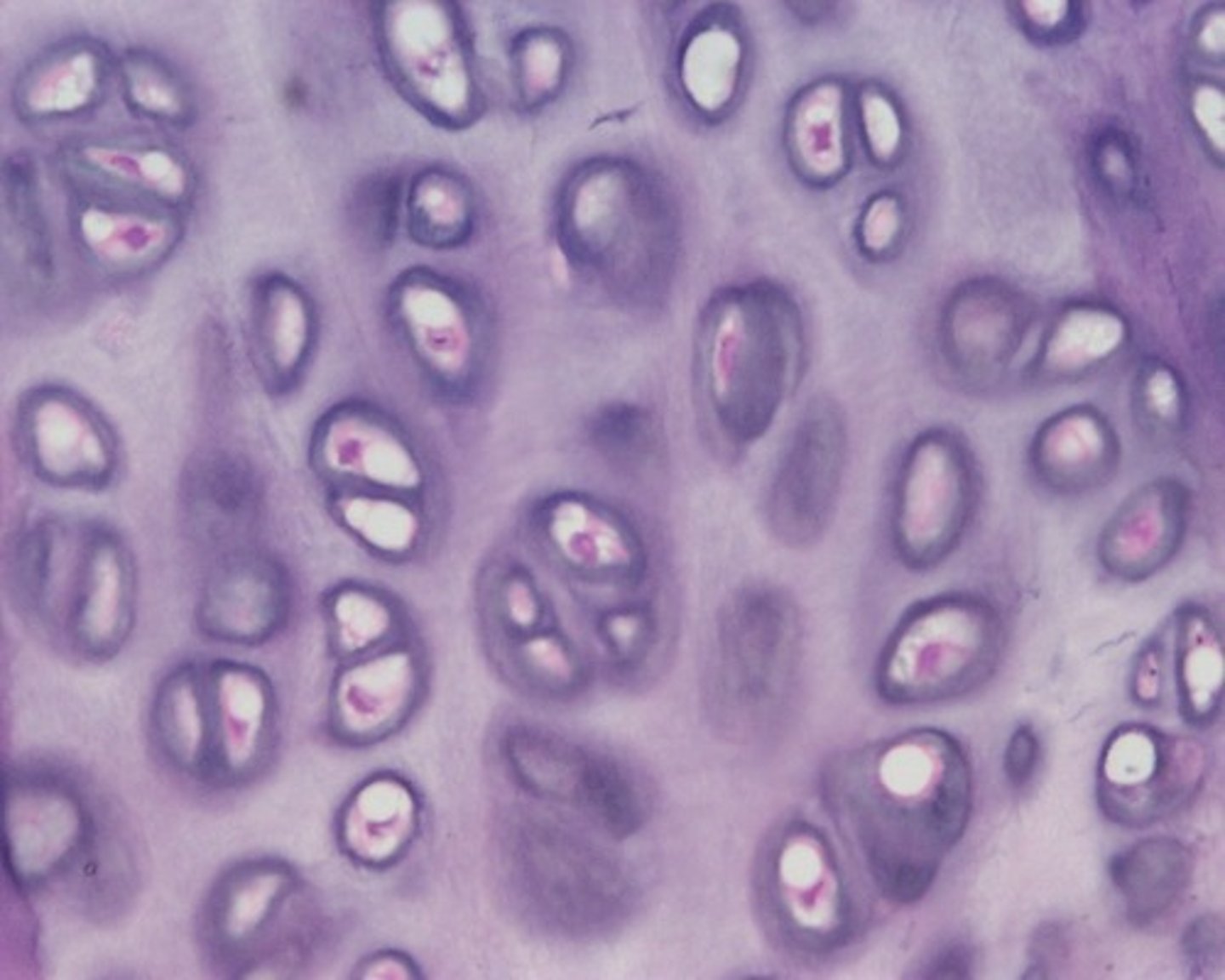
Cartilage: Hyaline (location)
forms most of the embryonic skeleton; covers the ends of long bones in joint cavities; forms costal cartilages of the ribs; cartilages of the nose, trachea, and larynx

Cartilage: elastic (description)
similar to hyaline cartilage, but more elastic fibers in matrix
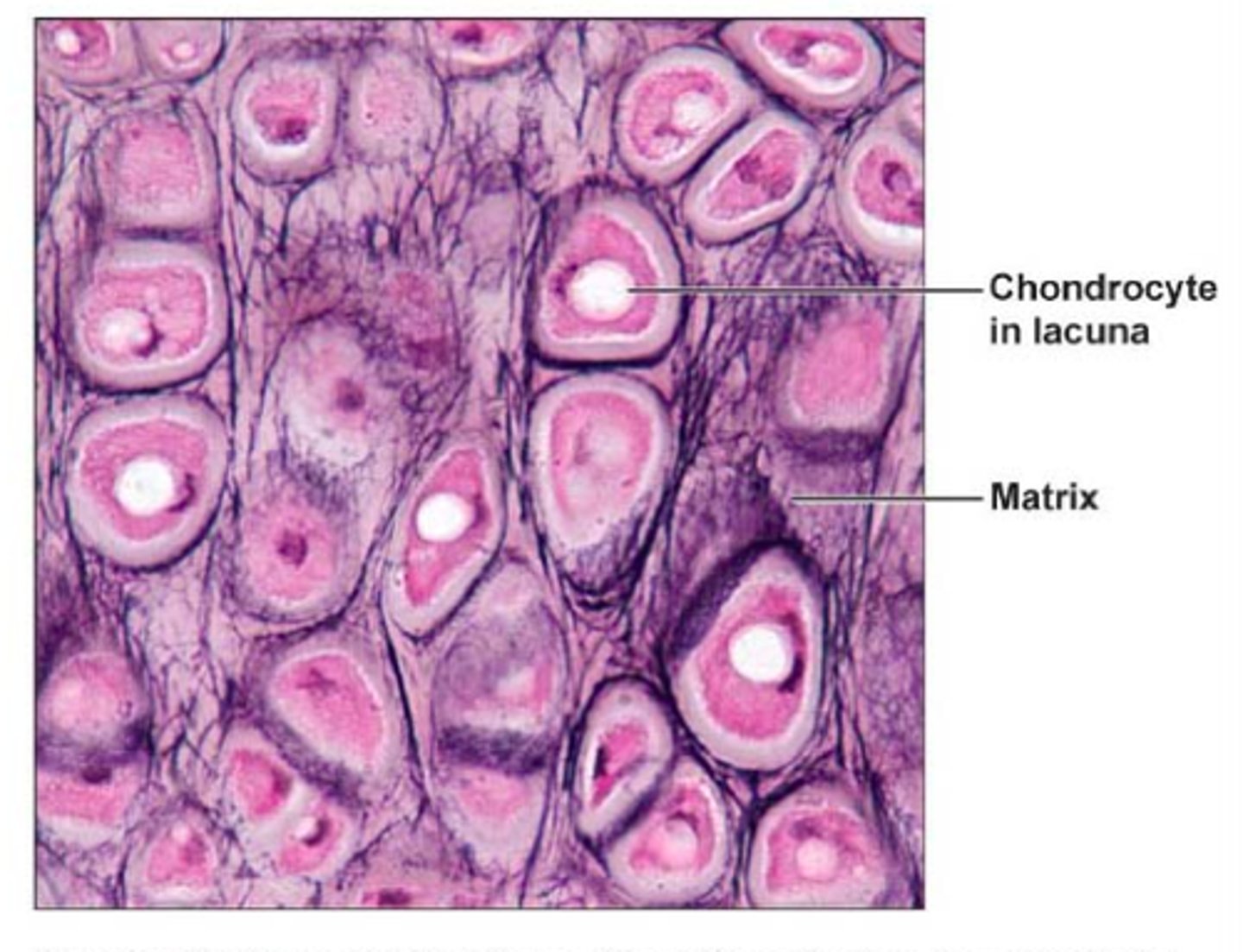
Cartilage: elastic (function)
maintains the shape of a structure while allowing great flexibility

Cartilage: elastic (location)
supports the external ear (pinna); epiglottis
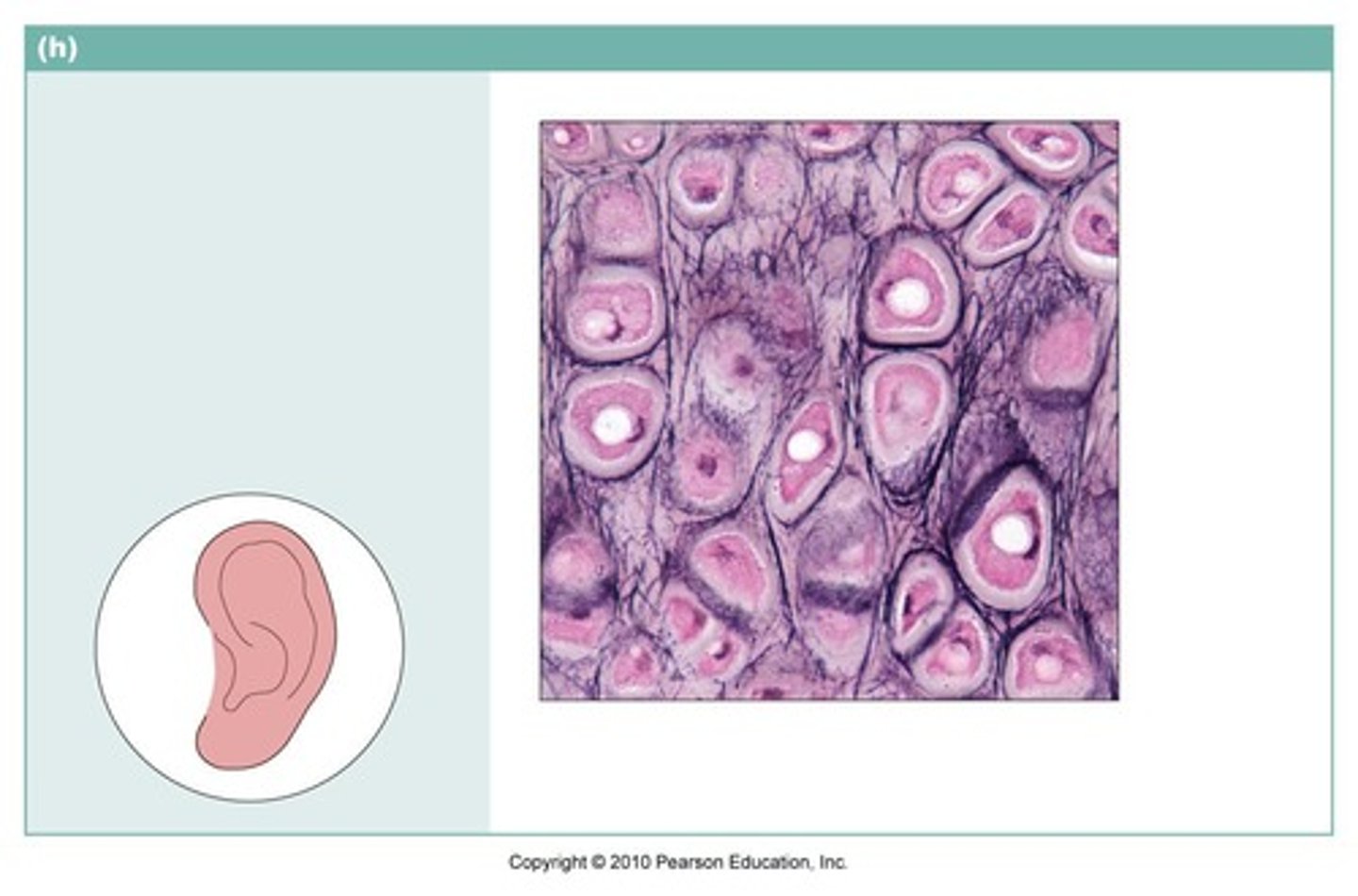
Cartilage: fibrocartilage (description)
Matrix similar to but less firm than matrix in hyaline cartilage, thick collagen fibers predominate.

Cartilage: fibrocartilage (function)
tensile strength with the ability to absorb compressive shock
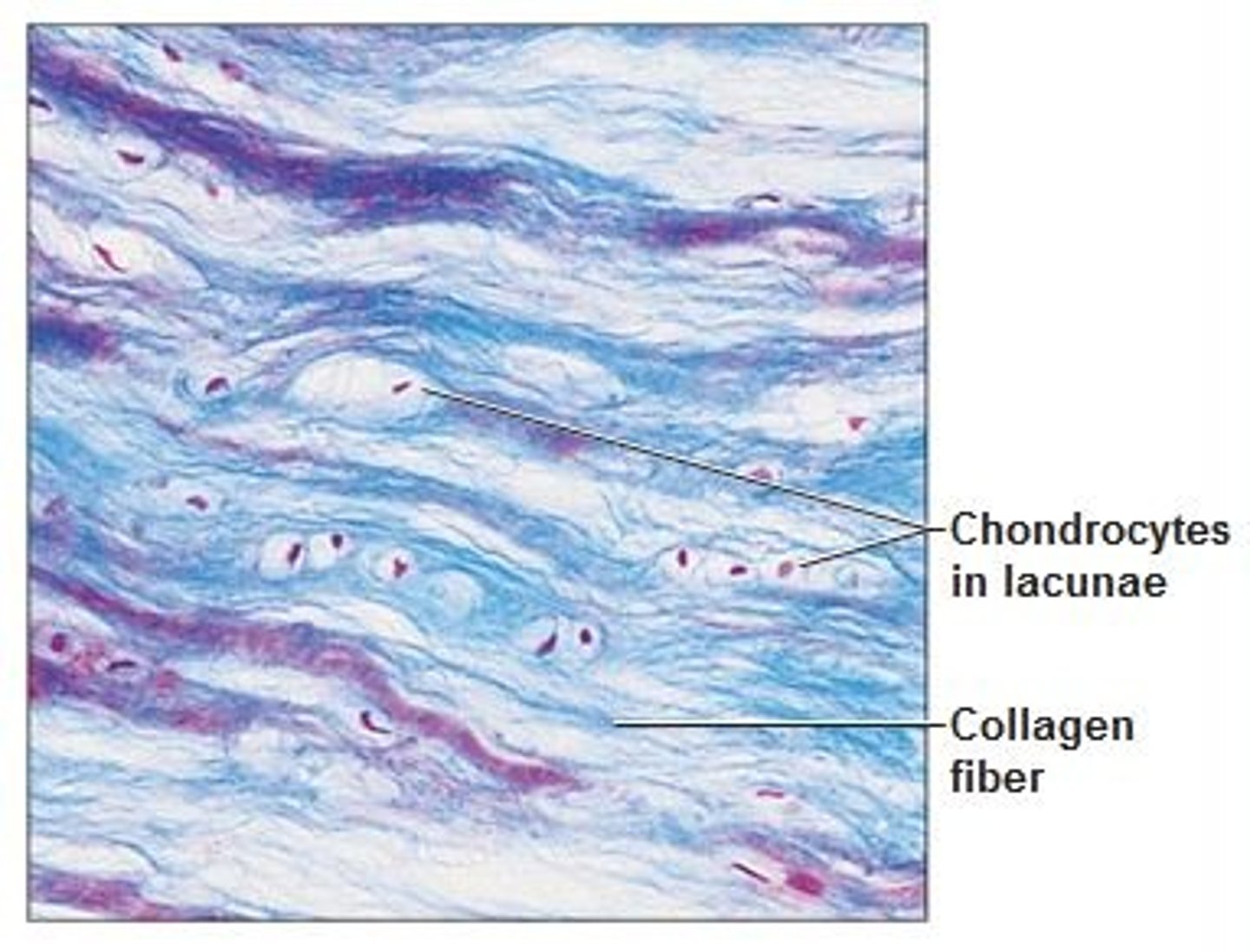
Cartilage: fibrocartilage (location)
intervertebral discs, pubic symphysis, discs of knee joint
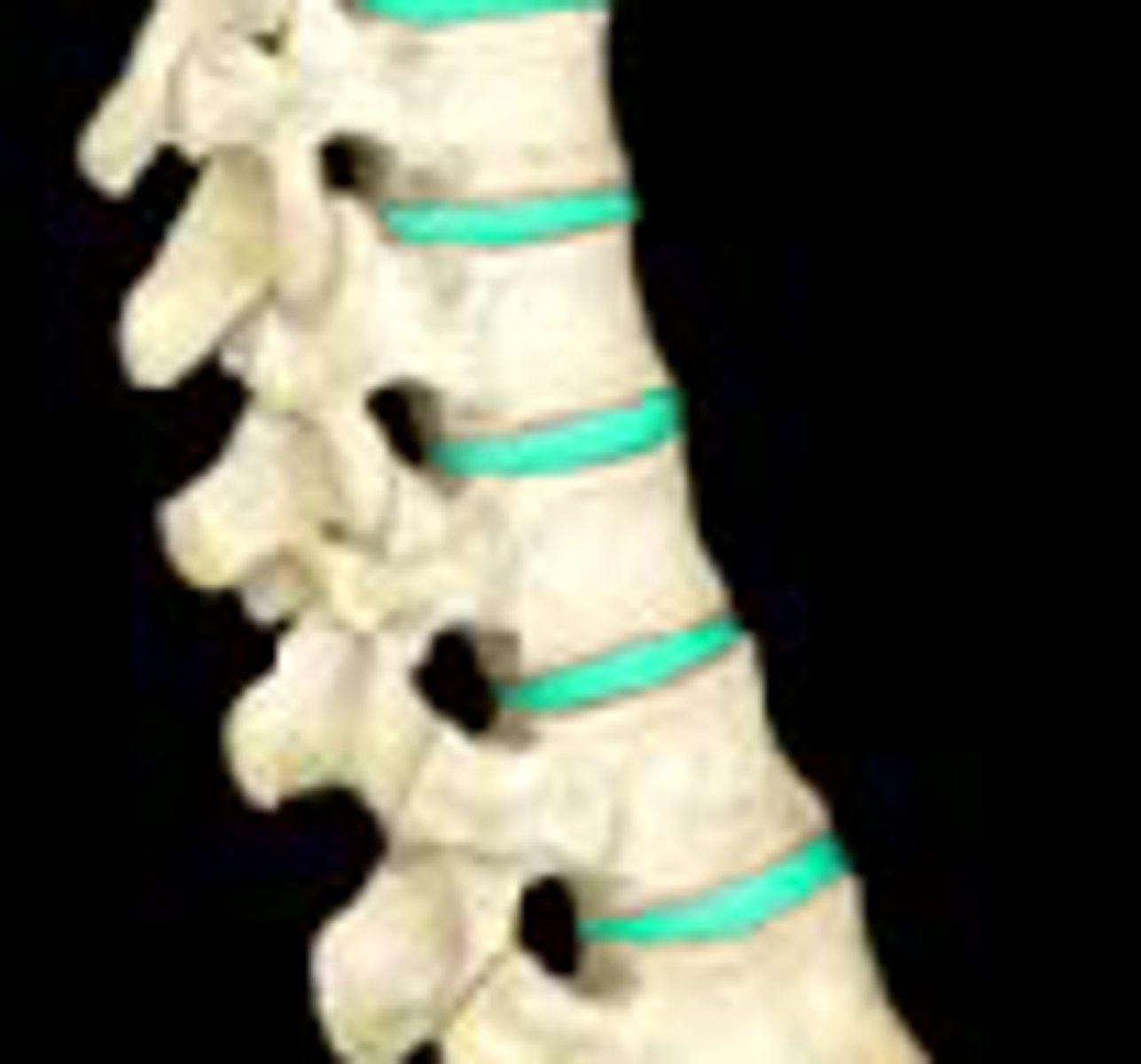
Bones/osseous tissue (description)
Hard, calcified matrix containing many collagen fibers; osteocytes lie in lacunae. Very well vascularized.
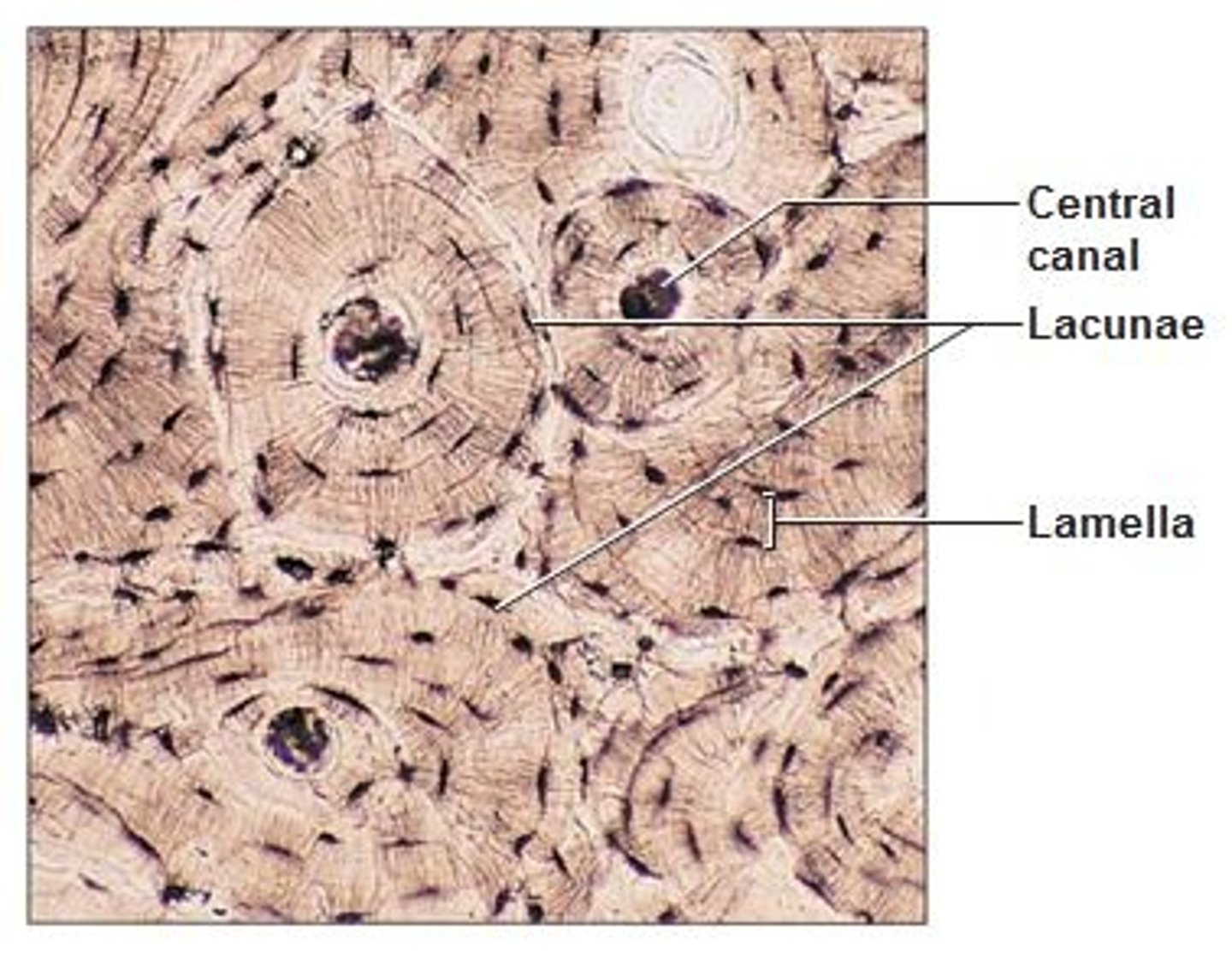
Bones/osseous tissue (function)
Bone supports and protects; provides levers for the muscles to act on; stores calcium and other minerals and fat; marrow inside bones is the site for blood cell formation.

Bones/osseous tissue (location)
bones
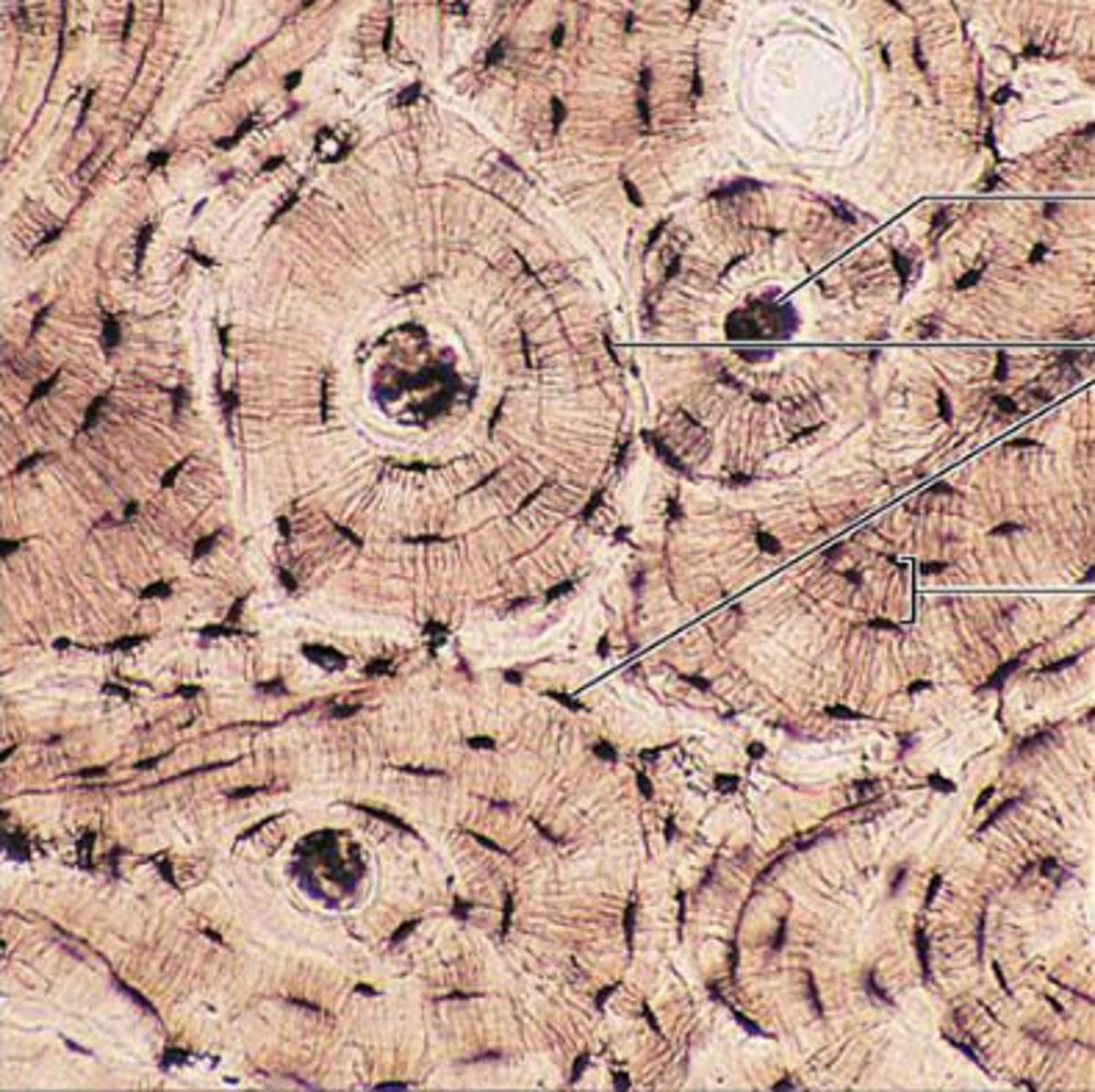
comparison of classes of connective tissues
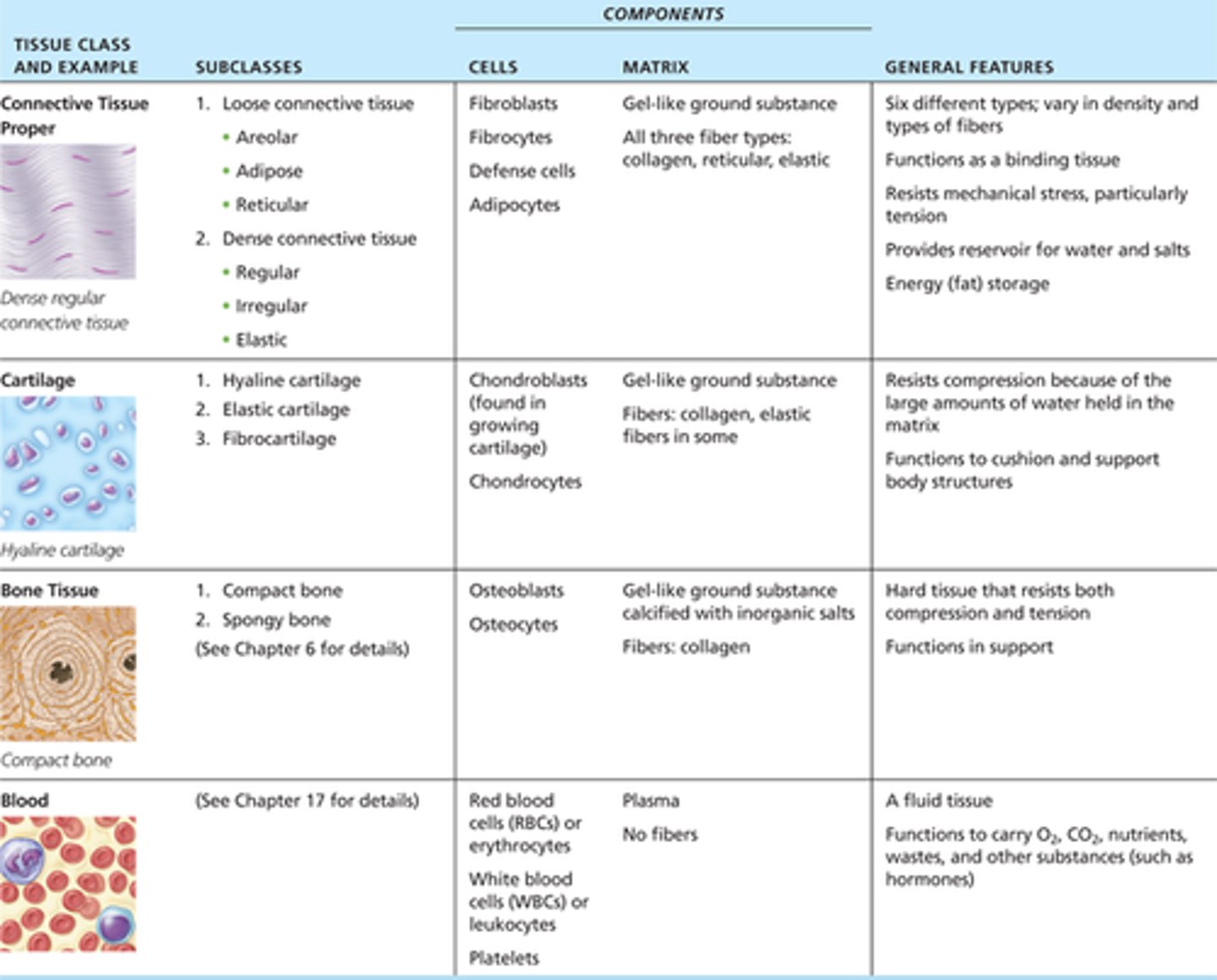
types of multicellular exocrine glands
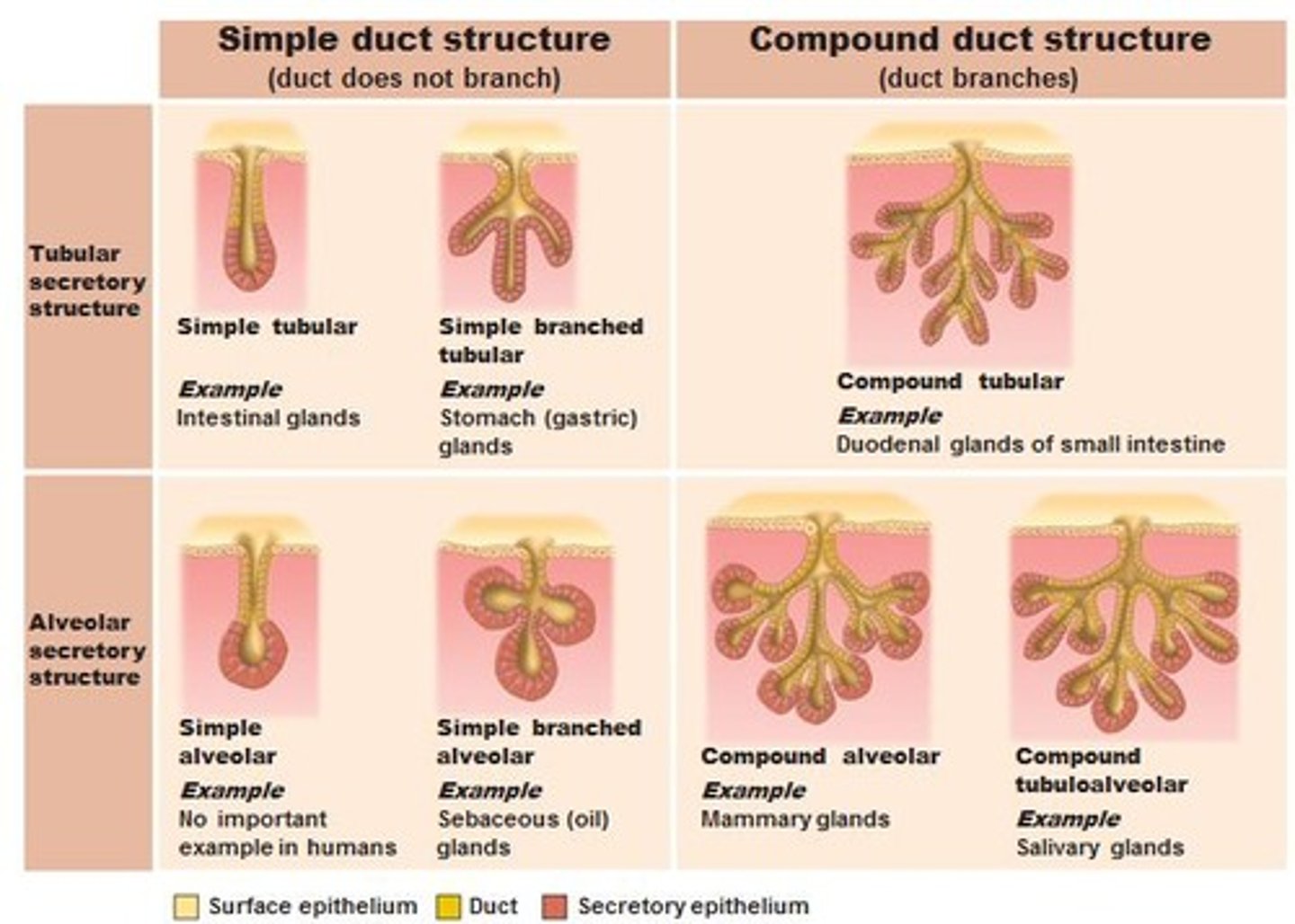
squamous cells
flattened and scale-like
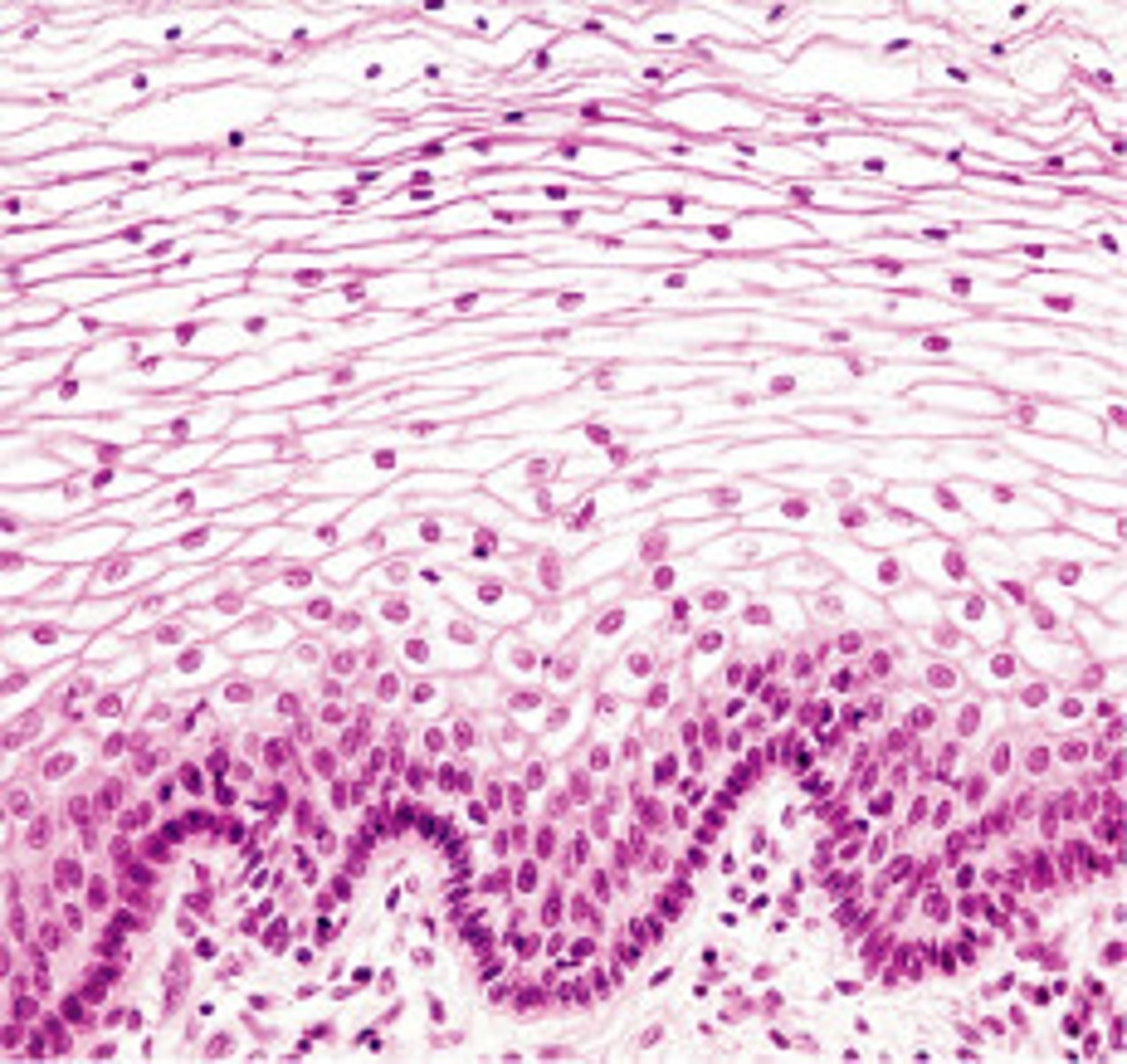
cuboidal cells
cube shaped cells

columnar cells
tall and column shaped cells
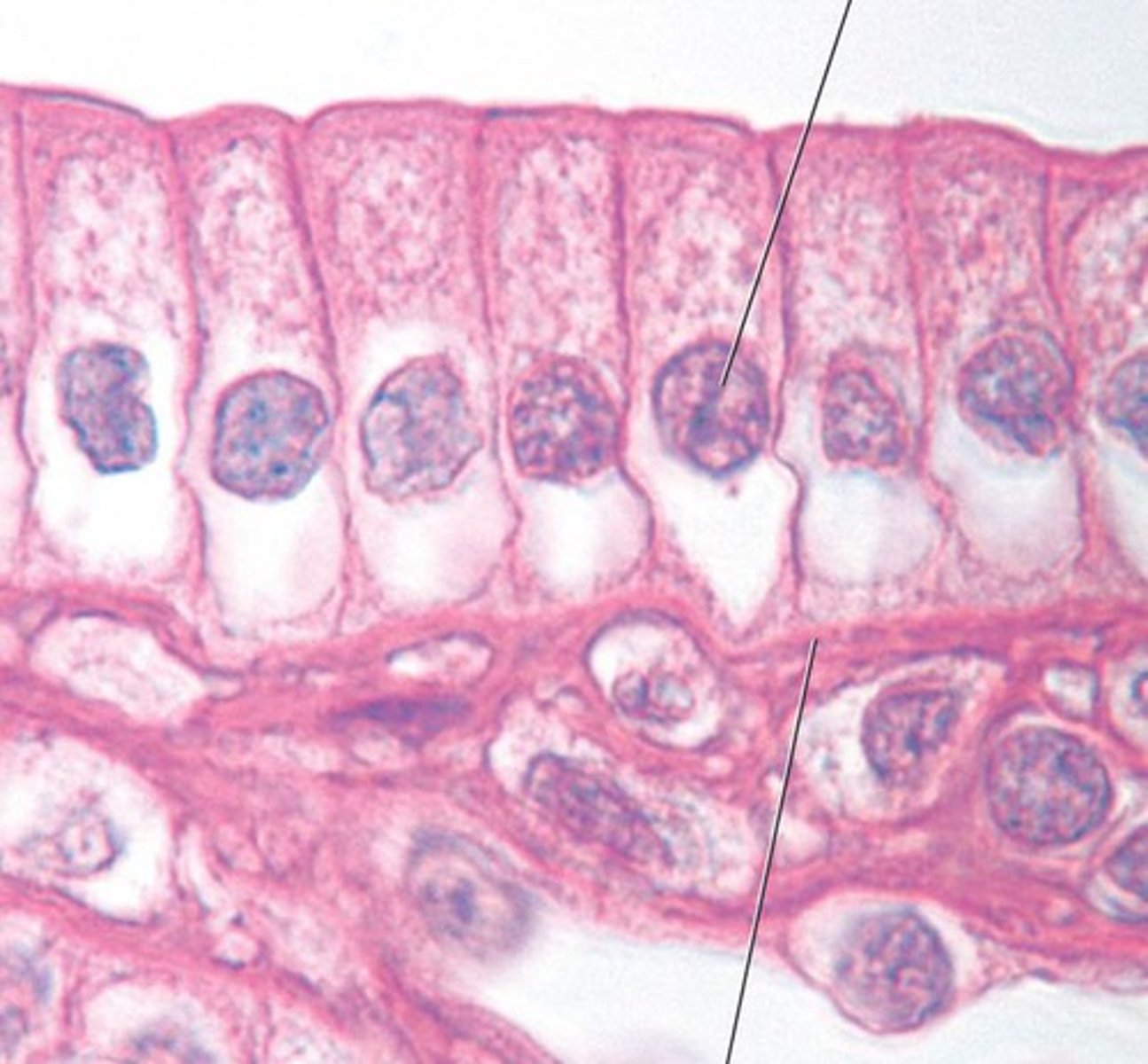
simple
one layer of cells

stratified
more than one layer of cells
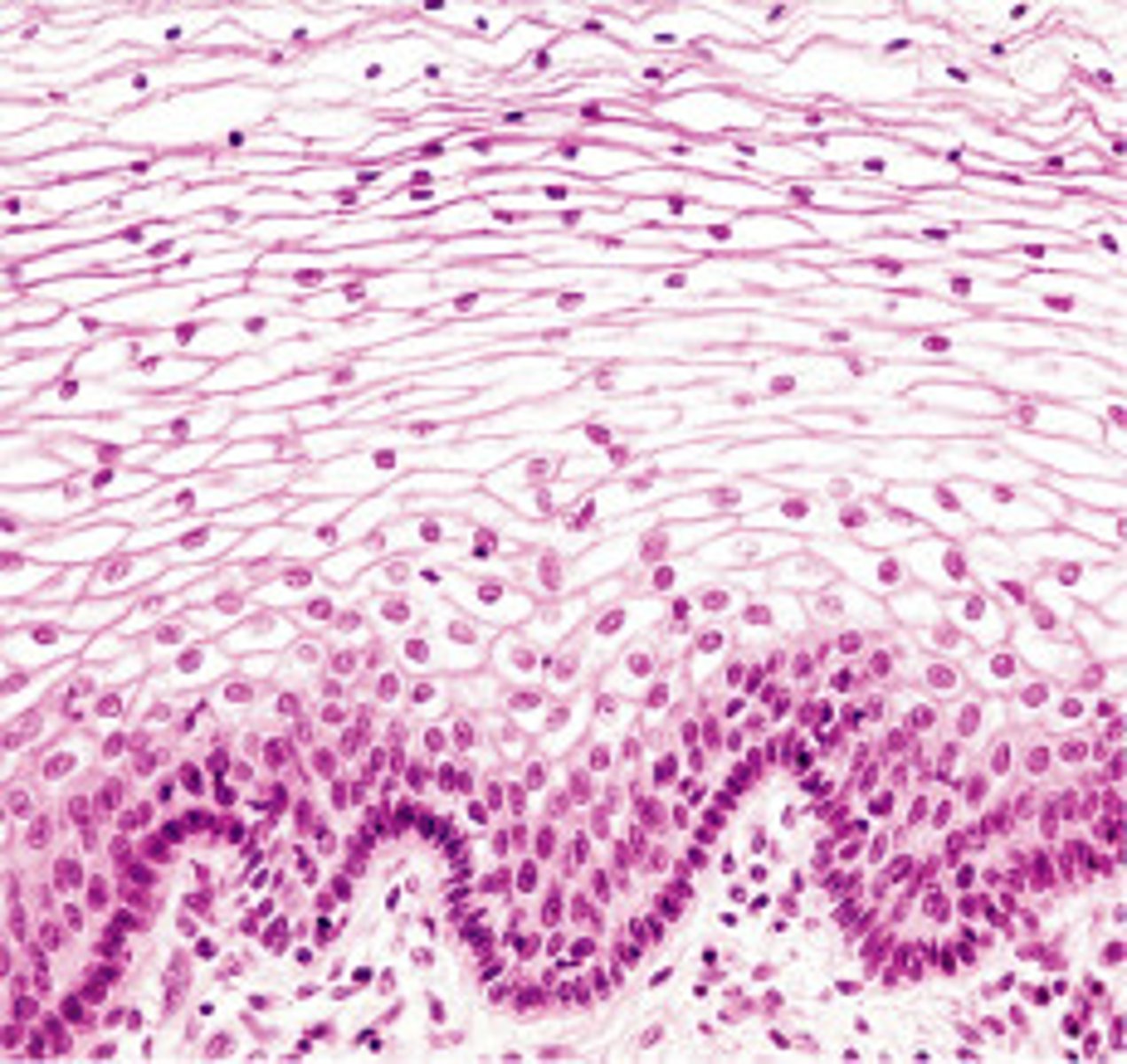
5 characteristics of epithelial cells
1. polarity
2. specialized contacts
3. supported by connective tissue
4. avascular
5. regeneration

connective tissue common characteristics
Common origin, varying degrees of vascularity, and extracellular matrix
glandular epithelia
form glands that produce and secrete products needed by the body
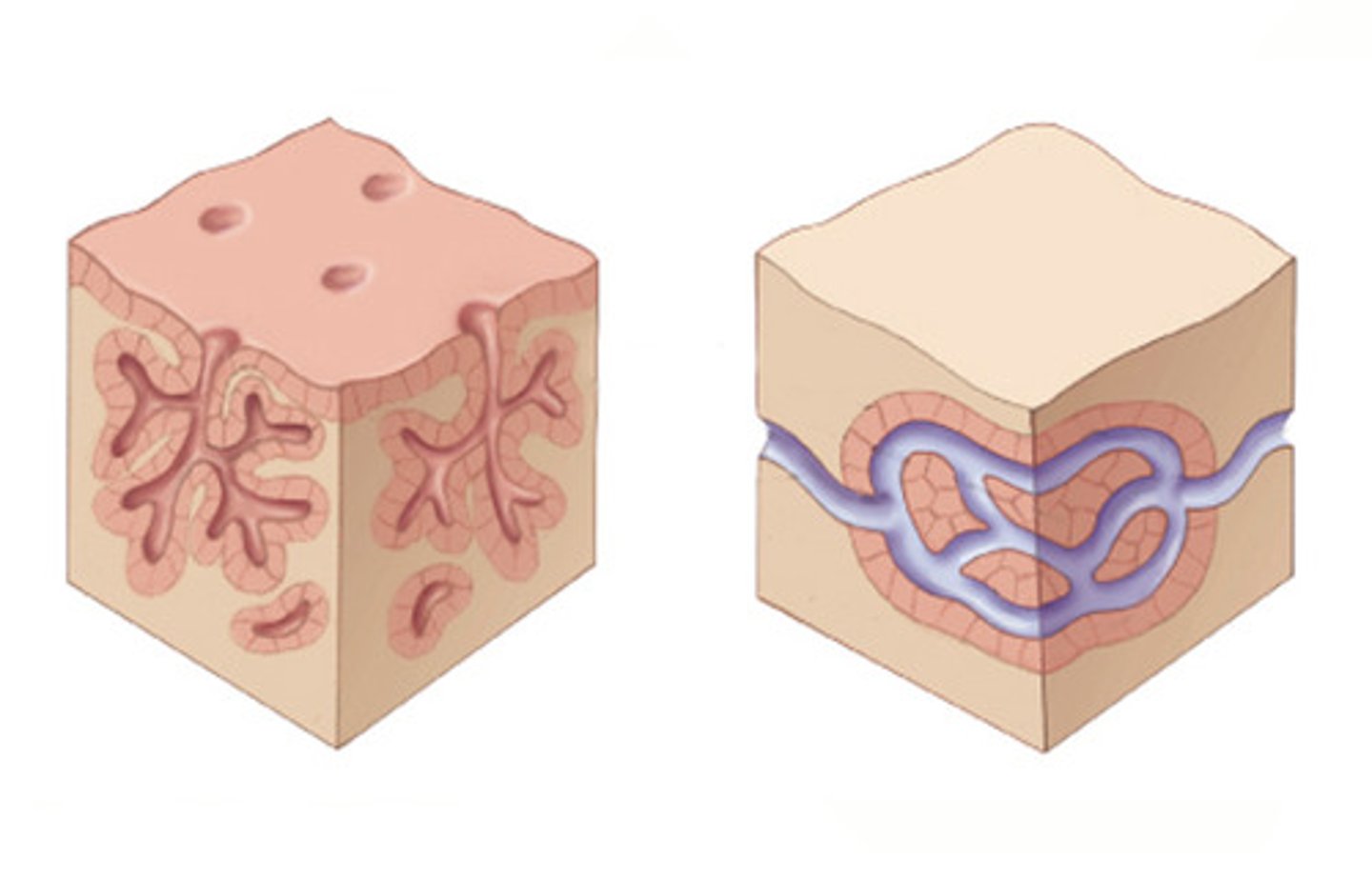
exocrine glands
secrete chemical substances into ducts that lead either to other organs or out of the body
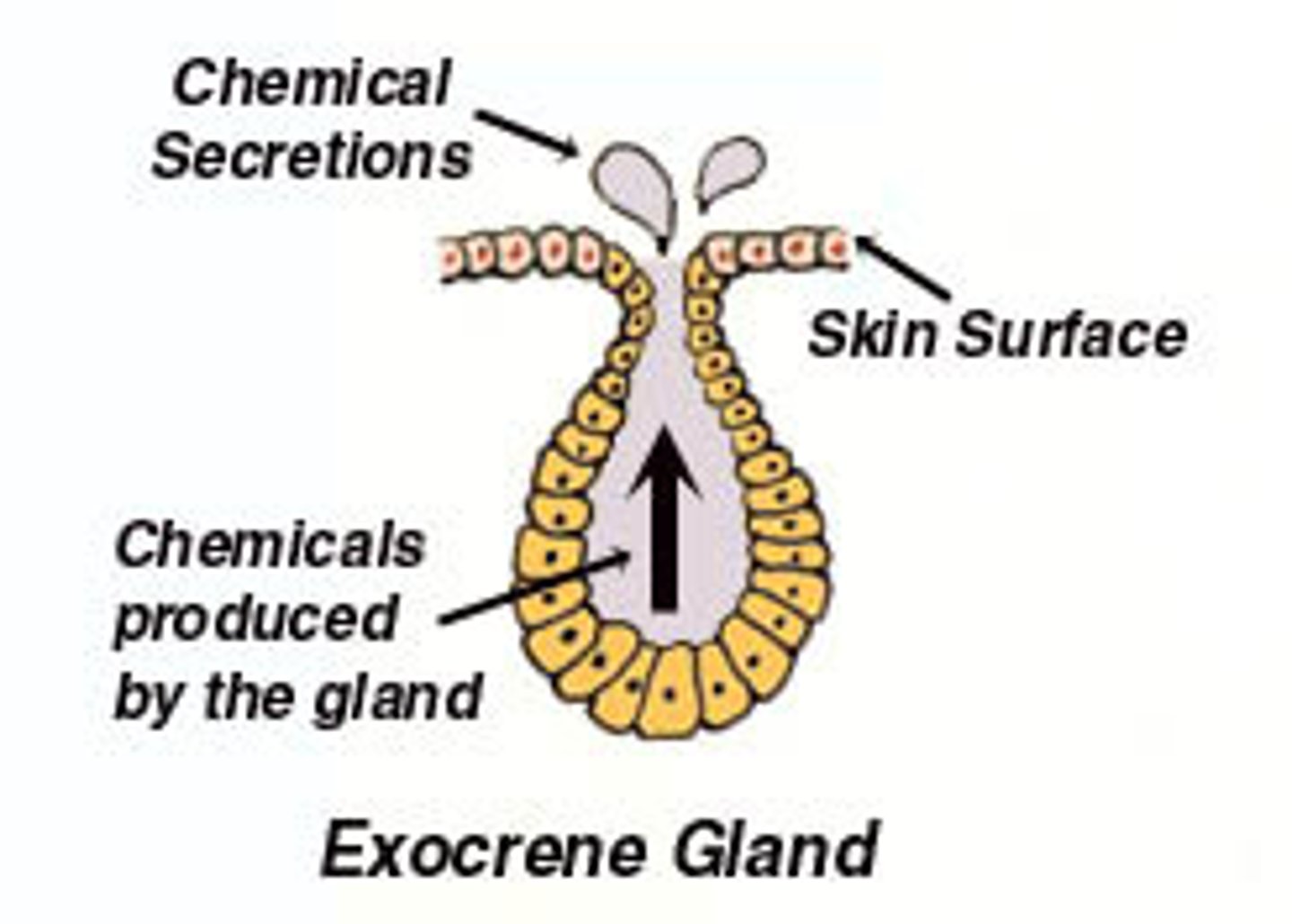
endocrine glands
Ductless glands that empty their hormonal products directly into the blood

structural classification (multicellular glands)
simple and compound glands/branched and unbranched
- secretory units= 1) tubular 2) alveolar 3) tubuloalveolar
Modes of secretion of exocrine glands
1. Merocrine
2. Apocrine
3. Holocrine
3 main components of connective tissue
ground substance, fibers, and cells